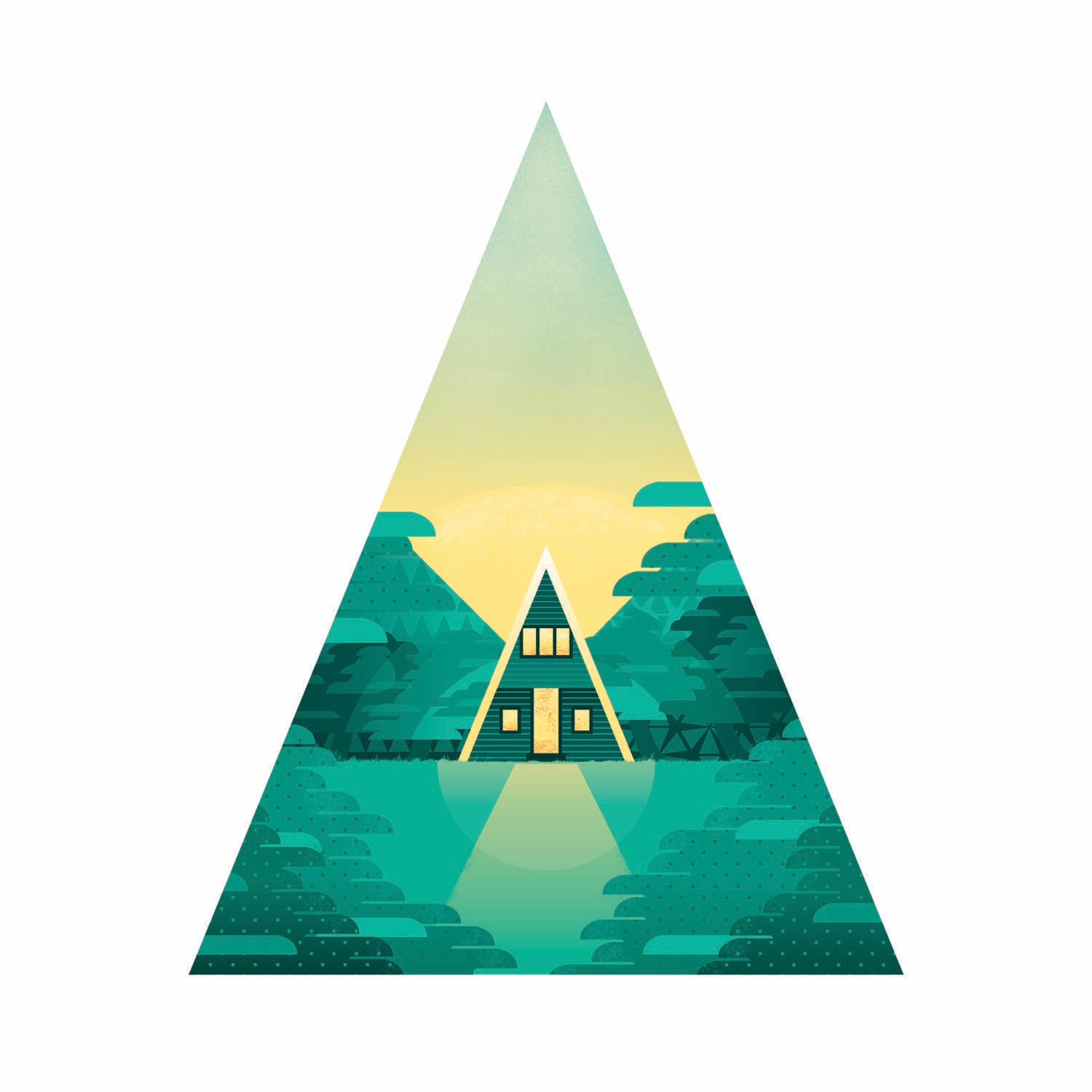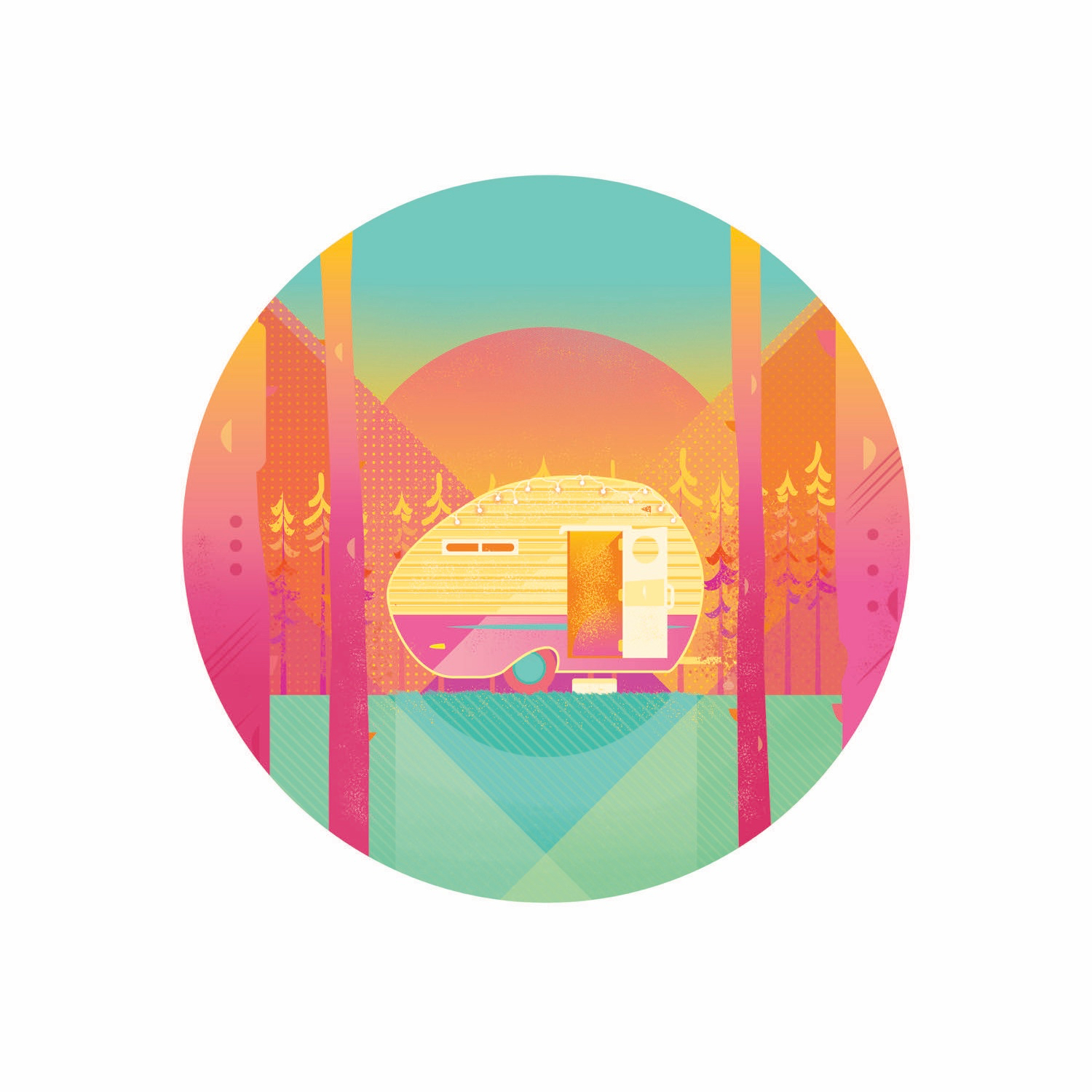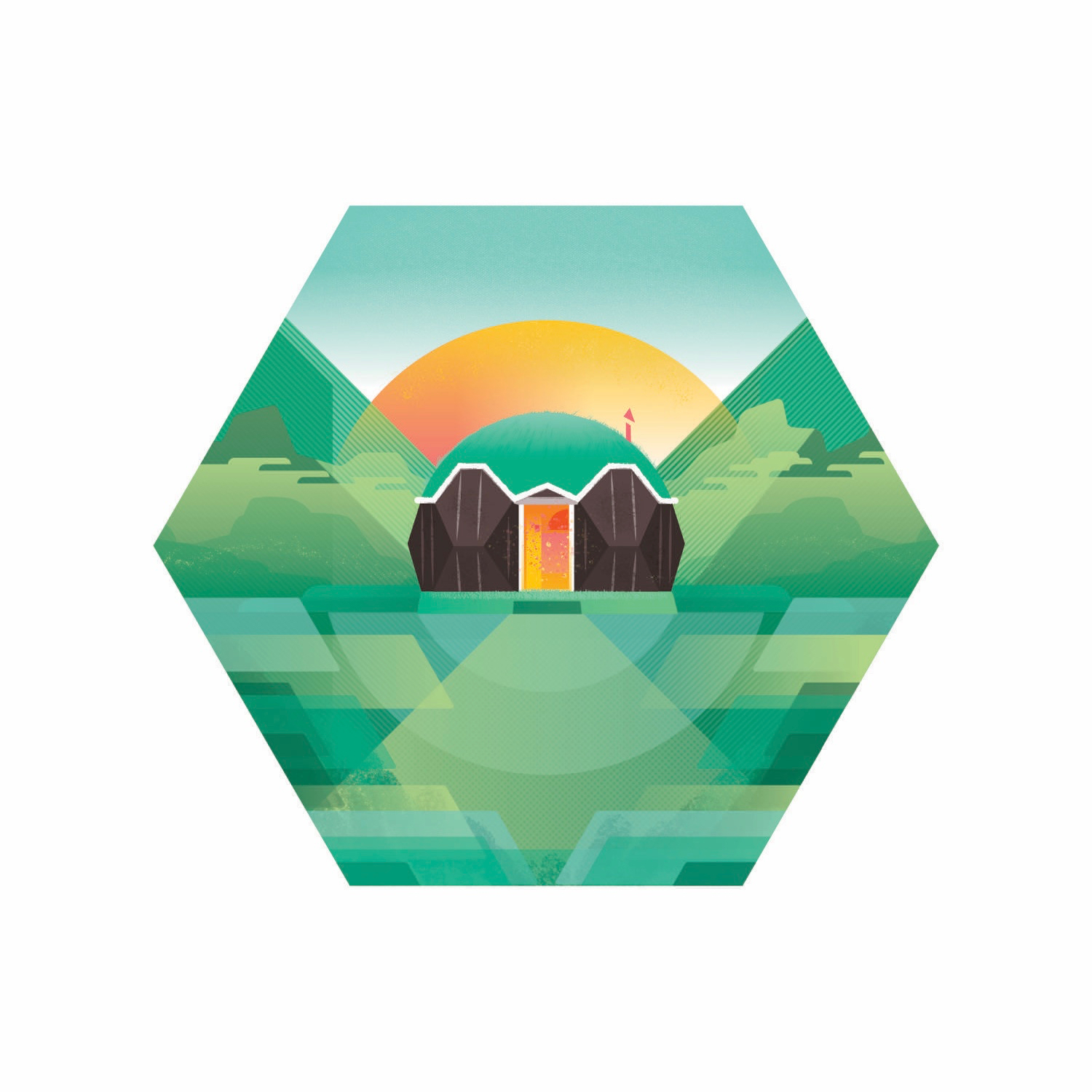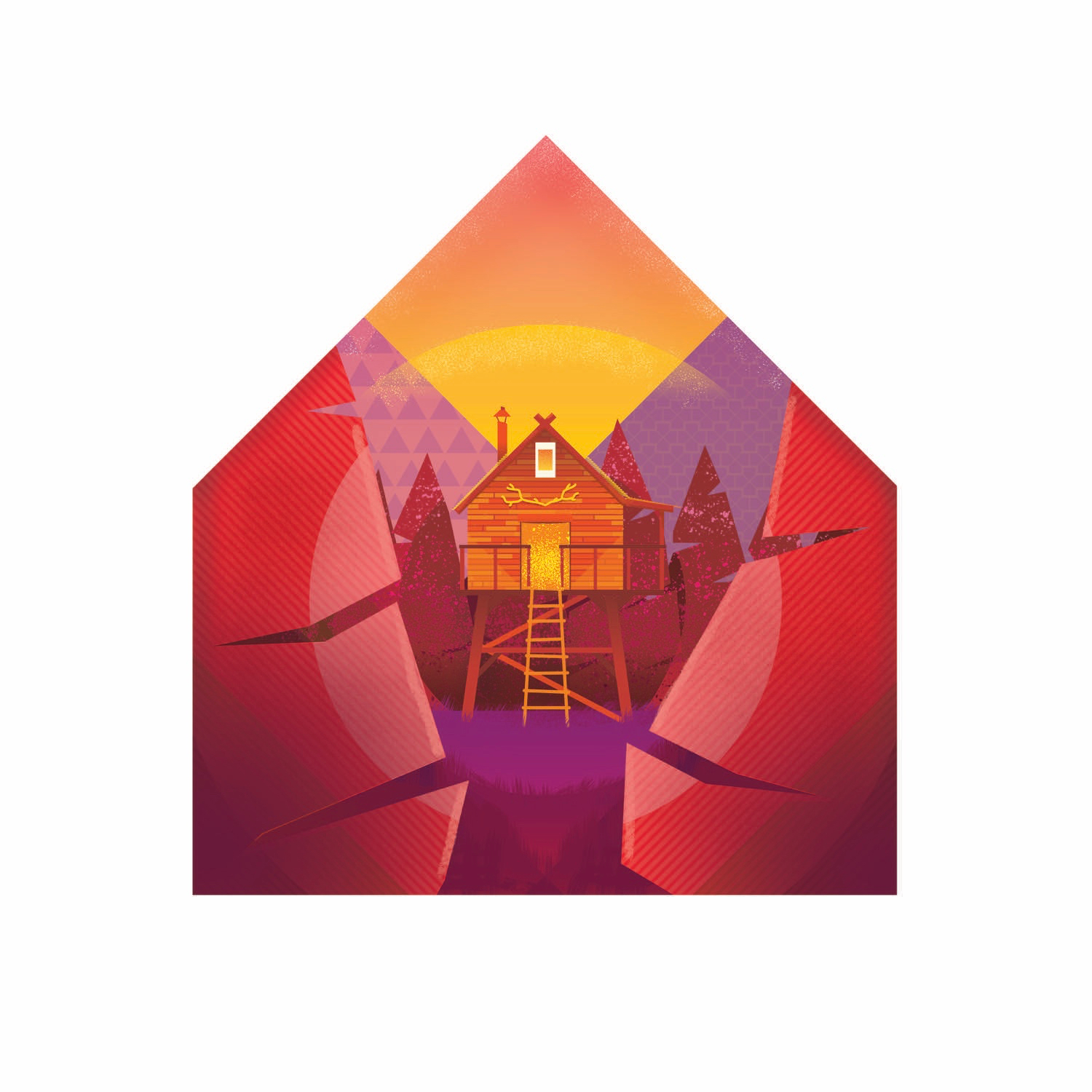
Inspirations
Explore the elevated life in the mountains. This content debuted in 2015 with Alpine Modern’s printed quarterly magazine project.
Best Airbnb in Hellerup, Denmark
While traveling through Scandinavia this summer we stayed at the perfect Airbnb in Hellerup, Denmark. It's about 20 minutes North of Copenhagen in a residential neighborhood and just steps to the beach. We were a bit hesitant to stay outside of the city but it turned out to be a great decision. The house was wonderful and even included a trampoline for our kids...which was a welcome activity after eighteen hours of travel! Jes is the owner and was the perfect host. You can view and book the home on Airbnb.
The featured picture above is of the dining room after our first dinner at the house. Notice the Arne Jacobsen wall clock? Love this place.
Introducing: Alpine Modern's Chef Ellory
After traveling the world for a year, our new executive chef brings Nordic-alpine flavors and tales from around the globe to the kitchen at Boulder’s Alpine Modern Café
Ellory Blair Abels jumped into the food industry at the age of fifteen, when she began working in restaurants. After studying her passion at The Culinary Institute of America (CIA) in New York City, she accepted her first position with a catering company in a holistic retreat center in Upstate New York. With expanding industry experience, however, came the feeling something was missing. So the Houston, Texas native, who grew up in Atlanta, Georgia, packed her bags and traveled to expand her horizon—and her palate. Through this journey, her philosophy about food, life, and the kind of person she aspired to be has evolved. Immersing herself in different ways of life and seeing different countries has opened her eyes to a whole new vision of food as a celebration of life and culture.
Upon returning, she started afresh in San Francisco, where she found her cooking match: Ellory joined the lovely Lisa Chatham in her personal cheffing business, which together they expanded into the catering company Green Heart Foods. Over the course of four years, the business grew from two people to fifty employees and a café. With two production kitchens and another in the making, helping to build Green Heart Foods was a life-changing experience for the young culinary talent.
Then, in 2015, Ellory made one of the hardest decisions she’s ever made—to leave behind what she knew in San Francisco and explore the unknown. Going after a lifelong dream, she once again packed her bags; this time not knowing when she would return. She bought a one-way ticket to Peru and traveled to eight different countries in one year.
Ellory has recently returned to the United States to begin her next adventure in Colorado, where she says she is “beyond excited to join the amazing family of Alpine Modern.” Now she can’t wait to share what she has learned and seen over the past year through her food at the Alpine Modern Café in Boulder.
A conversation with Alpine Modern Executive Chef Ellory Abels
AM Who are you, in a nutshell?
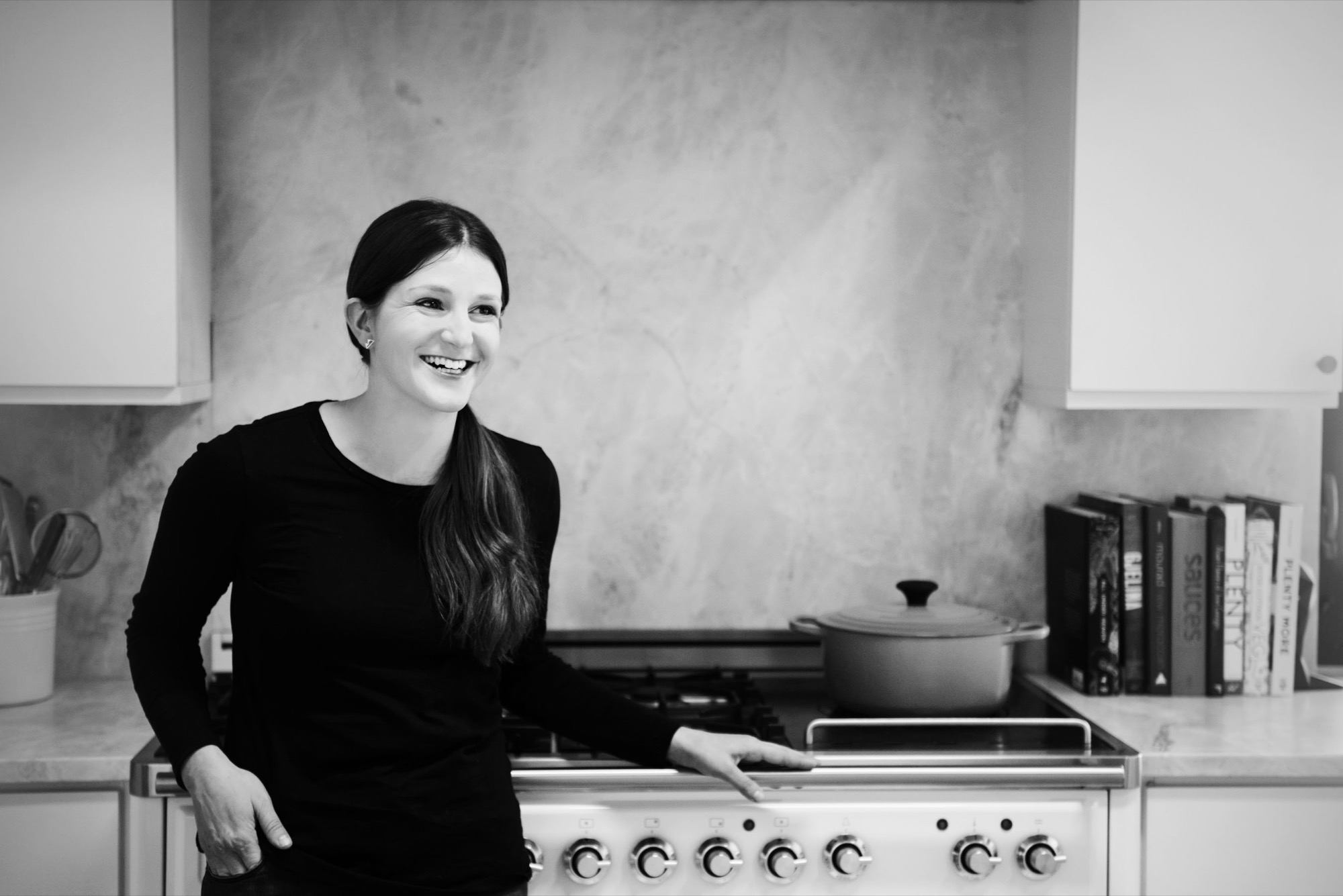
EA I am an opportunist. I’m always looking for ways to push the boundaries. I don’t like to live my life within the lines. I make my own rules and love to take risks. I am very curious and like to explore the questions of life. Besides that, I strive to live a simple life that’s not overly complicated. I take pride in surrounding myself with people I love and sharing memorable experiences with them.
AM Along your path, what experiences and encounters have made you who you are today?
EA Traveling! I have been lucky enough to have been able to travel pretty intensely from a very young age. Last year, I took a huge leap to leave the home I’ve made in San Francisco and explore the unknown. I decided to fulfill a lifelong dream of mine and travel longterm. I bought a one-way ticket to South America, with no plans other than to see all of the beauty the world has to offer. I explored eight different countries, two continents, and seven states in one year, collecting friends, stories, spices, and culinary techniques from every corner of the world.
It was the single most inspiring, eye-opening experience of my life and has shaped me as a person and as a chef. Traveling has definitely been my biggest teacher in life. The more I explore, the more my senses are awakened, and the more alive I feel.
“I explored eight different countries, two continents, and seven states in one year, collecting friends, stories, spices, and culinary techniques from every corner of the world.”
AM Share some of your childhood memories of food.
EA I grew up in a Jewish household where food was always the center of the event. My parents were amazing at exposing me to different ethnic foods from a very young age. Some of my favorite memories are cooking for the Jewish holidays and for Thanksgiving.
“I grew up in a Jewish household where food was always the center of the event.”
AM When and how did you know you wanted to become a chef?
From a young age, I was very determined to be an artist. I filled my spare time after school and my summers with a variety of art classes. My dream was to go to the Savannah College of Art and Design. Looking at the portfolio requirements to get in, however, I realized this was not what I wanted. I explored other ways to apply my creative ability. Food had always been a huge outlet for me. I grew up spending a lot of time cooking and experimenting in the kitchen with my dad. So I decided to put more effort into exploring the profession of food by working in different restaurants. After being involved in the food world for only a couple of months, it became very apparent that this was the path I wanted to take. Food is my own expression of art and is definitely my medium.
“Food is my own expression of art and is definitely my medium.”
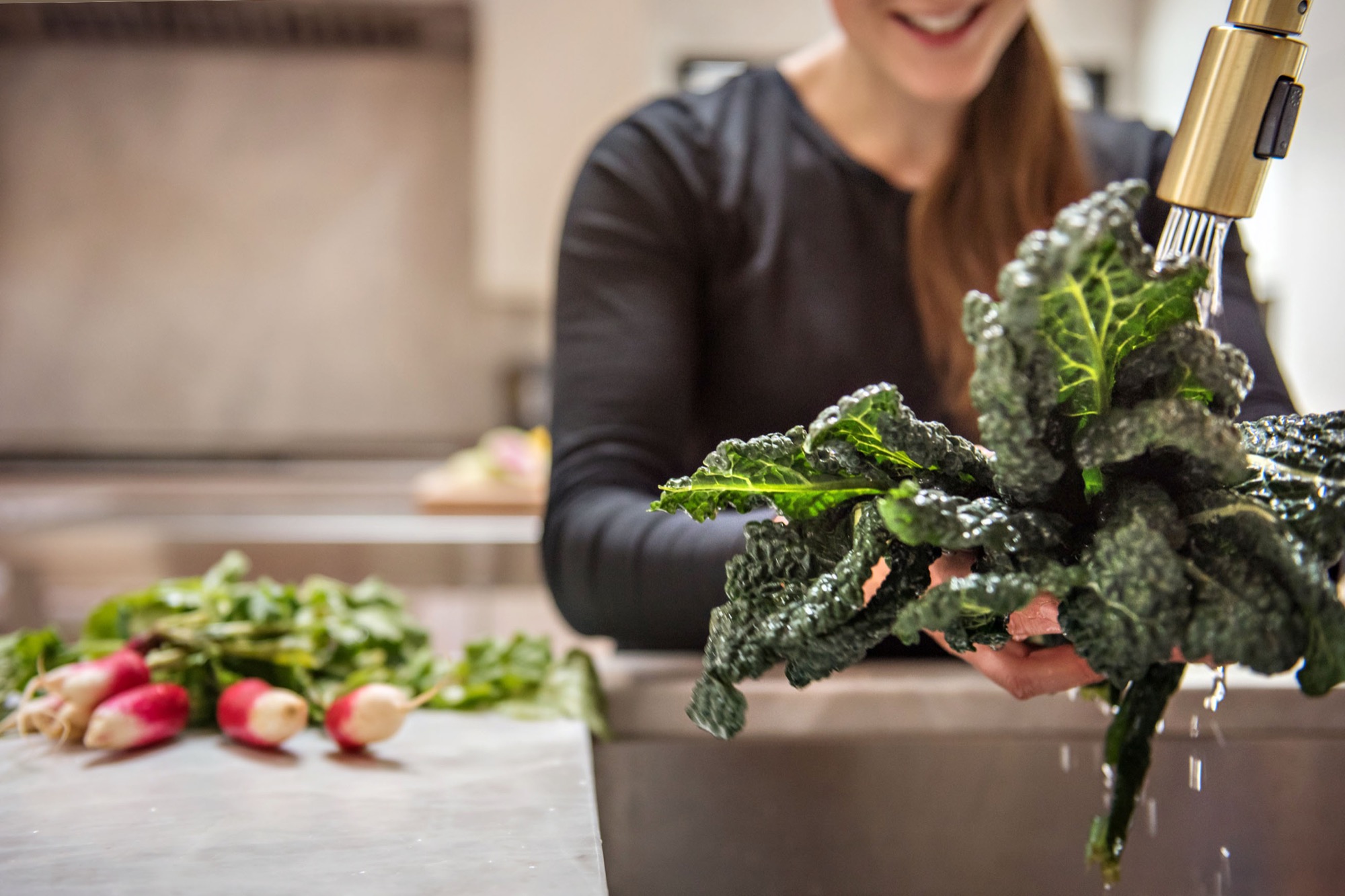
AM Who taught you how to cook?
EA My dad. He inspired me from a very young age to get into the kitchen. He also grew up working in a kitchen for the family diner in New Jersey, called “Abels Diner.” The dinner served a mix of comfort food and Jewish specialties. Listening to the many stories he has about growing up in the dinner has always inspired me and made me want to be involved in food. Fun fact… Frank Sinatra was a busboy for my grandfather’s diner. True story!
AM Who is your culinary icon? What do you admire about her or him?
EA Yotam Ottolenghi. I love his approach to food. His style and flavor profiles are very similar to what I love to cook. Israeli food is also one of my favorite cuisines to cook, and his cookbook Jerusalem is by far one of my favorites.
AM What’s your favorite food, and what do you love about it?
EA Hmm, that’s such a hard question. It really depends on the season and what trip I recently came back from that inspired me. I’ve been cooking a lot of curries from my most recent trip to India. It’s been fun to experiment with a lot of spices I brought back and to try to master the art of Indian cooking. Besides that, my go-to food to cook is probably Israeli food. I just love the mix of flavors and textures.
AM What culinary traditions are your methods and recipes rooted in?
EA Exploring food while traveling has shown me a variety of traditions, methods, and recipes that I bring into my own kitchen. I cherish these experiences and try to recreate them in my own version and share them with others along with the stories behind them.
“Exploring food while traveling has shown me a variety of traditions, methods, and recipes that I bring into my own kitchen.”
AM What’s your definition of good food?
EA Clean, simple, colorful, thoughtful, lots of love!
AM How do you translate Alpine Modern’s ethos of “quiet design” into your work at the Café in Boulder?
EA The food I create for Alpine Modern is clean and simple. It’s not overthought and shows off so much more by letting the ingredients speak for themself.
AM What’s your vision for Alpine Modern’s culinary future?
EA We have lots of exciting plans that are in the development phase. We’re trying to expand the experience Alpine Modern shares with it’s customers and bring the community together. One of the big changes is that we are now renting out the Café during after-hours for private events.
AM What’s your favorite place in the world, and why?
EA Tough question, but I’ll have to say, even with all of the amazing places I have visited around the world, nothing will ever beat Yosemite. No matter how many times I go there for an adventure, that place gives me goosebumps and brings the biggest beaming smile to my face. It’s just pure magic.
“Even with all of the amazing places I have visited around the world, nothing will ever beat Yosemite… It’s just pure magic.”
AM What makes you happy?
EA I’ve learned it’s the simple things in life that bring me the most joy. Being surrounded by my family and friends and living an active lifestyle that gets me outside everyday is my happy place in life.
AM What are you working on these days?
EA Lot’s of different things. I’m getting in training mode for climbing season to really try to get after it this year. I’m also in the process of developing new recipes, lots that are inspired by my recent travels. Besides that, I’m really putting a lot of focus on sticking around the states this year and spending lots of time with my family and friends and my pup, Chalten. △
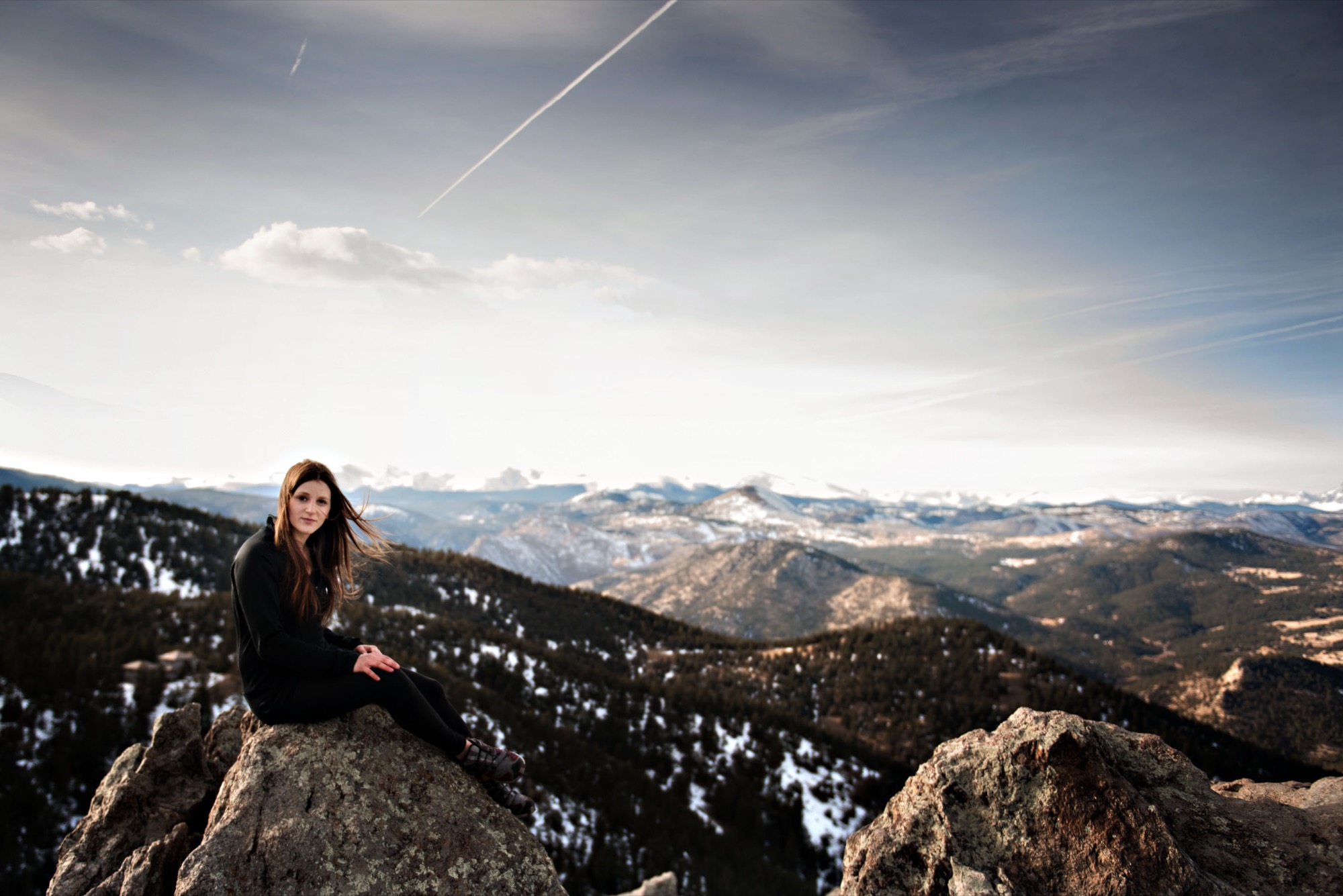
The Swiss Art of Alpine Luxury
Jonathan Ducrest’s photo essay portrays the luxury hotel 7132 in Vals, Switzerland, with its iconic thermal baths designed by Pritzker Prize-winning Swiss architect Peter Zumthor.
Jonathan Ducrest’s photo essay portrays the luxury hotel 7132 in Vals, Switzerland, with its iconic thermal baths designed by Pritzker Prize-winning Swiss architect Peter Zumthor. The moment we pulled up to the 7132 Hotel (named after the village’s postal code) in one of their chauffeured Mercedes, I thought I was in the latest Bond movie. The sleek redesigned entrance, dark lighting, and thick blue carpeting have this feeling of 1970s heydays, where James would meet one of his assets. The main building contrasts the square, monochrome design of the hotel’s famous thermal baths.
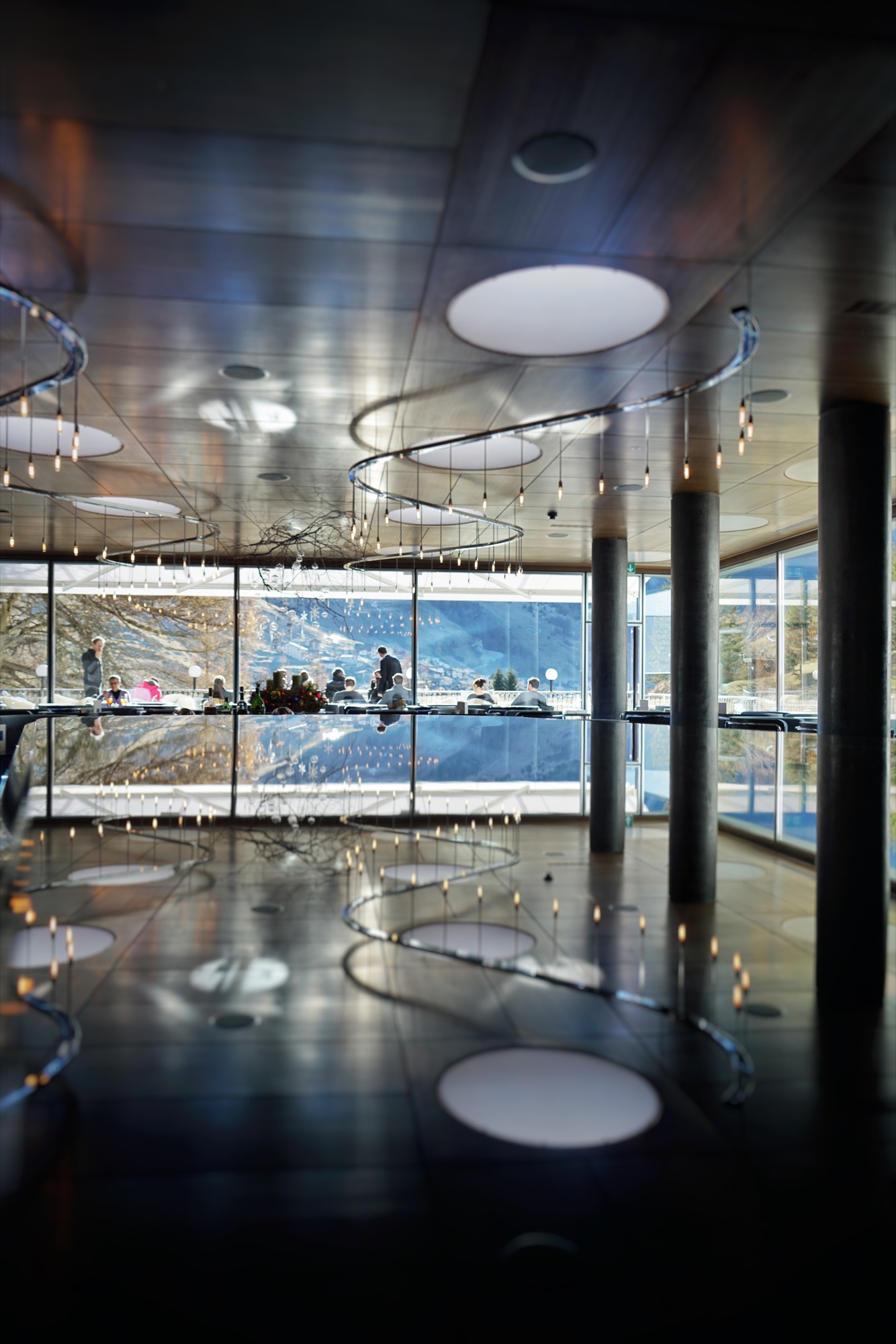
Zumthor’s thermal baths
Nestled at the end of a small valley in the Swiss Canton of the Grisons, the village of Vals became a must-see destination in the late 90s, when the thermal baths designed by Peter Zumthor opened.
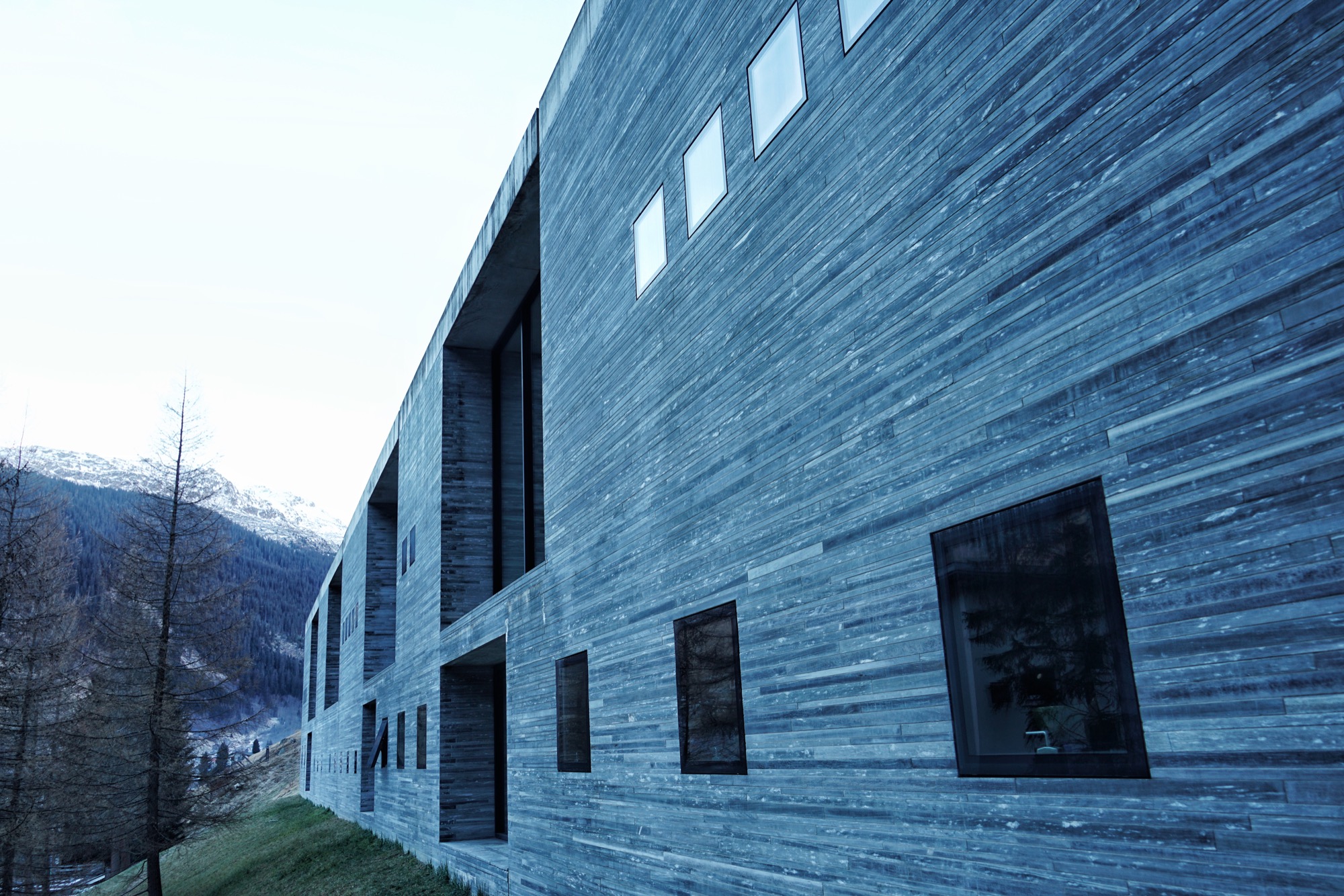
Built using only locally quarried slabs of quartzite, the minimalist spa evokes a cave and gives the impression to pre-date the hotel, which was originally built in the 60s.
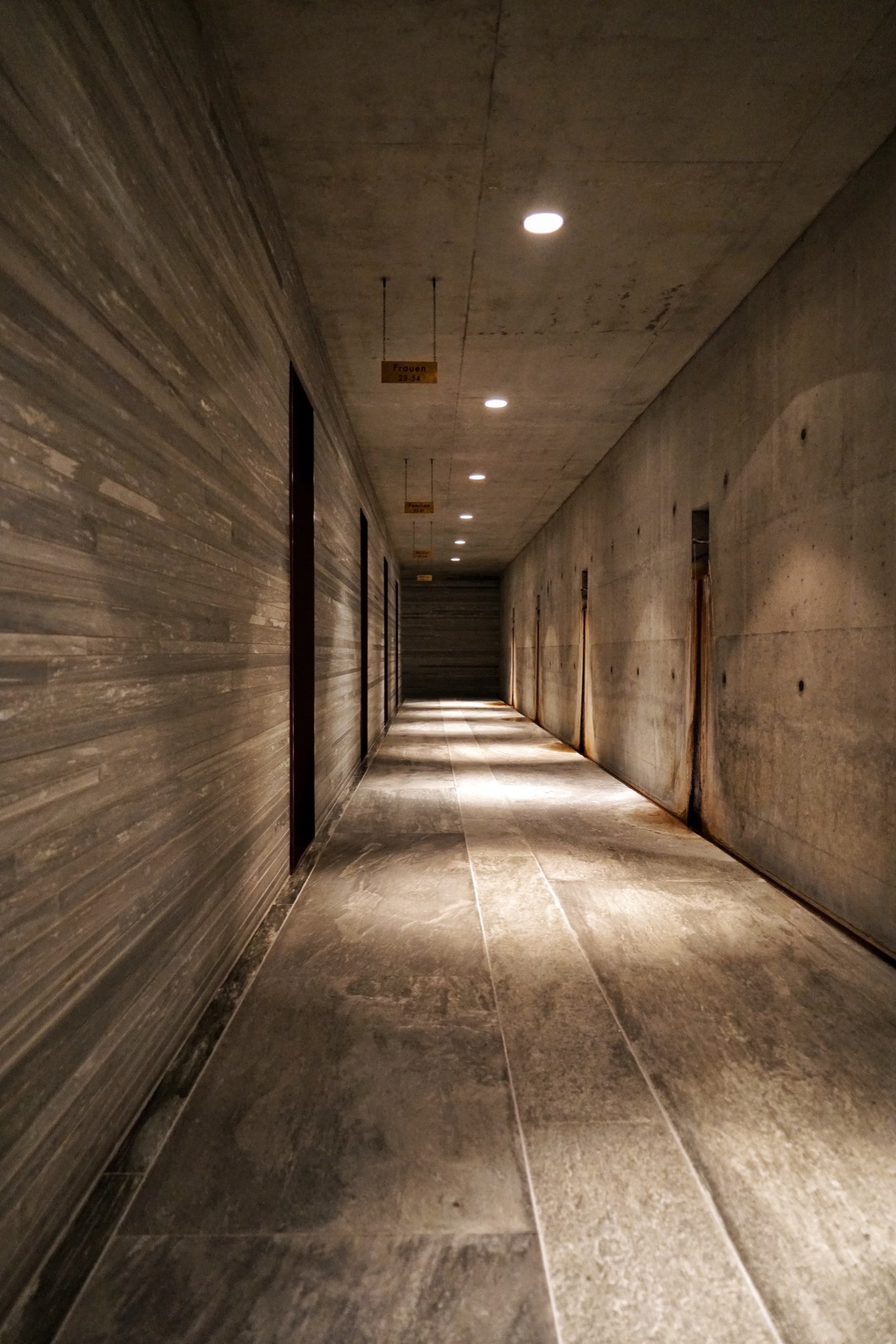
After walking through a dark, tunnel-like hallway and tapping the bracelet I was given at check-in onto the brass turnstile, I reached a larger concrete hall. On one side, thick leather tapestries curtain off the changing rooms with their glossy red lockers. On the other side, rusty pipes coming out of the wall are dripping water from the thermal spring.
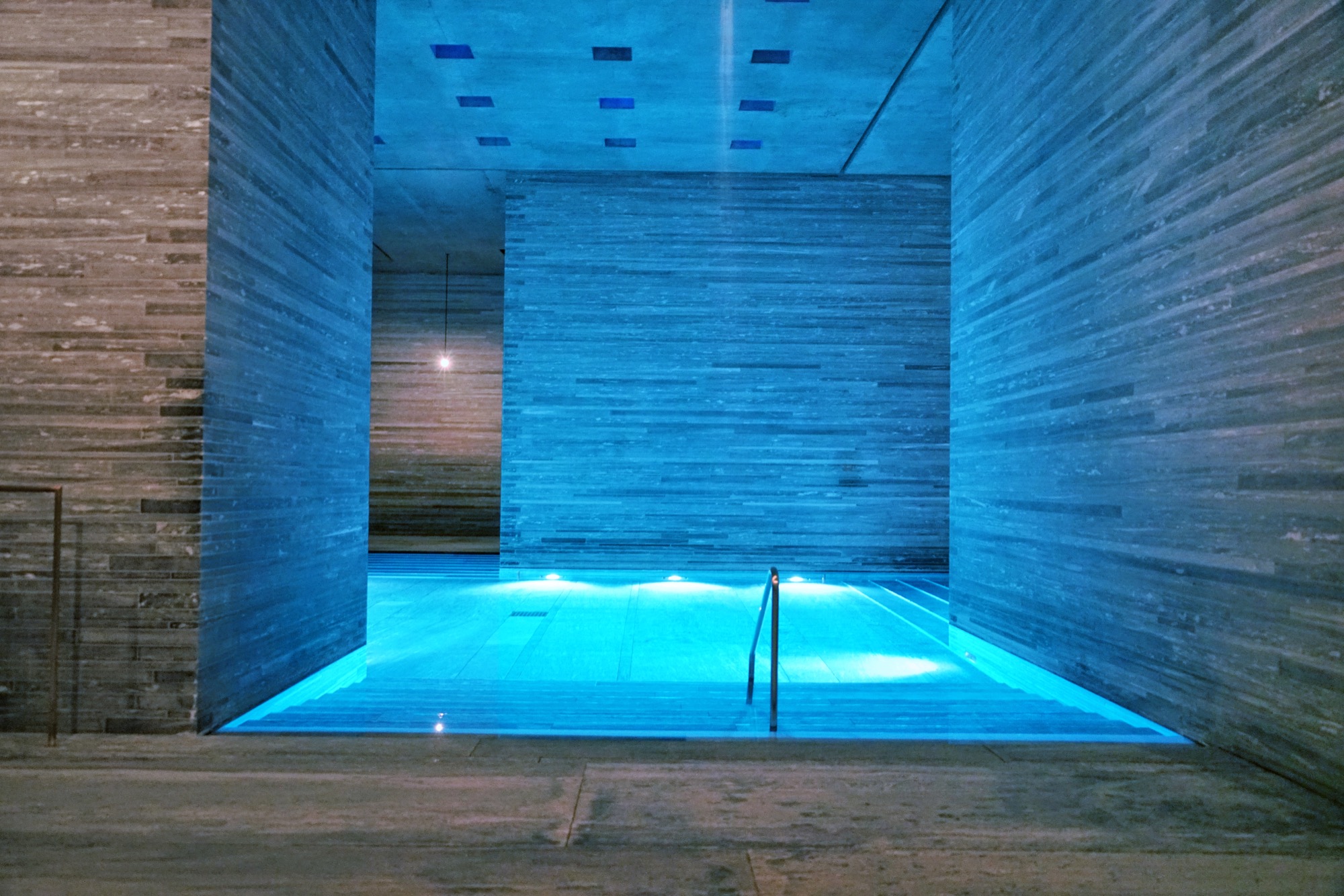
I stepped out on the other side of the changing room to find myself on the upper level, overlooking the main indoor pool in the center of the structure.
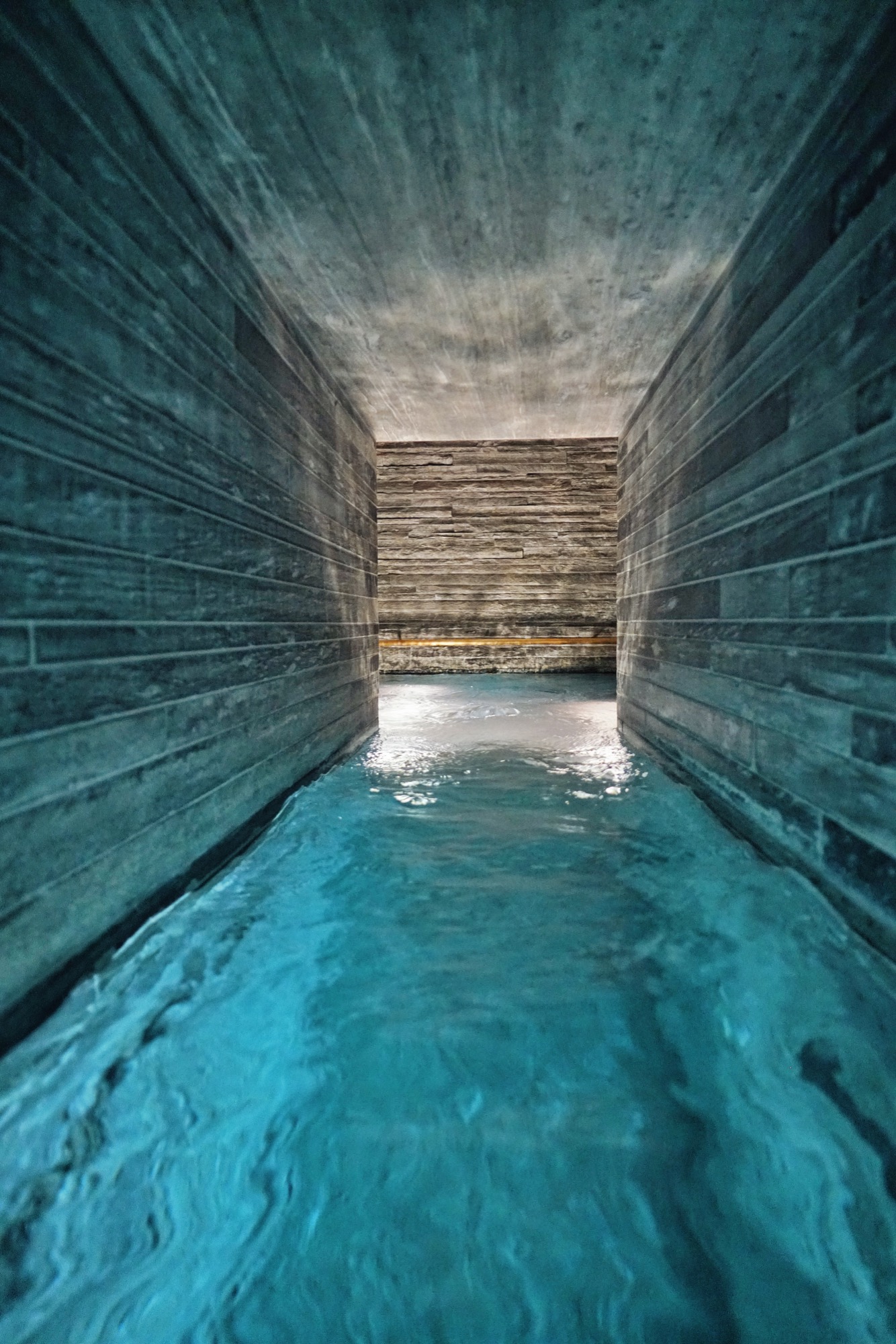
Smaller pools with different water temperatures, including one with floating flower petals, pushed me to explore every corner. An outdoor pool is accessible from the inside. Lounge chairs facing gigantic windows invited me to disconnect from my digital life and stare at the pine trees and the mountain across.
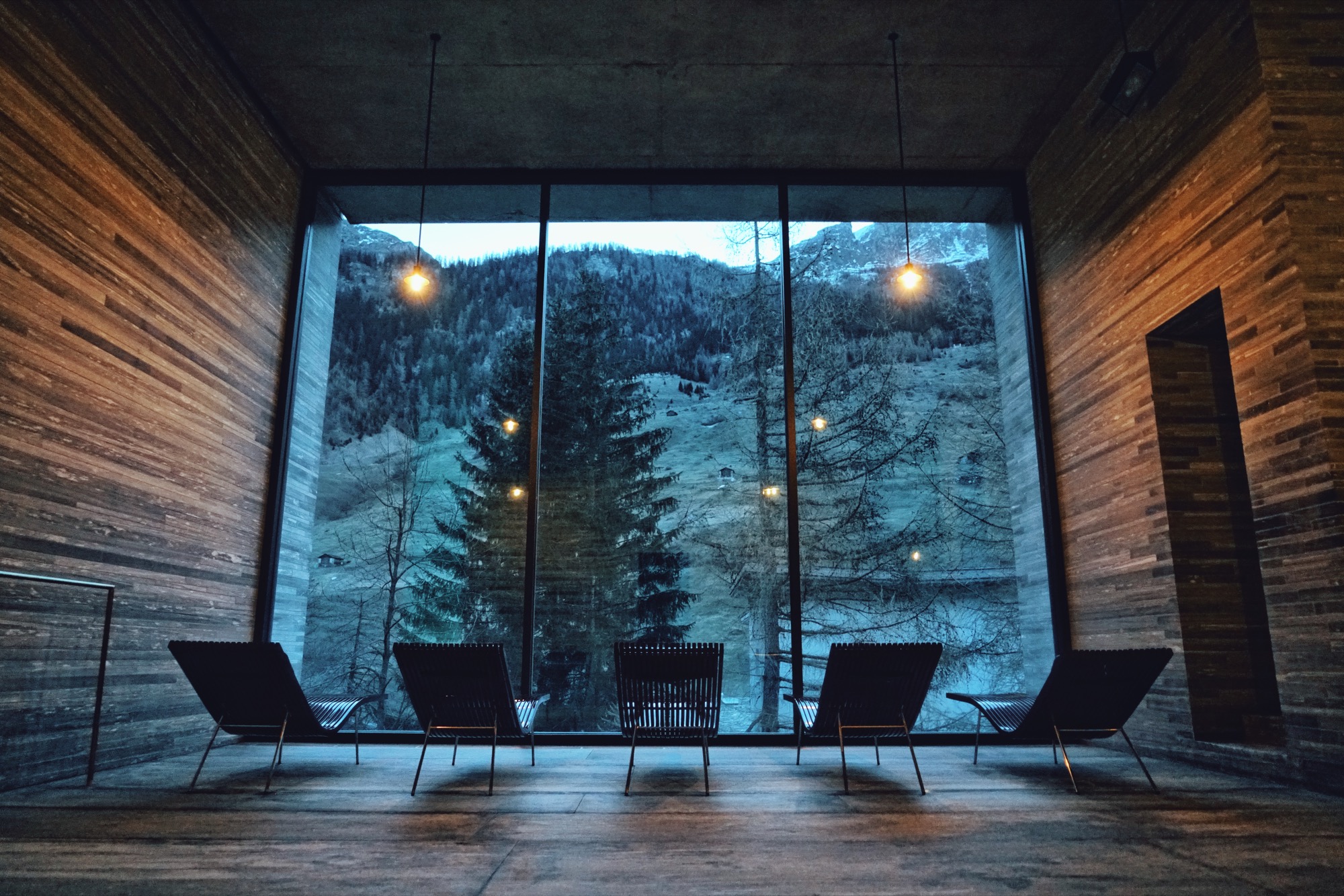
The hotel
Since the village of Vals sold the hotel and spa to a private investor in 2012, many of the rooms have been redesigned, including a dramatic penthouse suite at the top of the main building. One of the luxury hotel’s five structures is called the House of Architects and features rooms designed by Tadao Ando, Kengo Kuma, Thom Mayne and, naturally, the master of Swiss minimalism himself, Peter Zumthor. The room I stayed in was designed by Japanese architect Tadao Ando. Its large Swiss oak panels enveloped me like a cocoon.
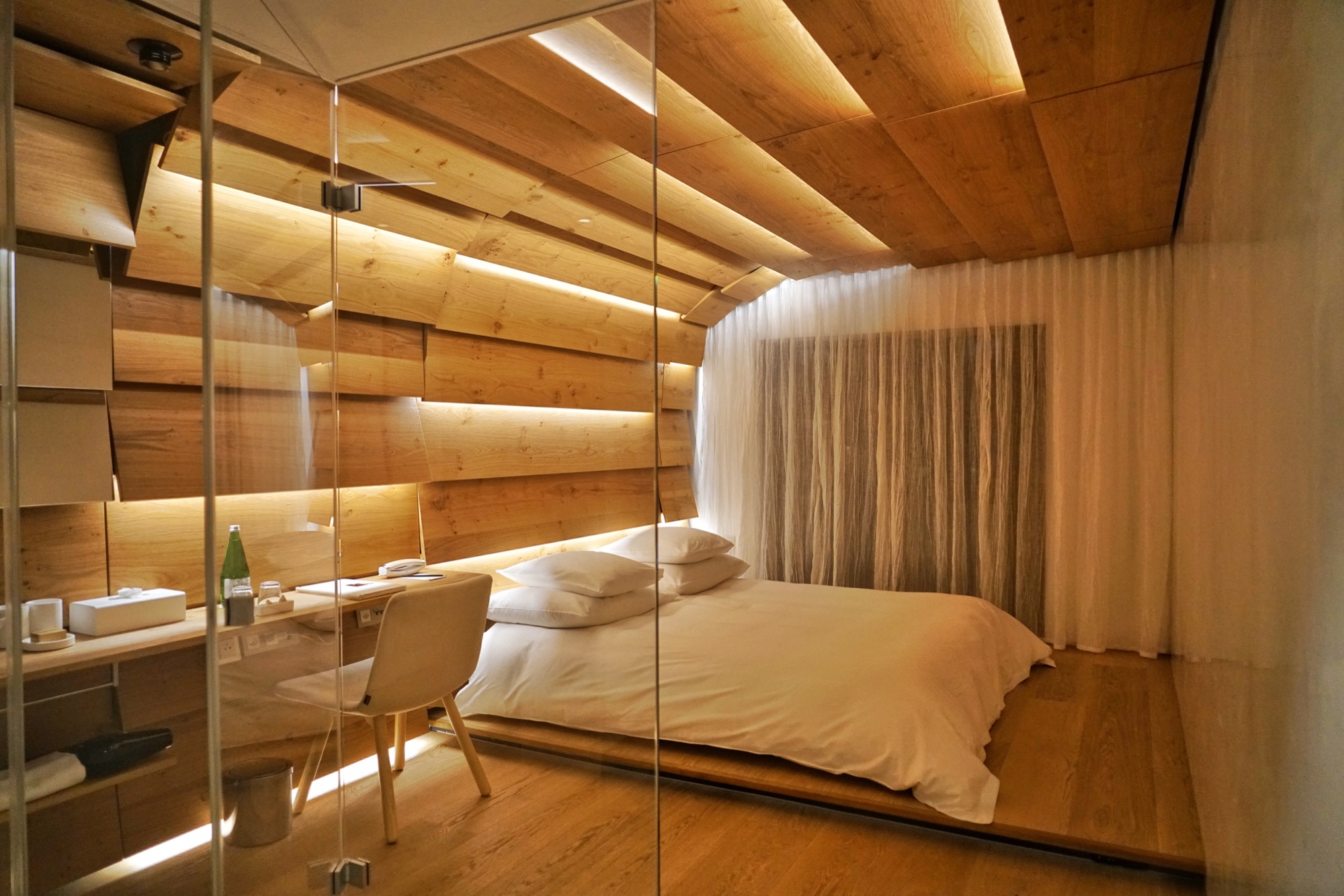
The lobby bar, where you can sip on an Aperol spritz, and the terrace, where you can take your afternoon tea cuddled under a thick sheepskin blanket, act as the hotel’s living room, where it’s easy to socialize with fellow guests.
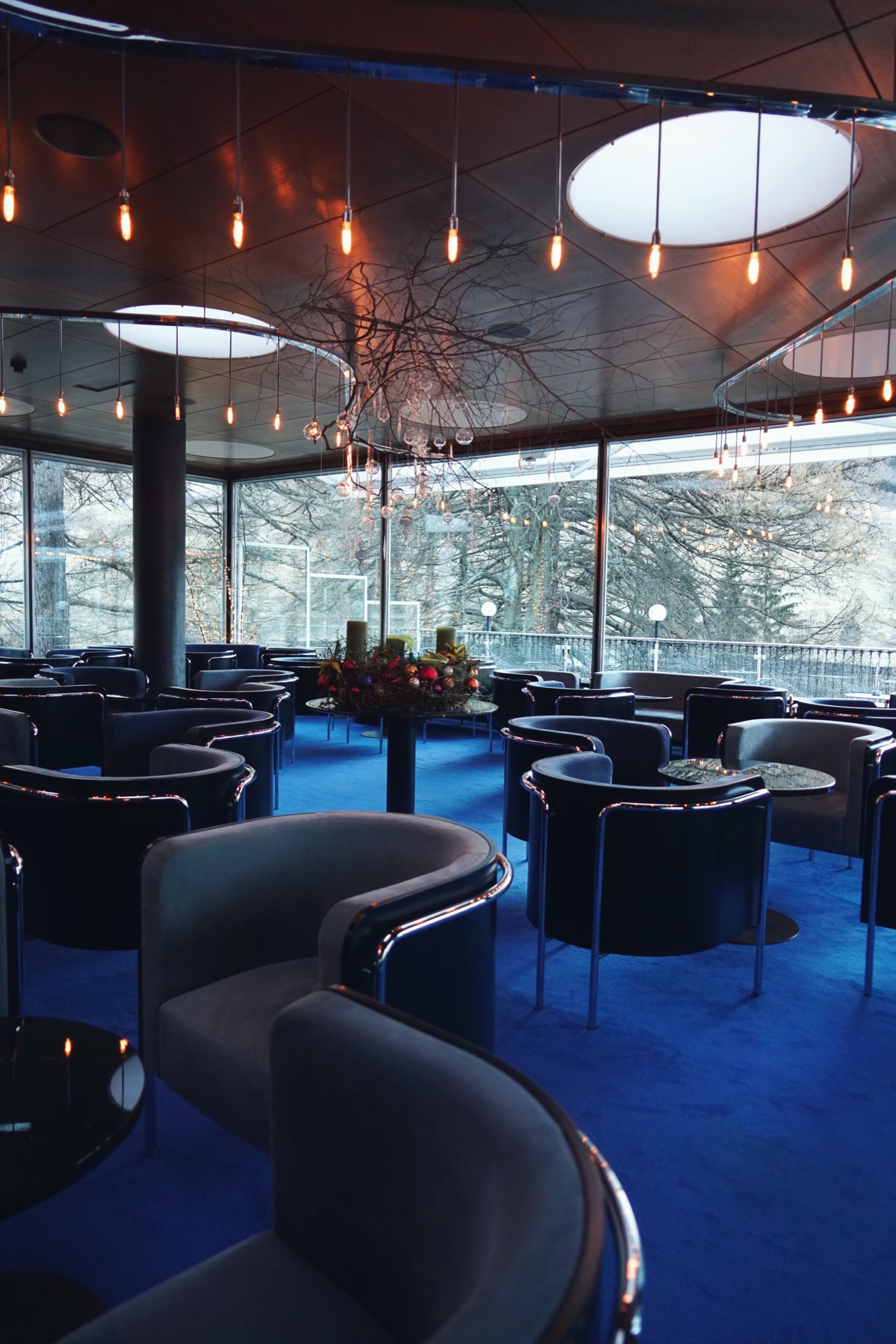
I devoured the regional cheeses and cured meats from the breakfast buffet after my swim in the outside pool under the stars at dawn.
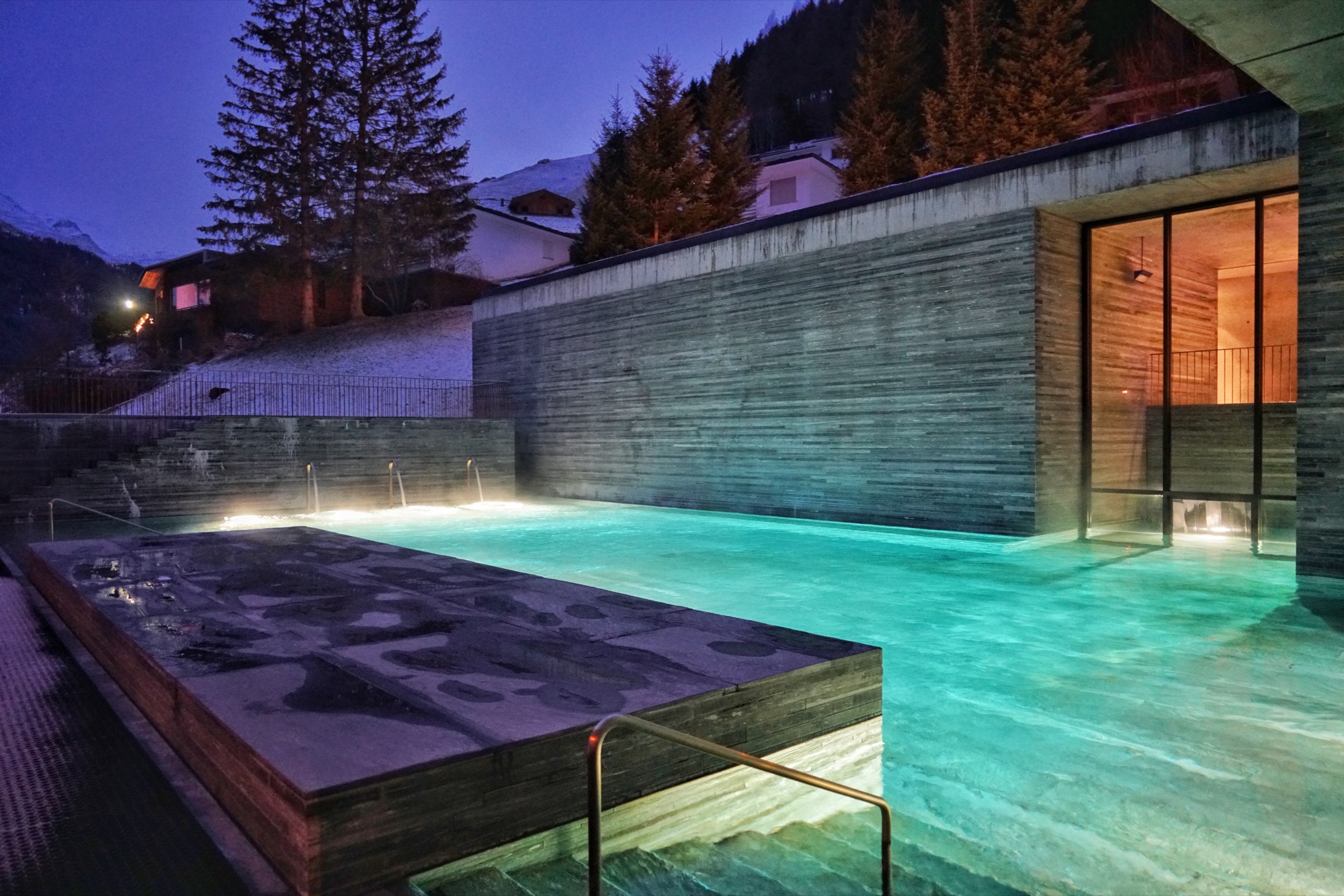
The village is a quick stroll from the hotel. I had the opportunity to visit Vals both in winter and in summer. It’s a completely different experience. Do both, if you can. △
After It, Covered
After a cold night stranded in their van, Wylie Robinson and his friend and co-founder Nick Polinko created Rumpl, a sleeping-bag blanket.
After a cold night stranded in their van, Wylie Robinson and his friend and co-founder Nick Polinko created Rumpl, a sleeping-bag blanket.
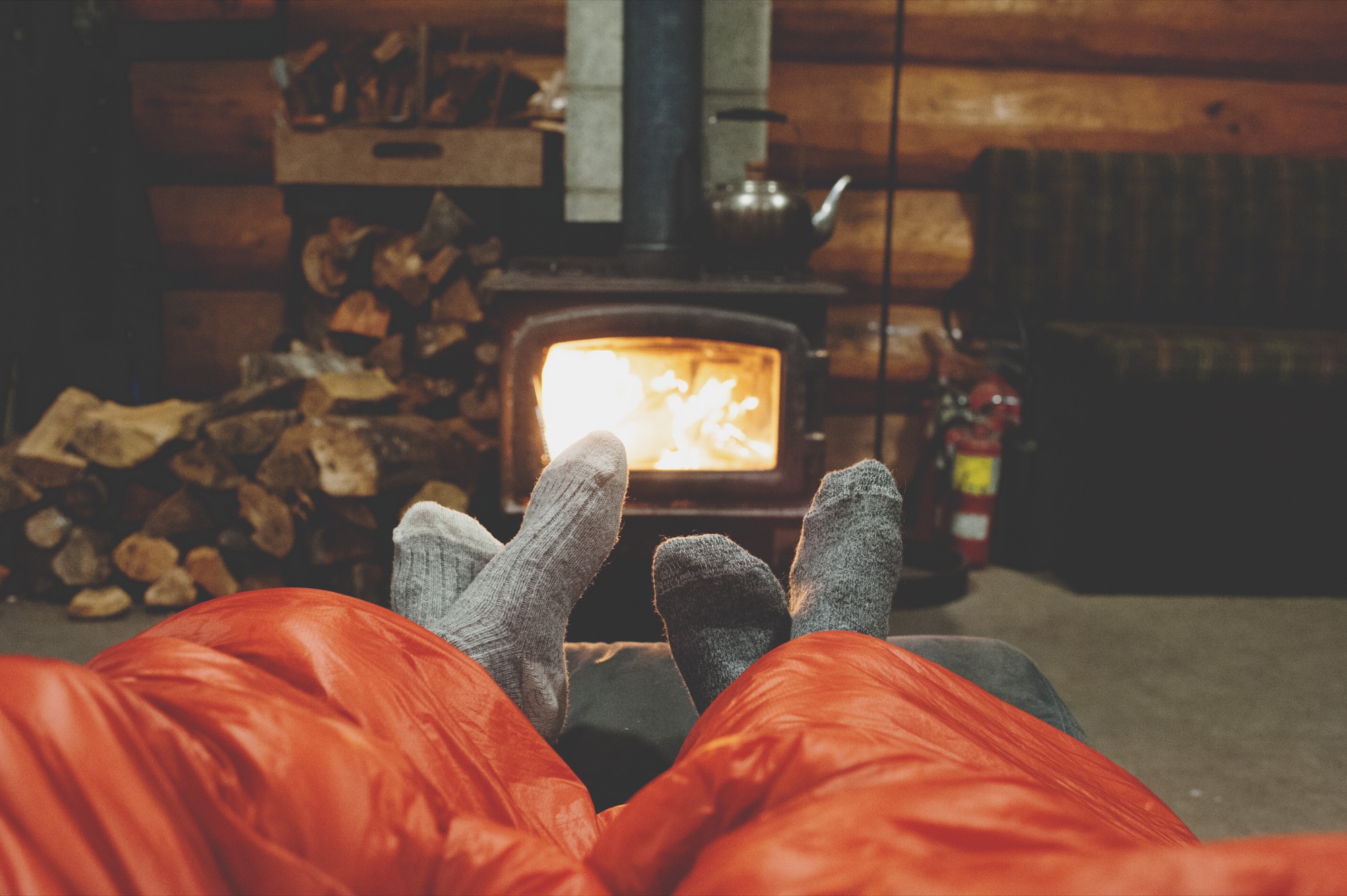
The San Francisco native studied environmental design at the University of Colorado Boulder and graduated in 2007 with an emphasis in architecture and business. Robinson stayed in Boulder, where he worked as a designer at Communication Arts for a couple of years, before returning to California to work for MKTG and later for Landor Associates. Today, the thirty-one year old lives at Ocean Beach in San Francisco with his fiancé.
Alpine Modern caught up with the entrepreneur to talk about the making the first Rumpls, what “home” means to the designer, and the little things in life that make him happy.
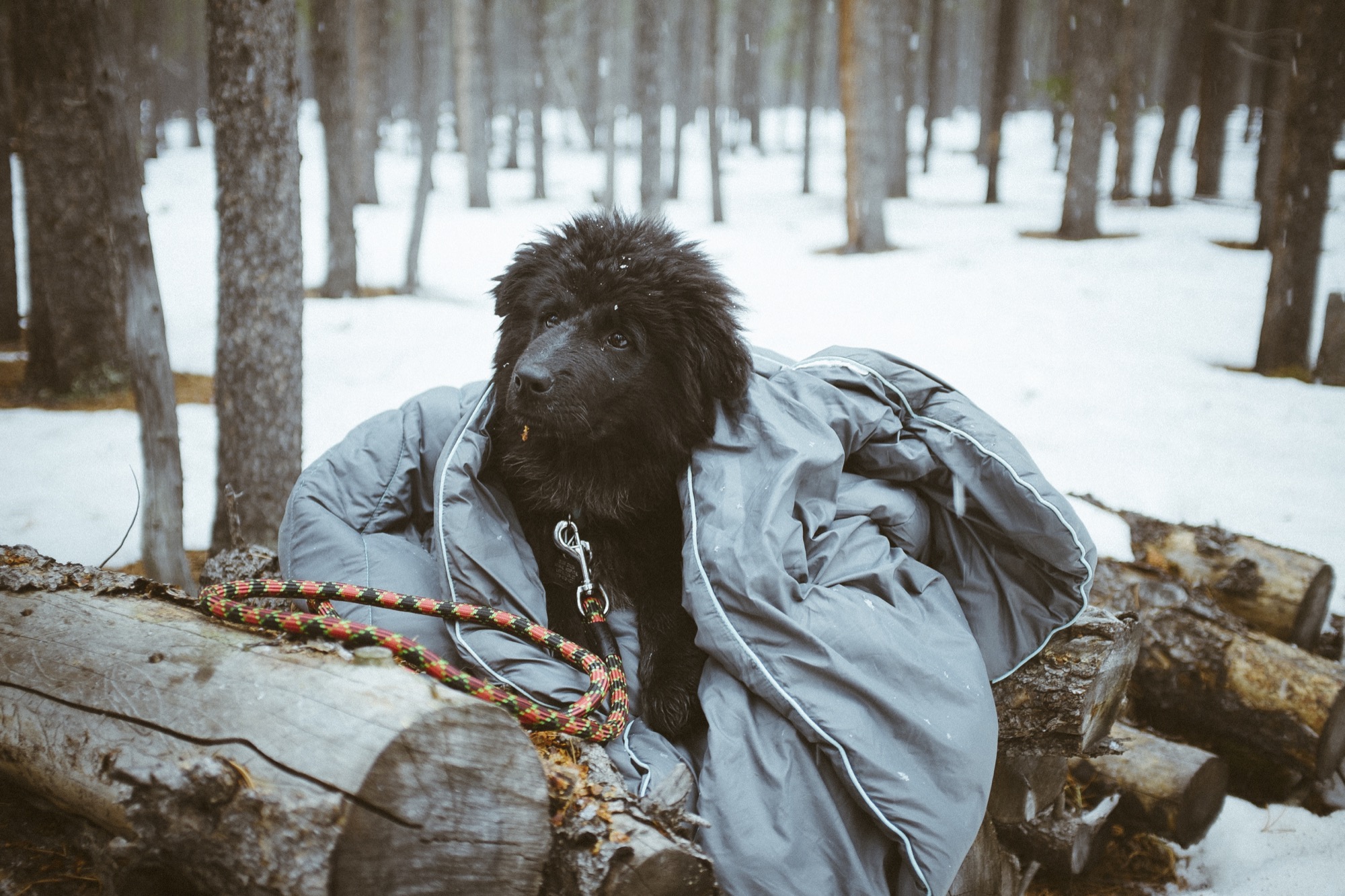
A conversation with Rumpl Founder Wylie Robinson
AM Who are you, in a nutshell?
WR I am an easily inspired creative person who loves the outdoors. I spend most of my time obsessing over my business while fantasizing about being in remote places with no internet. And one does not help the other!
AM Along your path, what experiences and encounters made you who you are today?
WR Growing up in San Francisco and living in Colorado for seven years was huge. In San Francisco, there is so much creative energy and entrepreneurship, and in Colorado there is such passion for healthy living and access to the outdoors. These places have both heavily influenced my personality. I’ve met so many people in both places who inspire me to carve my own path and blend my work with my hobbies.
AM What’s the story behind Rumpl?
WR The idea for Rumpl began with two dudes trapped in a frozen van. My friend Nick and I were on a surf trip down in San Diego in December 2012, when we got word of a big storm coming through Mammoth. We happened to have our ski gear with us, so we decided to head east into the Sierras for some early-season backcountry skiing. We camped out at some hot springs near Bishop, California, and woke up the next morning to a car that wouldn’t start. Too far from the main road and without cell phone service, we had to wait around for someone to show up at the hot springs, so we bundled up in our sleeping bags and started drinking whiskey.
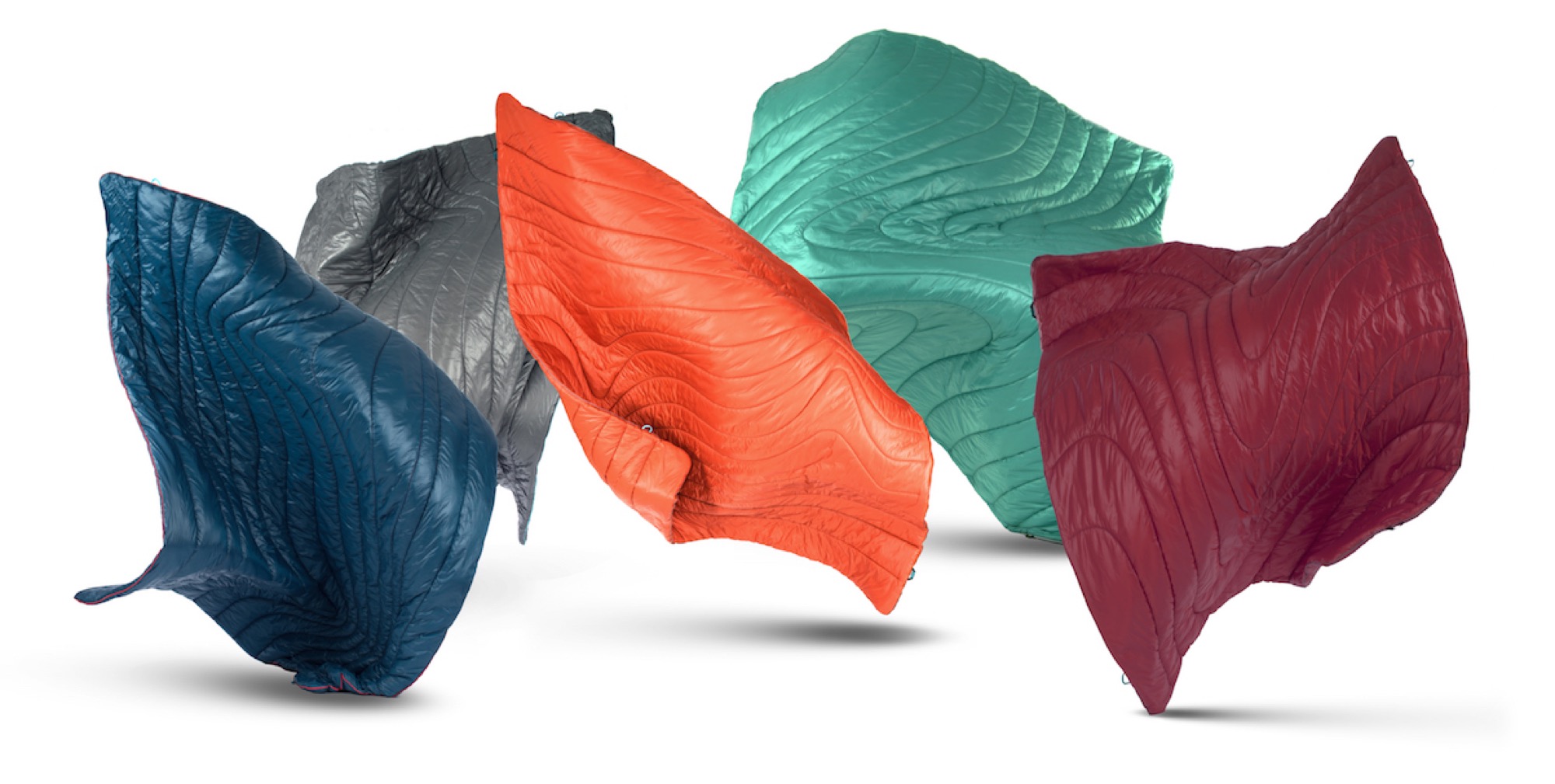
After several hours, the conversation turned to the unlikely subject of bedding. We both realized that we liked our sleeping bags more than our comforters back home. We decided that once we got out of our situation, we’d make “sleeping-bag blankets” to replace the comforters on our beds.
Once we got back to San Francisco, we met with a few friends who worked for companies like Mountain Hardwear, Patagonia, and Marmot to get more info about construction and material specs. They helped us pick materials and sew up our first blankets by hand. Still unsure if the idea was viable, we turned to Kickstarter, where we had a really successful crowdfunding campaign. That validated the idea and allowed us to quit our jobs to pursue Rumpl full-time.
“We decided that once we got out of our situation, we’d make ‘sleeping-bag blankets’ to replace the comforters on our beds.”
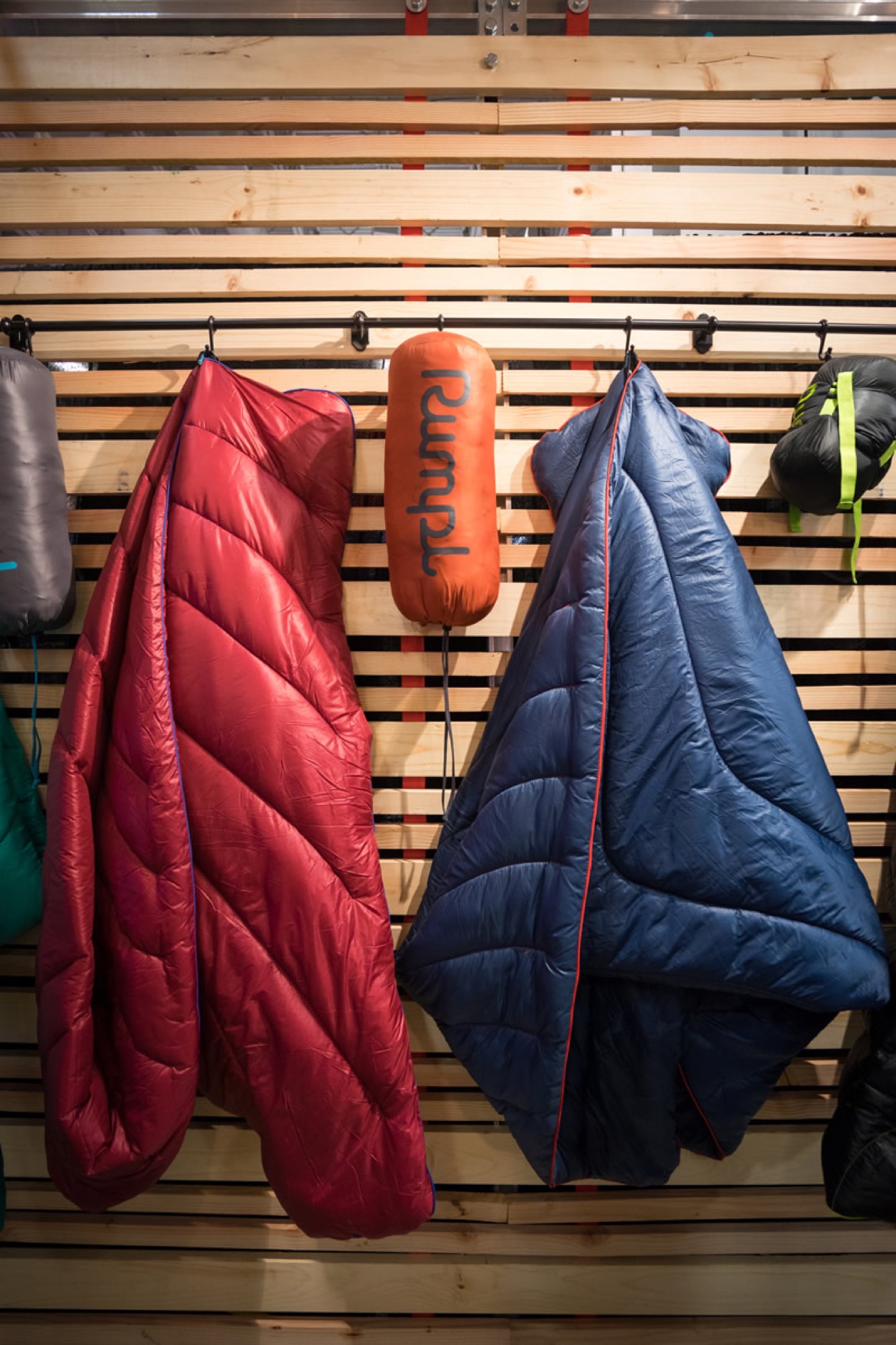
AM Why blankets, and why no other products?
WR More will come out of Rumpl that goes beyond blankets, but for now we’re just focusing on doing blankets really well and familiarizing people with our brand.
In general though, I think, consumers like and appreciate brands that focus on owning one thing. It sends a really clear message and makes every action by the brand intentional.
AM What’s the story behind the brand name?
WR It’s an onomatopoeia—“Rumpl” sounds like how the product behaves. You’d never neatly fold a Rumpl blanket, you just kinda crumple it up and stuff it in the stuff sack. We’ve also developed the word to mean a few things when spoken from our brand voice. “Rumpl” can be a noun, a verb, and an adjective… My Rumpl stays in my car, I rumpl under the stars, I keep my bed messy and rumpled.
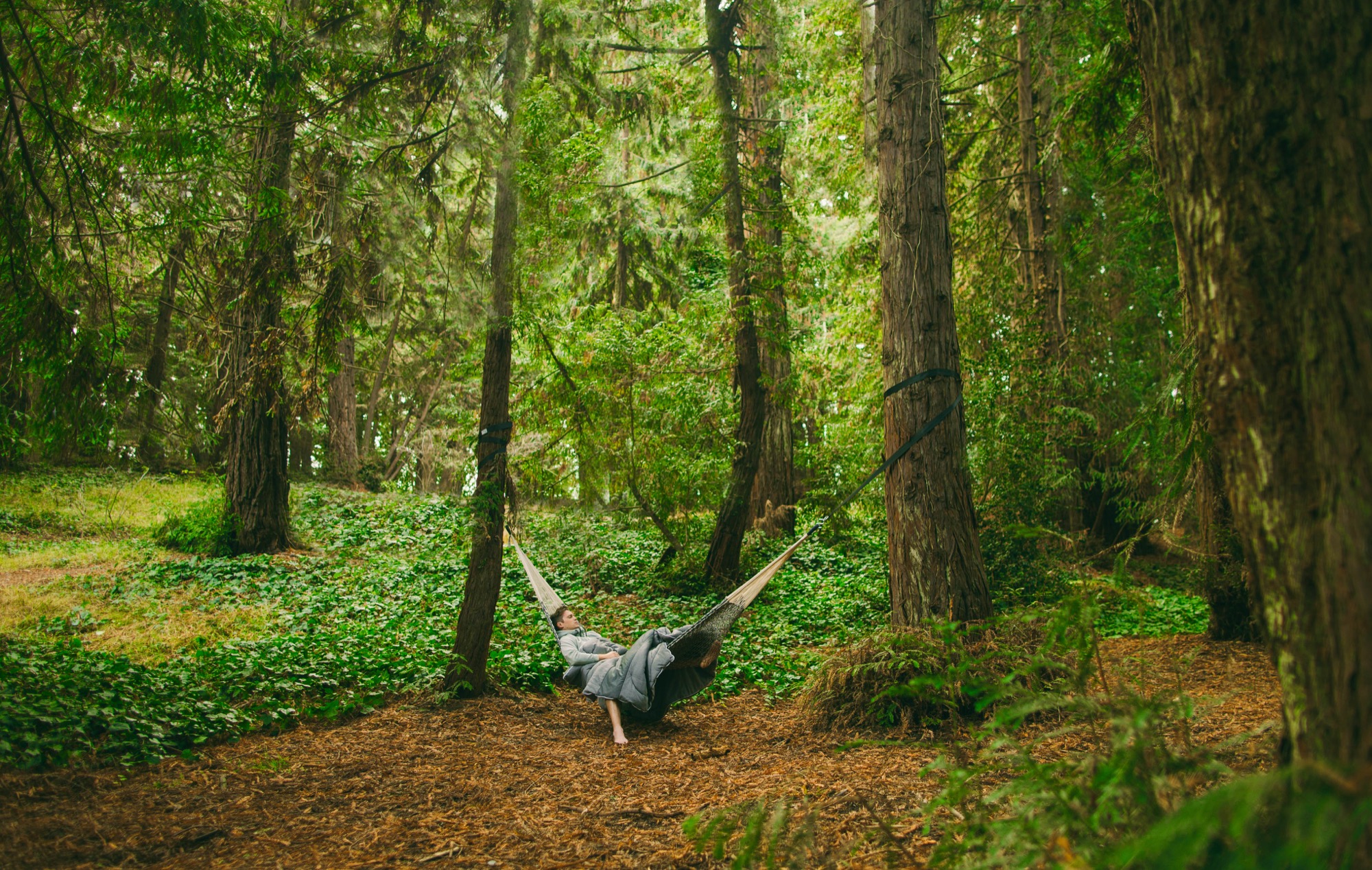
AM In what traditions are your modern products rooted?
WR The nostalgic feeling of cozy warmth that you’d find in a sleeping bag. We all know the feeling of being toasty warm in a sleeping bag, with just the tip of your nose poking out and feeling the chilly air. The tactile experience with Rumpl blankets takes you back to those moments outside, cuddled up under the stars.
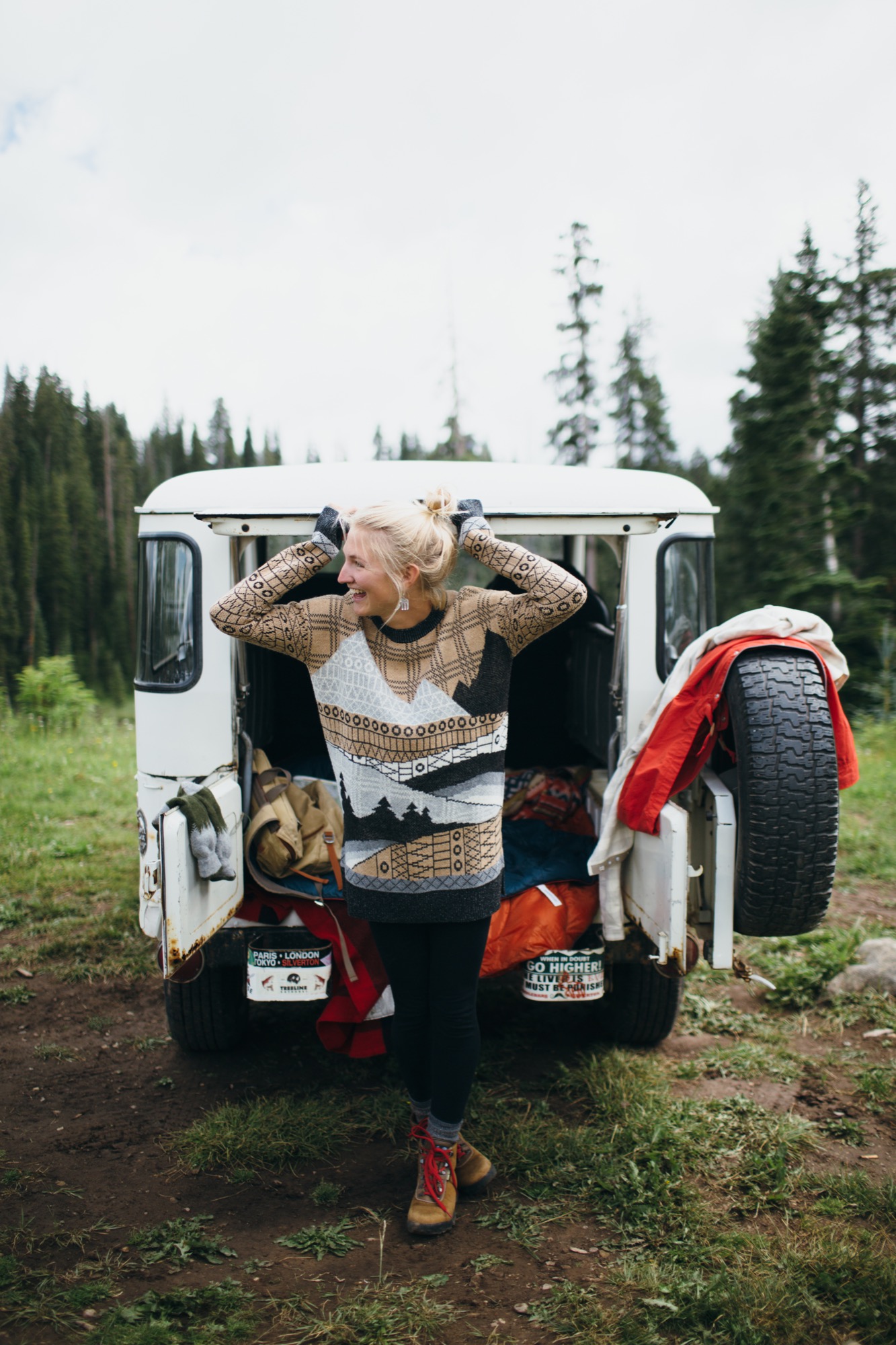
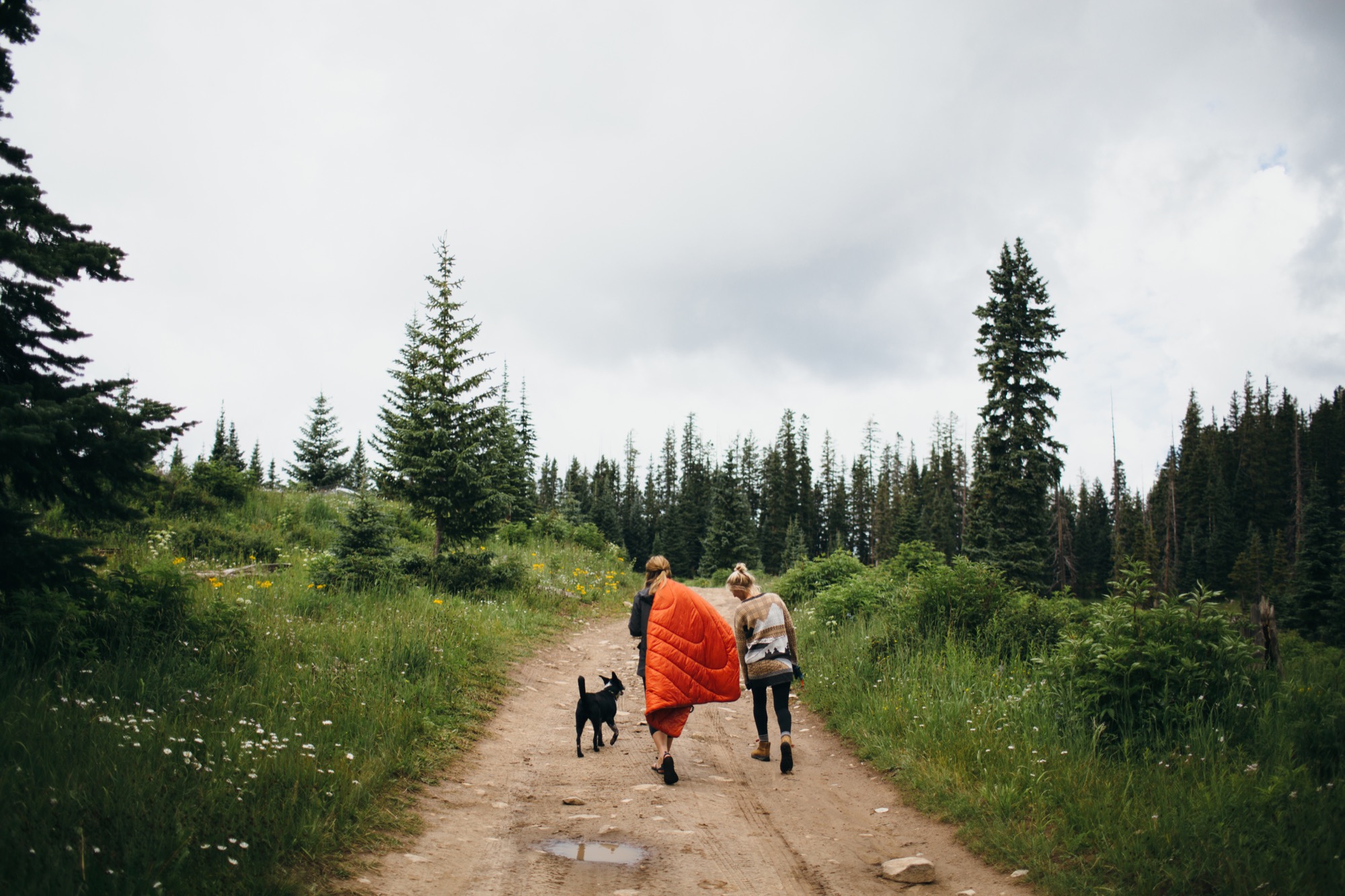
AM How do you choose and source your materials?
WR Beyond the nostalgic tactile factor, the materials work really well. We source a really nice insulation that was developed by our factory and regulates temperature perfectly, so you’re never too hot. The nylon shell is super durable and sheds water. The whole thing is machine-washable.
We have an amazing factory partner that sources materials from over 200 different mills in Asia. We’ve visited them in China a number of times and their facility is beautiful and spotless. Workers are treated very well, and everyone we spoke with was excited about working with us. We tell them what our goals are, and they find several materials that suit our needs. We narrow that down based on hand-feel and costing and move forward with the right tool for the job.
AM What makes Rumple alpine modern?
WR Rumpl is a modern take on everyday homewear as seen through the eyes of an outdoor enthusiast. We find inspiration from the gear we use to stay comfortable outside and apply the same design principles to our blankets. The whole project is a blend of equal parts alpine style, modern design, and lifestyle communication.
“The whole project is a blend of equal parts alpine style, modern design, and lifestyle communication.”
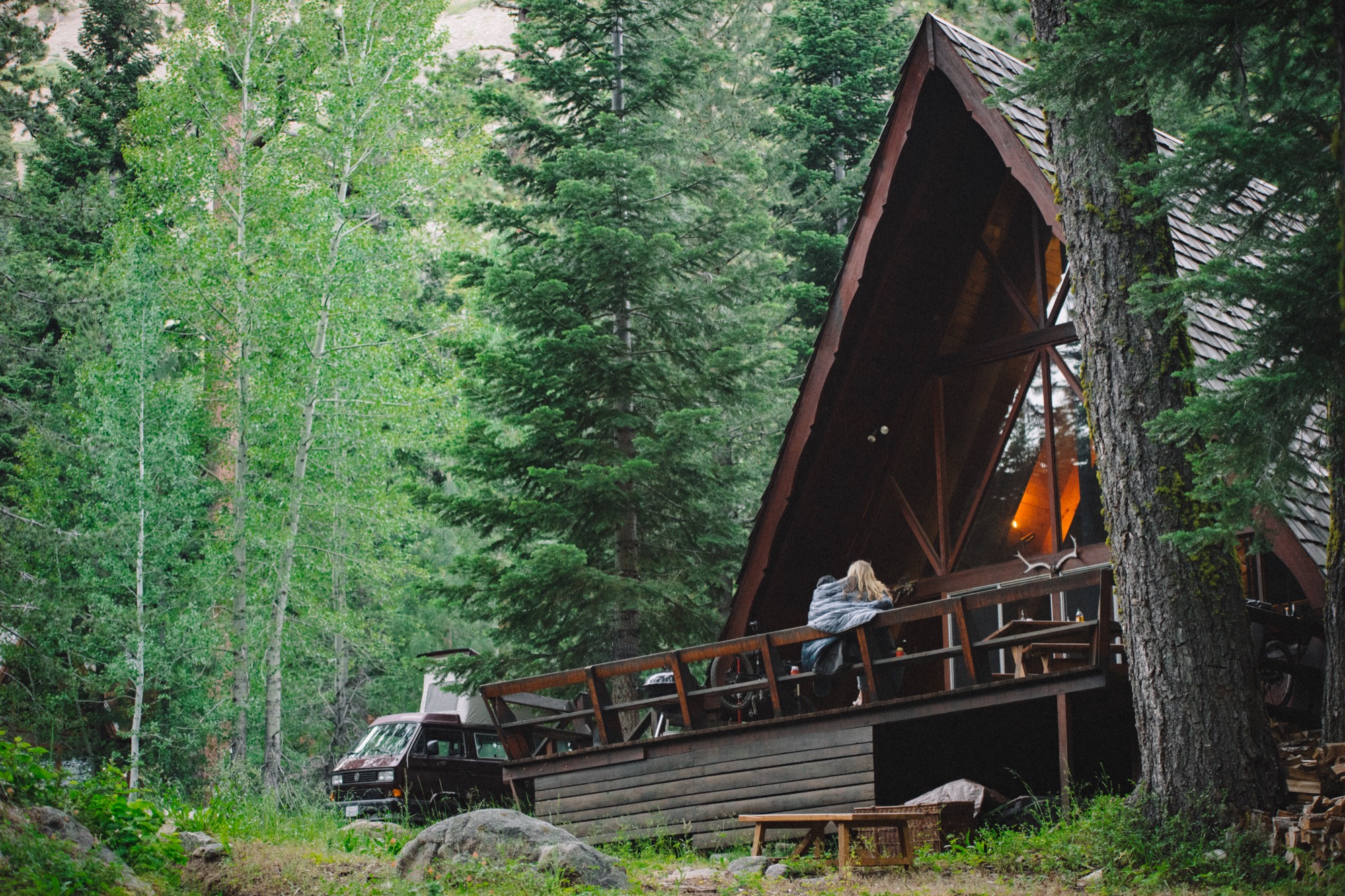
AM What makes you an outdoorsman at heart?
WR My simple love for being outside and connected to nature. I can get the feeling of interacting with nature from being just about anywhere. Whether I’m gardening in my yard in San Francisco or I’m twenty-five miles deep in the backcountry, I can still smell, taste, hear, and feel my surroundings, and that brings me joy.
AM What do you do when you’re in the mountains?
WR While I was in school at CU Boulder and working at CommArts in Boulder, I raced downhill mountain bikes pretty seriously. I raced on the school’s team and eventually raced in the pro category throughout the United States, so mountain biking is really close to my heart. I also camp, hike, ski, climb, and surf whenever possible.
AM What does quiet design mean to you?
Design that is so well done you don’t even notice it.
AM What’s your favorite place in the world, and why?
WR Whistler, British Columbia. The mountains are huge, the terrain is amazing, the town is so fun, the locals are super nice, and the overall vibe is so positive. It’s not the most exotic or distant place on Earth but the good energy is second to none.
AM What does “home” mean to you?
WR We talk about “home” all the time at Rumpl. To us, it’s a headspace, not a physical location. Home is where you’re comfortable. Whether that’s indoors sitting in a comfy chair with a cup of coffee, sticking your toes out the back of a van on the side of a desolate road overlooking an expansive valley, or deep in the backcountry rested up on a rock next to a campfire, it’s where you feel comfortable, relaxed, and safe.

AM What’s most important to you in life?
WR Trying to stay balanced between working and taking time away from my desk. It’s really tough for me because I can get pretty obsessed with what I’m working on—but I’m improving. That and surrounding myself with good people who energize me.
AM What makes you happy?
WR Lots of little things… My fiancé’s dimples, being alone on my bike in the mountains, a cold beer after a surf, a hot cup of coffee on a wintery morning. Generally speaking, very small things make me happy.
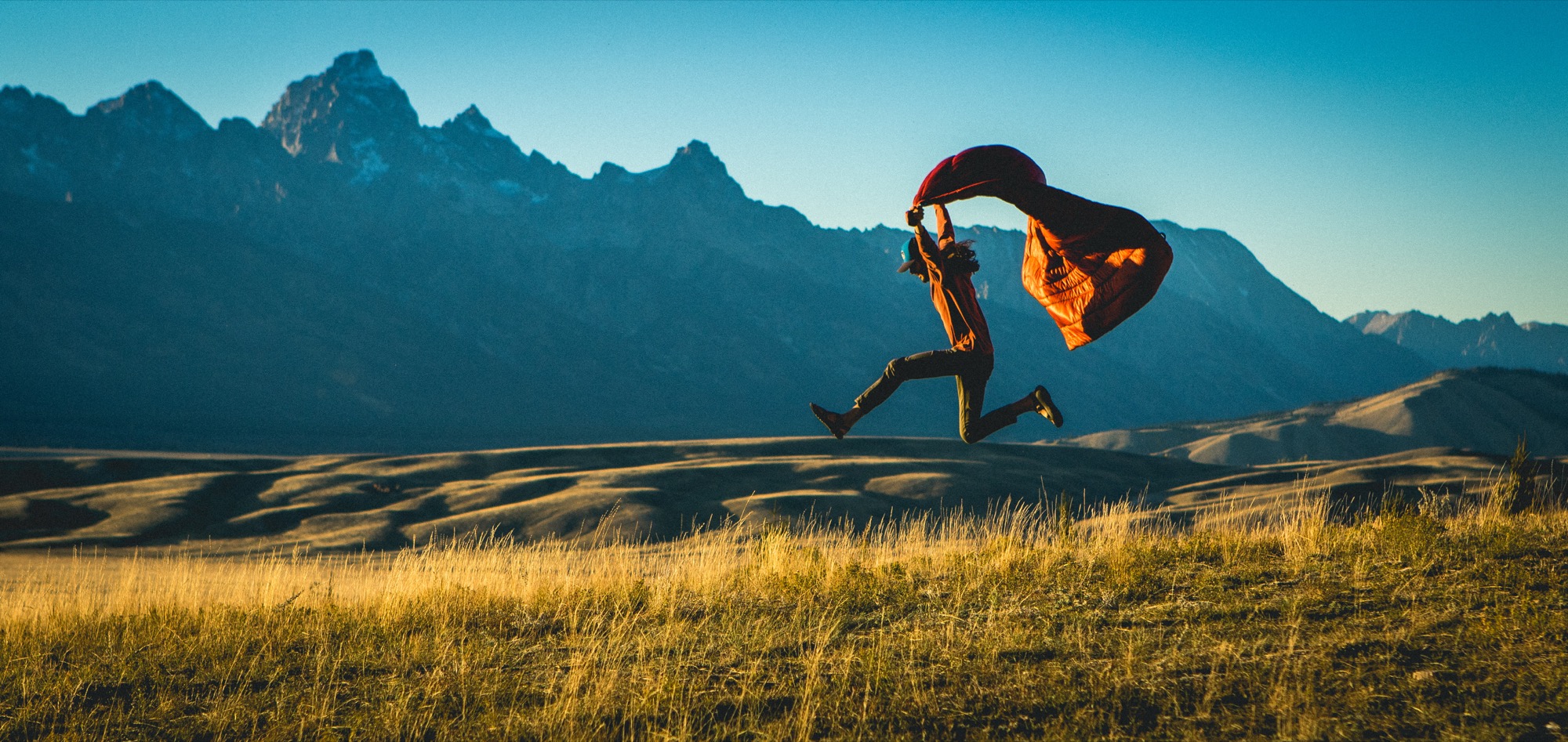
AM Who is your design icon, and what do you admire about her/him?
WR Tim Brown of IDEO is pretty inspiring to me. Before learning his interpretation of the creative process I thought it was bad to let ideas flow off-track. He made me realize that’s OK—to let your mind wander in directions that may not perfectly relate to the problem you’re trying to solve. A tangential train of thought will still teach you something that can be used to better inform the final solution. I recommend his book Change By Design to any young designer or entrepreneur.
AM What are you working on these days?
WR Rumpl keeps me busy 24/7. There’s just so much to do at a small company with limited resources. Specifically though my biggest goal for 2017 is to make the company more automated and scheduled. Right now we’re shooting from the hip in a lot of ways and I want to set clearer goals and work off a more defined calendar. That means saying no to a lot of opportunities and only focusing on the main objectives. It’s tough to say no to great opportunities but in order to grow up, every company needs to do that. △

Alps // 40
An unfiltered, low-speed journey across Swiss peaks in words and images by Boulder photographer Jamie Kripke
Slowing down gives us more time to look. Having more time to look changes how we see. I wanted to slow down.
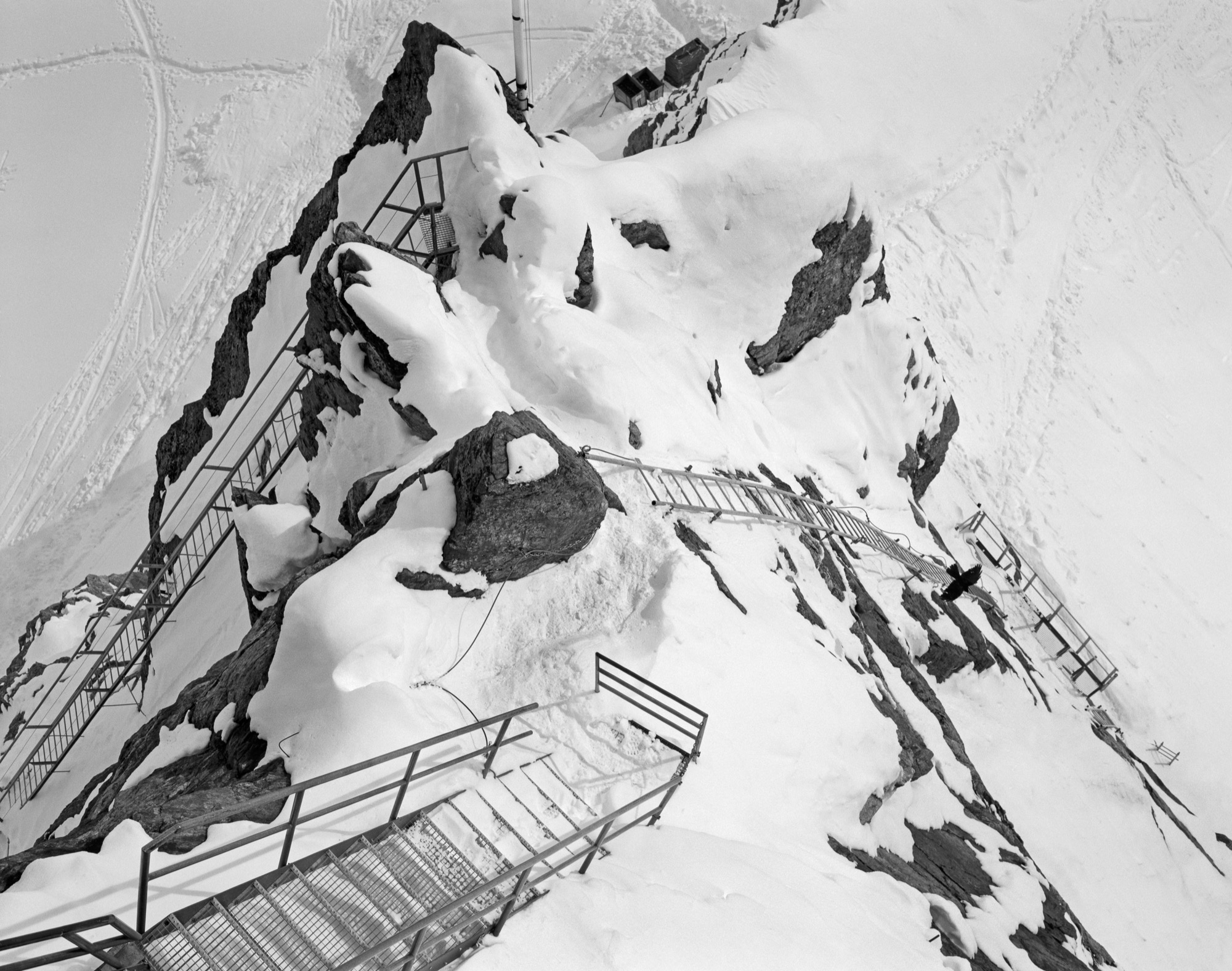
Using alpine touring skis, a small backpack, a folding medium-format camera, and twelve rolls of black-and-white film with ten exposures per roll, I set out to traverse and photograph a high route across the Alps. Each piece of equipment for this trip was chosen for its simplicity as well as its limitations—and for the extra time, attention, and patience it requires.
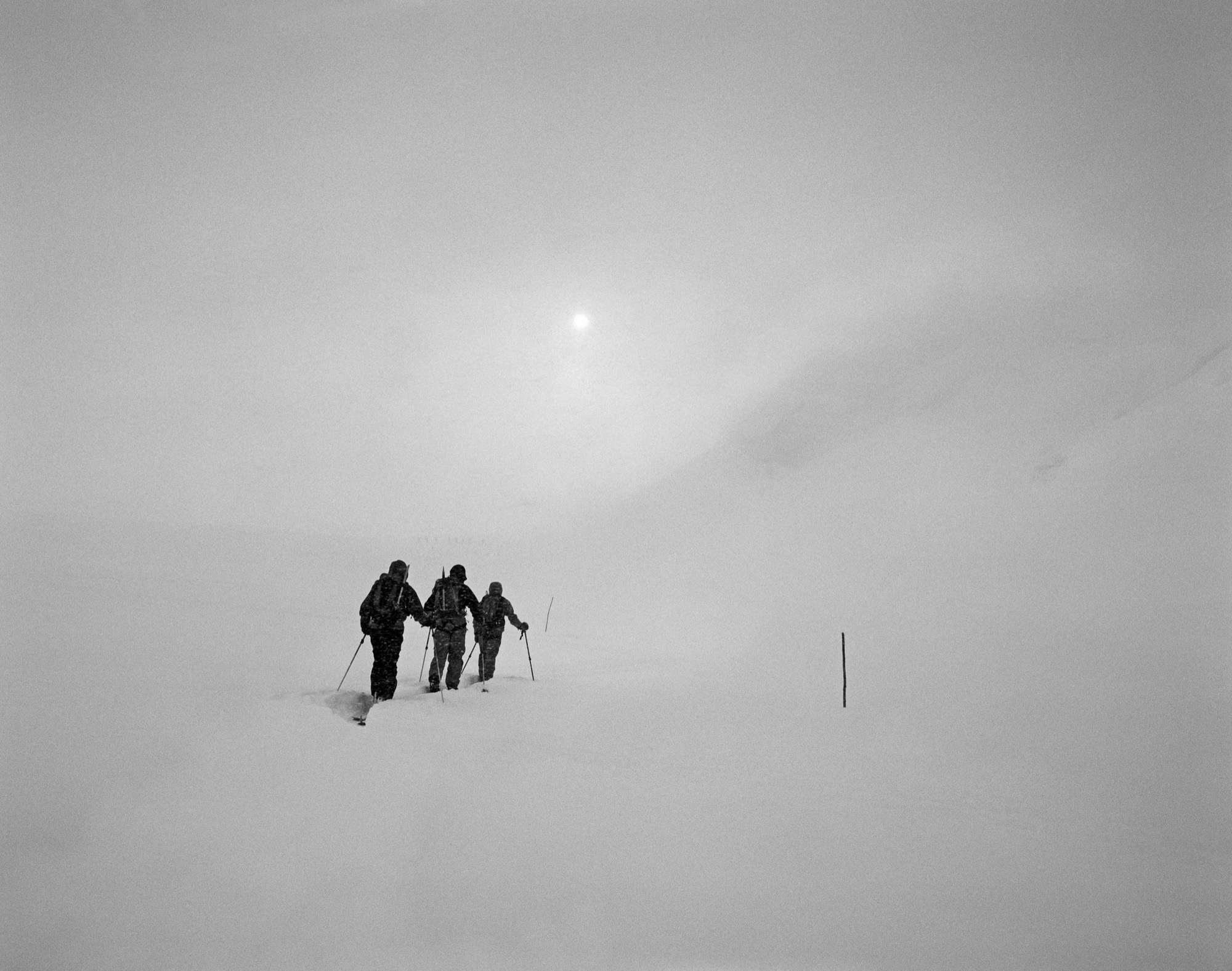
Traveling up and over mountains by skis has a way of shifting time away from something that is measured in minutes, hours, and days. Ascending one step at a time through untracked snow, the units become ski lengths, pole plants, breaths, sips of water, bites of food, daydreams, changes in weather or light.

The physical limitations of low-speed film in a mechanical camera call for a heightened attention to composition, exposure, and technique. Every frame becomes its own unique experience—one that builds gradually with each precise movement of the camera, each small adjustment for focus, aperture, or shutter speed.
"Every frame becomes its own unique experience."
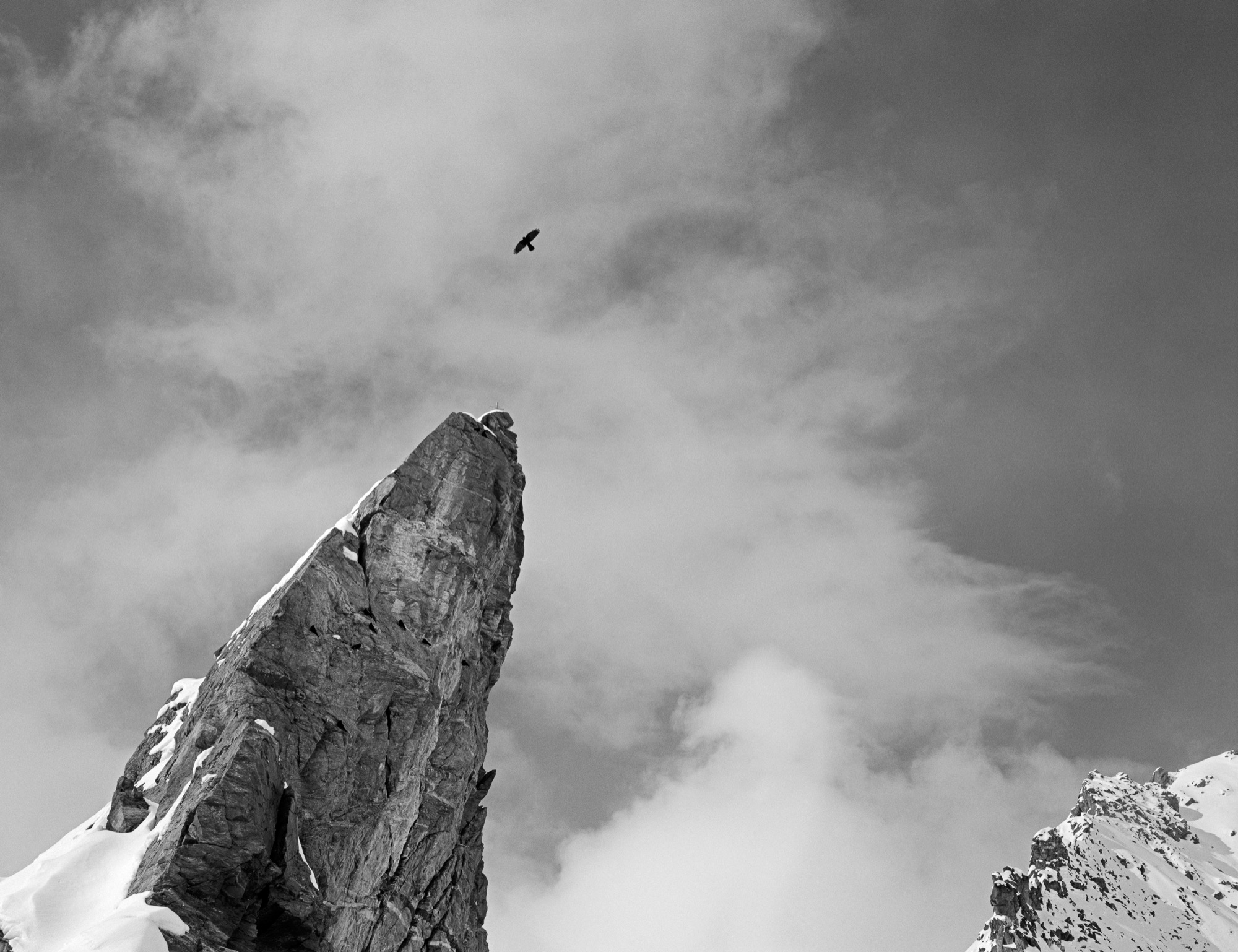
Once I’ve settled on an image, I take a deep breath and try to be as still as possible. High in the Swiss Alps, in the space between the breath and the click of the shutter, time slows to a stop.
"High in the Swiss Alps, in the space between the breath and the click of the shutter, time slows to a stop."
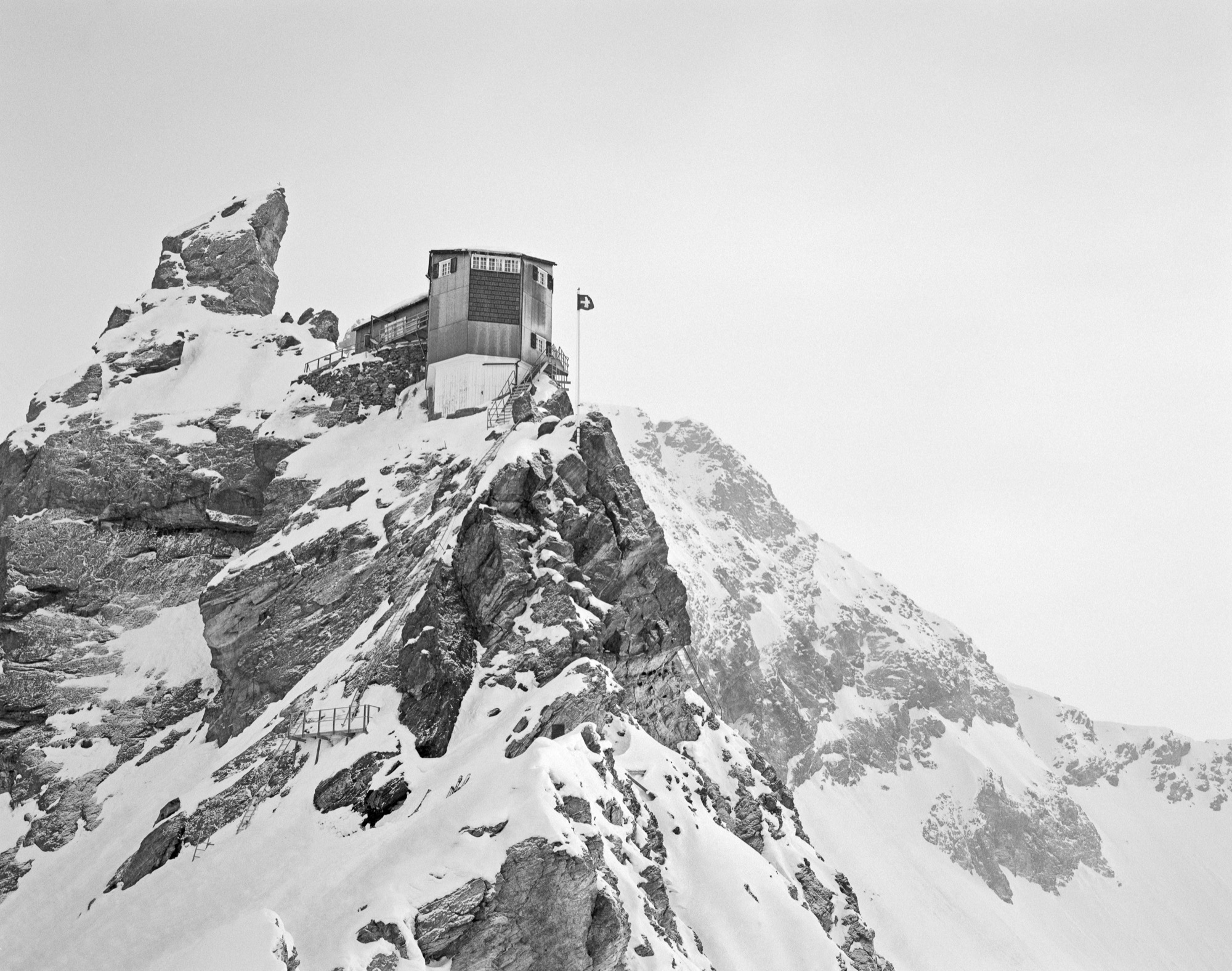
These images were made over the course of eight days, and selected from a total of 120 images, where just one exposure was allowed for each image. They have been minimally altered from their original form in order to stay true to the tonality of the film, and are the pure, unfiltered, timeless compositions that I’d been looking for. △
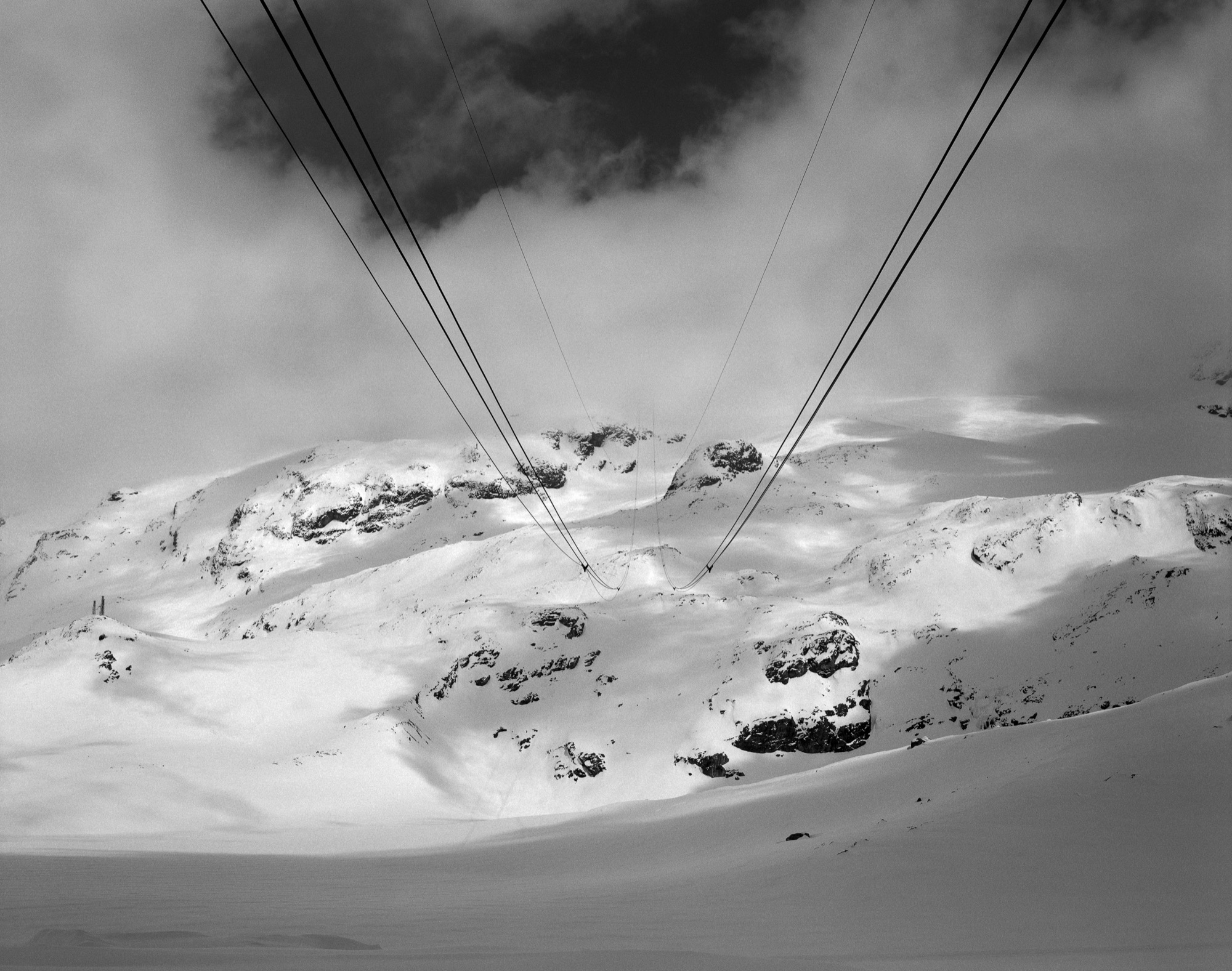
Airstream Dreams at AutoCamp Russian River
Wes Anderson meets the W Hotel at AutoCamp Russian River, where guests sleep in custom Airstream trailers and lounge at the midcentury-modern clubhouse
Nestled in the Russian River Valley, AutoCamp’s custom Airstream trailers and midcentury pavilion provide a boutique camping experience.
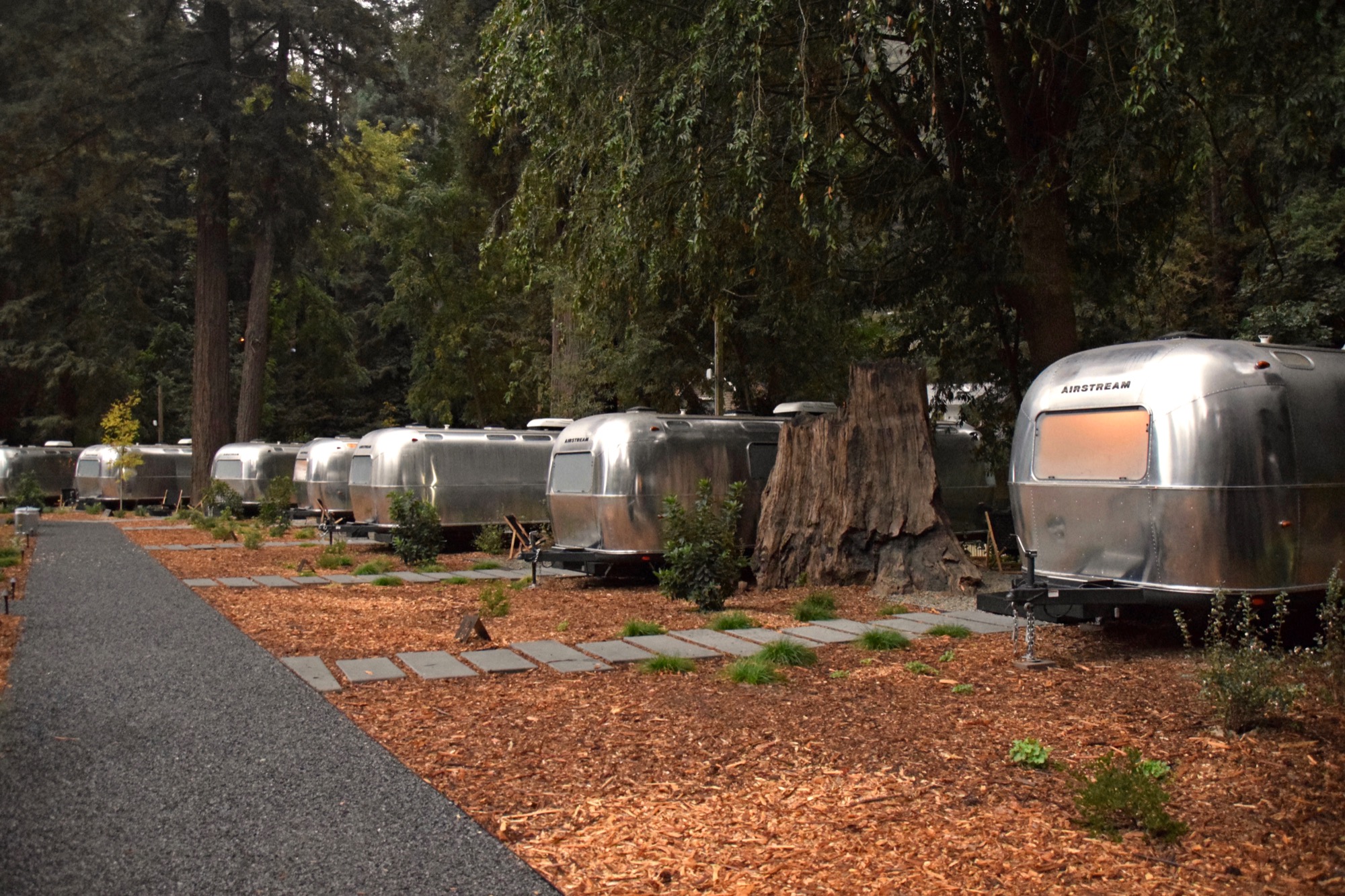
First established as a logging community in the late 1800s, the town of Guerneville, California, has grown to become an artist enclave, queer haven, and tourist destination. Seated in Sonoma County, Guerneville benefits from its proximity to wineries, redwood forests, beaches, and the bucolic Russian River, which winds along the 101. It has also been riding a new wave of revitalizations, most recently manifest in the opening of AutoCamp’s second location at the end of the town’s main strip. A cross between boutique hotel and campsite, AutoCamp Russian River is known for its Airstream accommodations, artfully furnished tents, and midcentury modern Clubhouse.
Over at Dwell.com, we had written about the Clubhouse before its opening and were eager to see the "glampsite" for ourselves, so we packed our bags for a weekend trip. What we discovered there is equal parts design and adventure. Whatever the category of trip—family outing, Airstream appreciation, or corporate retreat—AutoCamp allows you to “rough it” in style.
"A cross between boutique hotel and campsite, AutoCamp Russian River is known for its Airstream accommodations, artfully furnished tents, and midcentury modern Clubhouse."
The heart of the community
Turning off Old Cazadero Road into the parking lot of AutoCamp, we were greeted by the Clubhouse, a modernist structure designed by ANACAPA. It provides a sense of arrival and sets the tone for the experience. It also stands as metaphor for the continued renewal of Guerneville, since it sits on the very site of the clubhouse belonging to Spooner’s Resort, an ill-managed, unsavory RV park that was previously on the property.
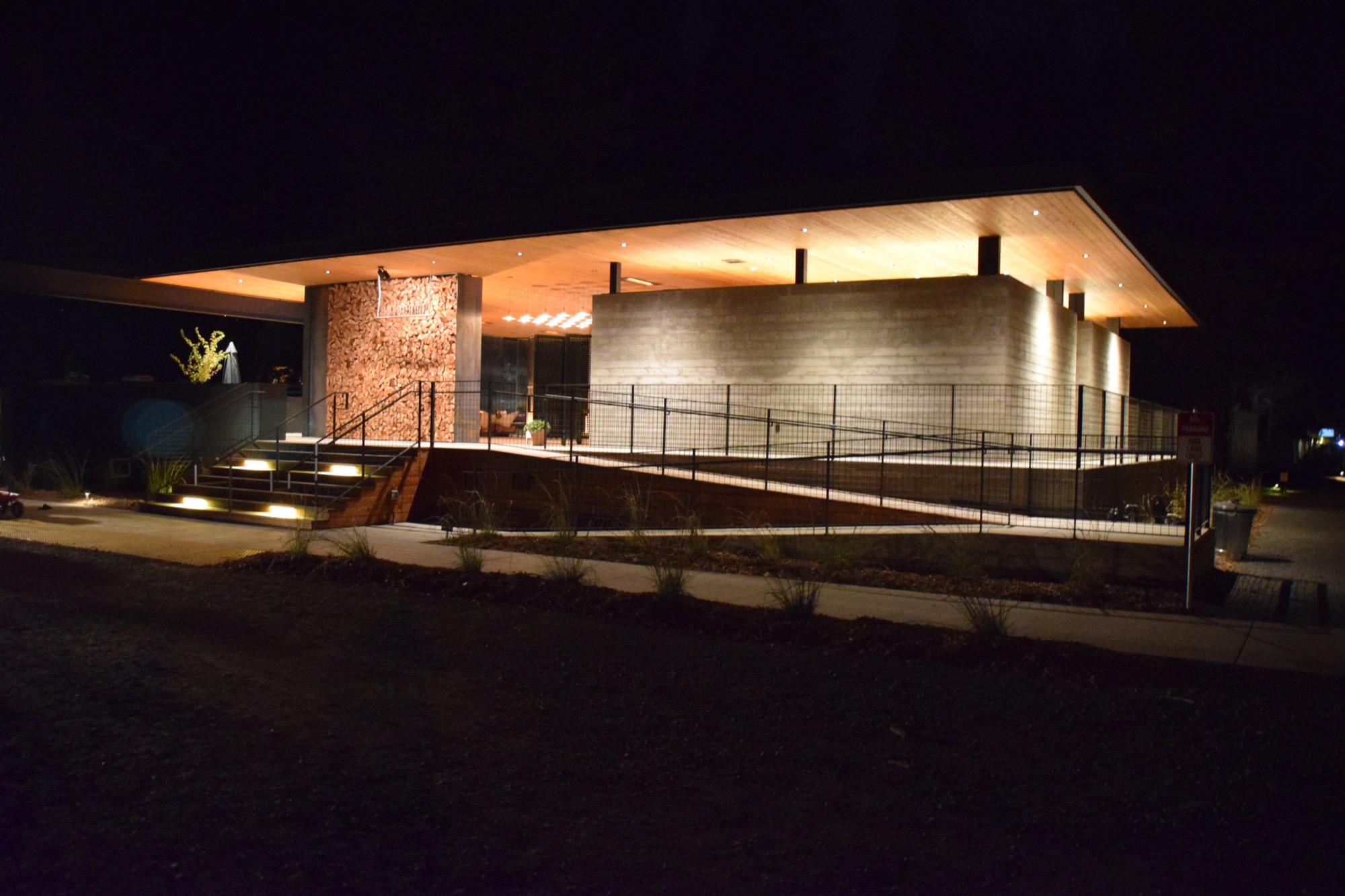
For the 3,000-square-foot structure, Dan Weber drew inspiration from midcentury masterpieces like the Barcelona Pavilion by Mies van der Rohe and the Kauffman House by Richard Neutra. The pronounced horizontal planes of the Clubhouse are a launchpad for the soaring verticality of the surrounding forest. Its robust material palette of board-formed concrete, locally harvested redwood, and blackened steel not only speaks to the natural setting, but also acts as safeguard against the periodic flooding that occurs in the area.
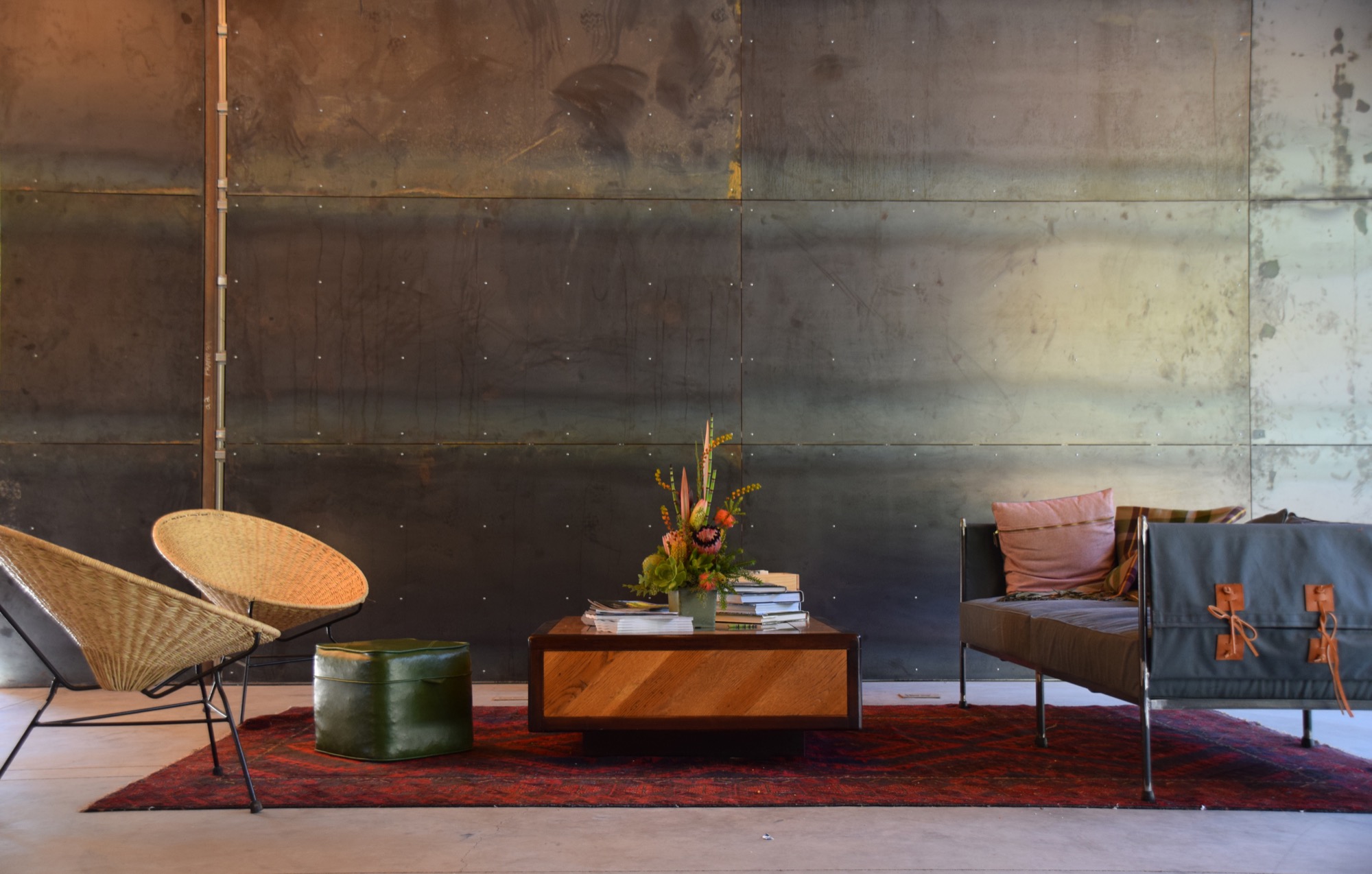
The Clubhouse evoked a persistent sense of homecoming as we jetted to and from camp. For guests, it is the reception area and rallying point: a hanging fireplace and custom-designed furniture by Alexis Moran invite you into their halo of warmth; on the north side, an outdoor fire pit offers views of the meadow and the glinting Airstreams that encircle it. There’s a lounge section stocked with books and magazines, an ideal spot for enjoying a cup of joe from the coffee bar—and for those staying in canvas tents, the Clubhouse provides luxurious bathrooms and showers. With so much traffic, the Clubhouse is the true heart of the community, a place to decompress, play a game of dominoes, and meet and swap stories with fellow travelers.
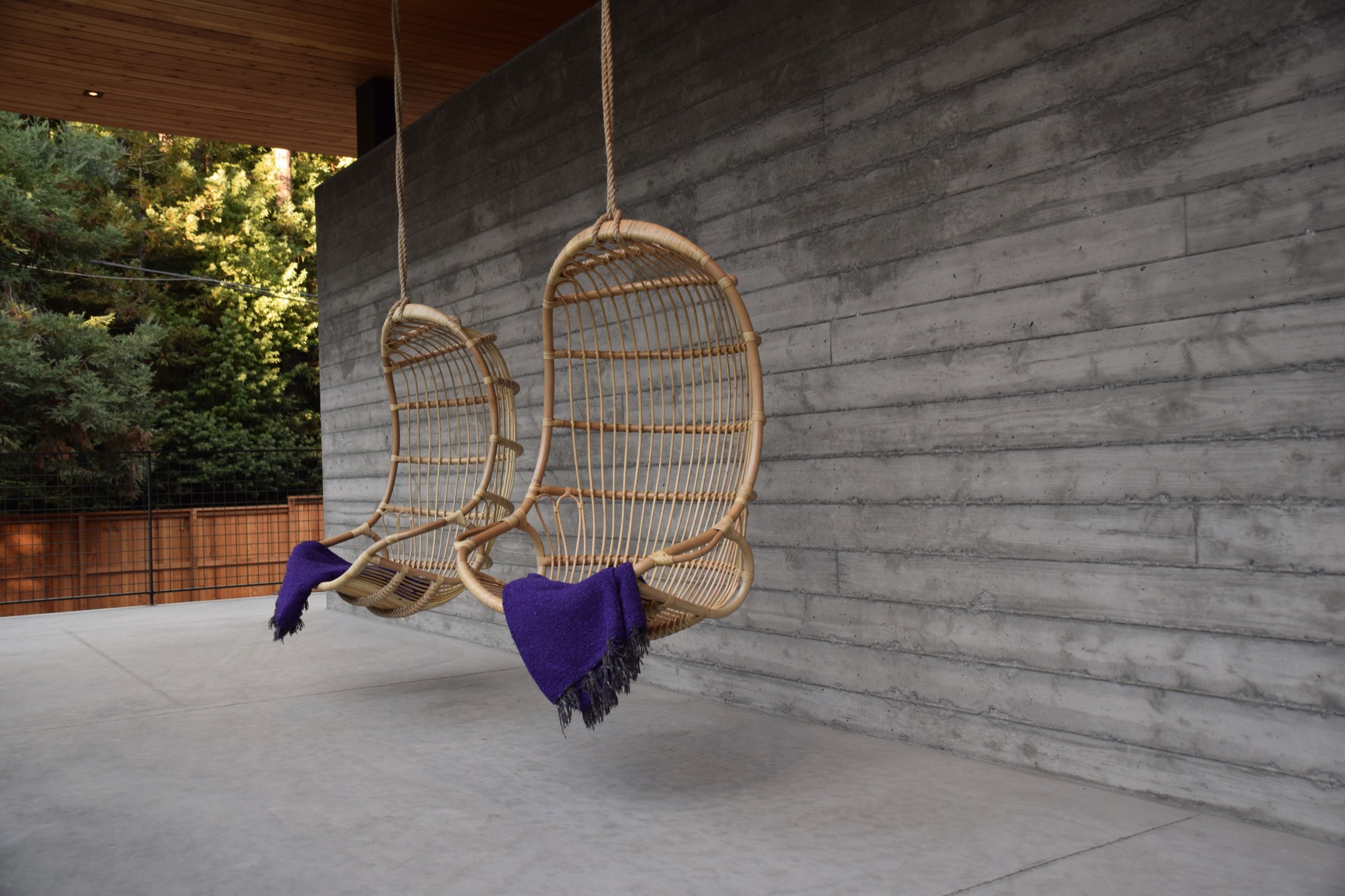
Ryan Miller, co-founder of AutoCamp, is excited about putting down roots in Guerneville. Originally from southern California and now a Bay Area resident, Miller had been driving up the coast on a road trip when he came across the town. Immediately, he knew it was something special. “It’s the tightest community,” he said. “You get the sense that something is peaking.”
The AutoCamp experience is always evolving, and there’s room for the community presence to grow even stronger. Future programming like yoga classes, ecology talks, movie screenings, kids’ activities, and maker workshops will revolve around the Clubhouse. Already, it has hosted a pop-up event with local entrepreneur and restaurateur Crista Luedtke—whom many credit for Guerneville’s transformation—serving dinner, and Phoebe Dahl of ethical clothing line Faircloth Supply Co taking over the Canteen, the Clubhouse’s general store.
Setting Up Camp
By day, the 23 Airstreams on the grounds have a striking effect, their silver bodies giving off a pearlescent glow; by night, their windows gleam in the darkness. Whether you’ve been a longtime fan of this American icon or just discovering the classic camper, staying in a custom-designed Airstream is a rare experience. Thanks to the vision of architect Dan Weber and interior designer Lauren Geremia, the accommodations strike a balance between rustic and modern, emphasizing comfort without losing their connection to the outdoor setting.
“She had a good feel for the culture,” said Miller of Geremia. “It was cool to work with someone who could facilitate so many creatives coming together.” From sourcing artwork to recruiting furniture makers like the aforementioned Moran, Geremia helped realize the warm, folksy vibe that pervades AutoCamp. We were taken with every detail: pendant lights by Schoolhouse Electric hang on either side of an indulgent Casper mattress, and vintage Observer’s books provide a bit of bedside reading. The homespun touches complement luxe elements like the marble tiles lining the bathroom and the crisp walnut cabinetry.
"Whether you’ve been a longtime fan of this American icon or just discovering the classic camper, staying in a custom-designed Airstream is a rare experience."
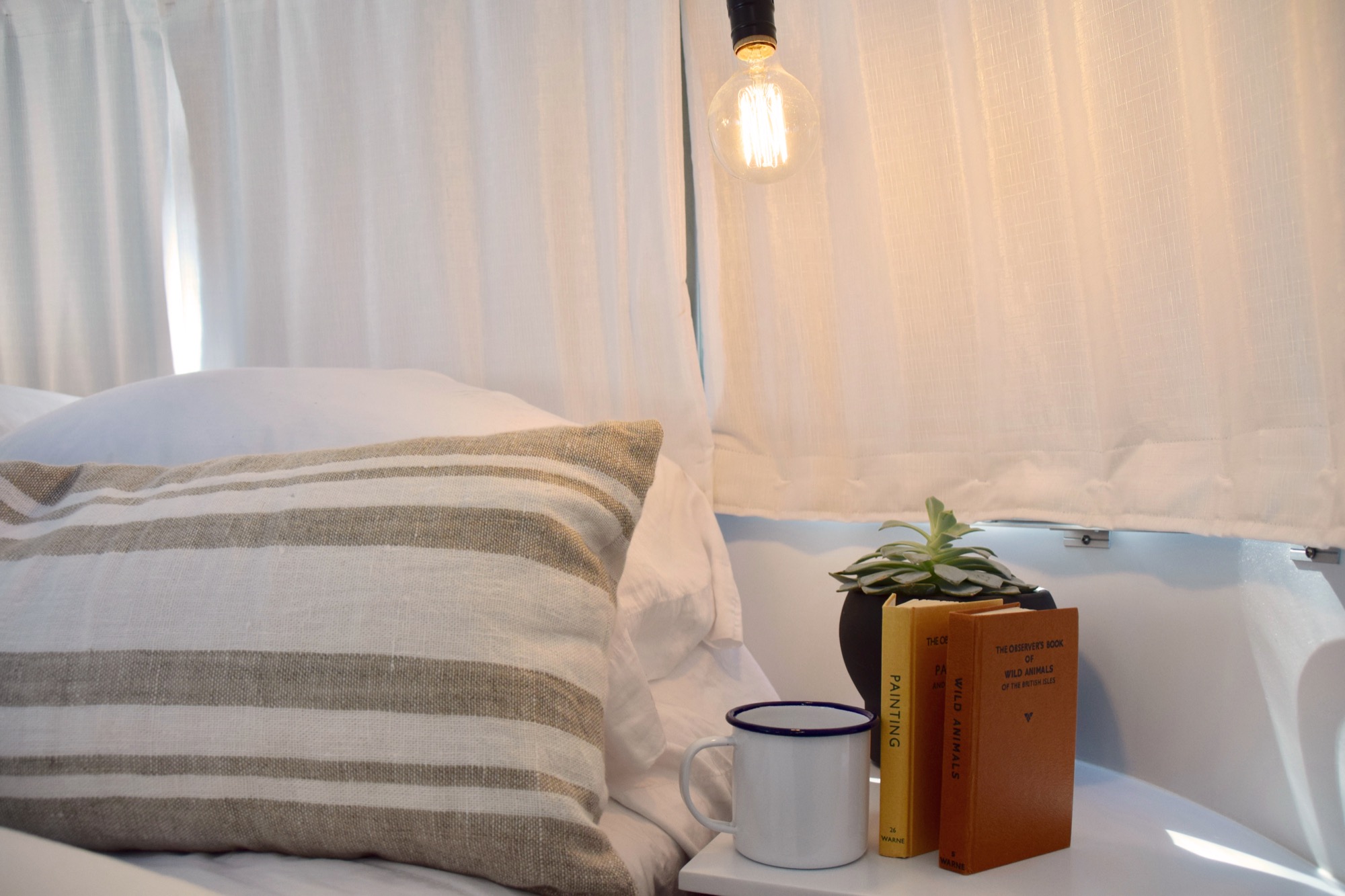
For those who prefer to hibernate at home base—or just want to relax after a day of traipsing through the woods—the Airstream is equipped with a wall-mounted flat screen TV and a Bluetooth sound system. A thoughtfully stocked kitchen and a private deck area allow you to brew coffee or fry eggs and bacon in the morning. And no campsite would be complete without a fire pit, the perfect stage for roasting s’mores (psst—if you forgot to grab marshmallows at the store, the Canteen stocks grab-and-go S’mores Kits).
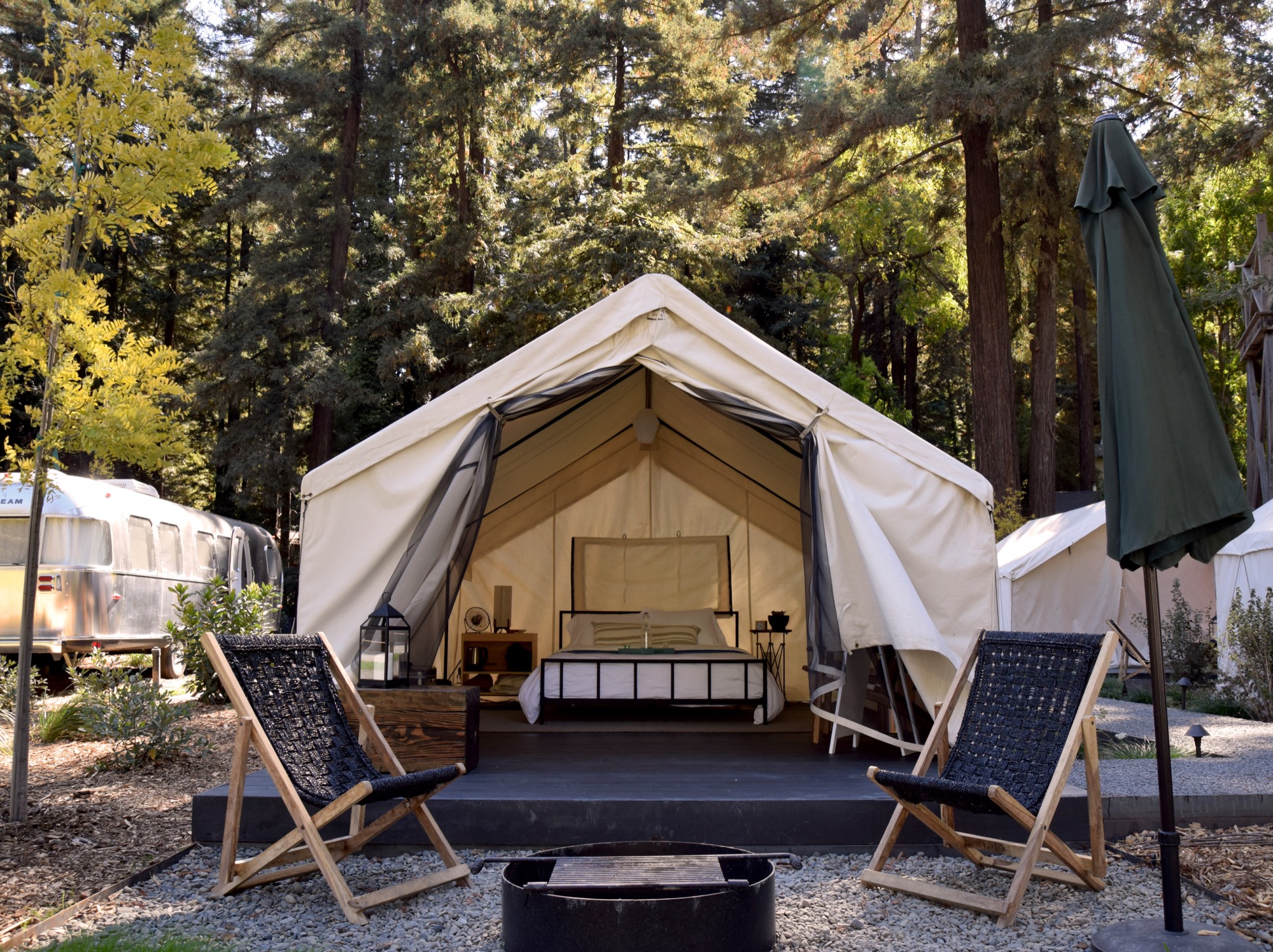
The 10 canvas tents on site, made by Wyoming-based Sheridan Tent & Awning, harken back to Guerneville’s heritage as a logging town. Geremia’s stylings—think Wes Anderson meets the W Hotel—create a cozy-chic atmosphere that caters to families, friends, and romantic couples alike. AutoCamp originally had a funky, vintage style, but over time, says Miller, “We found ourselves in a clean, modern aesthetic and layering textiles.”
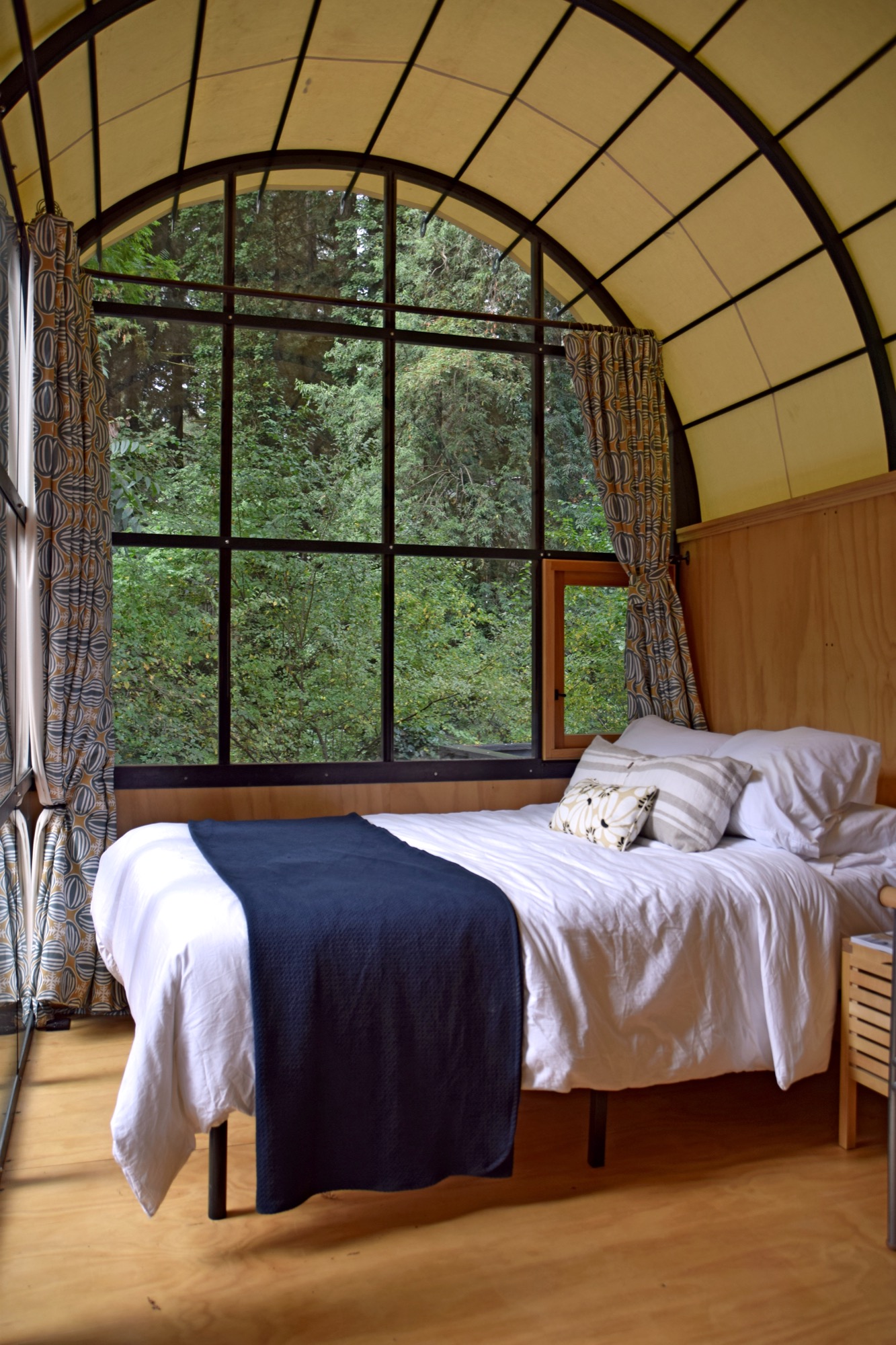
An accessible cabin built by Shelton Huts, run by Mattie Shelton and Evan Walbridge in Santa Barbara, rounds out the grounds. A steel structure wrapped in canvas with plywood floors and walls, the hut has a glass facade that offers a lush view of the banks of Hulbert Creek, which runs along the west side of camp. Custom fabric curtains designed by architect Jeff Shelton, Mattie’s father, provide shade and privacy.
"Think Wes Anderson meets the W Hotel."
Launchpad for Adventure
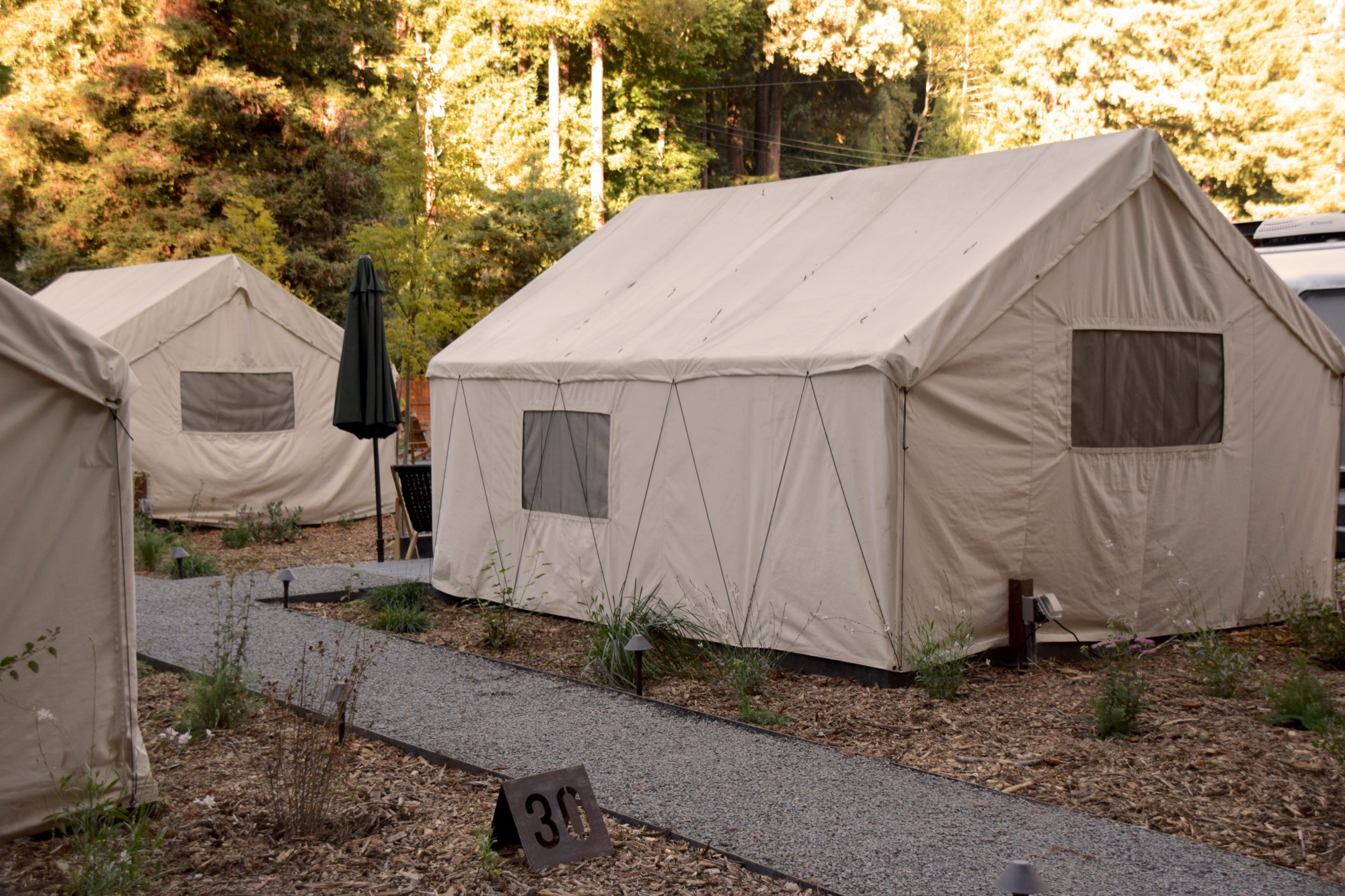
You won’t be at a loss for things to do at AutoCamp. Emerging from your Airstream or tent in the morning is an event in itself—bundled against the early chill, we helped ourselves to coffee in the Clubhouse and looked out at a meadow cloaked in fog. Linus bikes, helmets, and locks are available on a first-come, first-serve basis; on our journeys into town, we spotted several of these distinctive baby blue beach cruisers. You can check out beach towels and umbrellas to bring to the river or borrow a bocce ball set for a leisurely game on the green. An adjacent playground, basketball court, and tennis court, though not affiliated with AutoCamp, are easy to access as well.
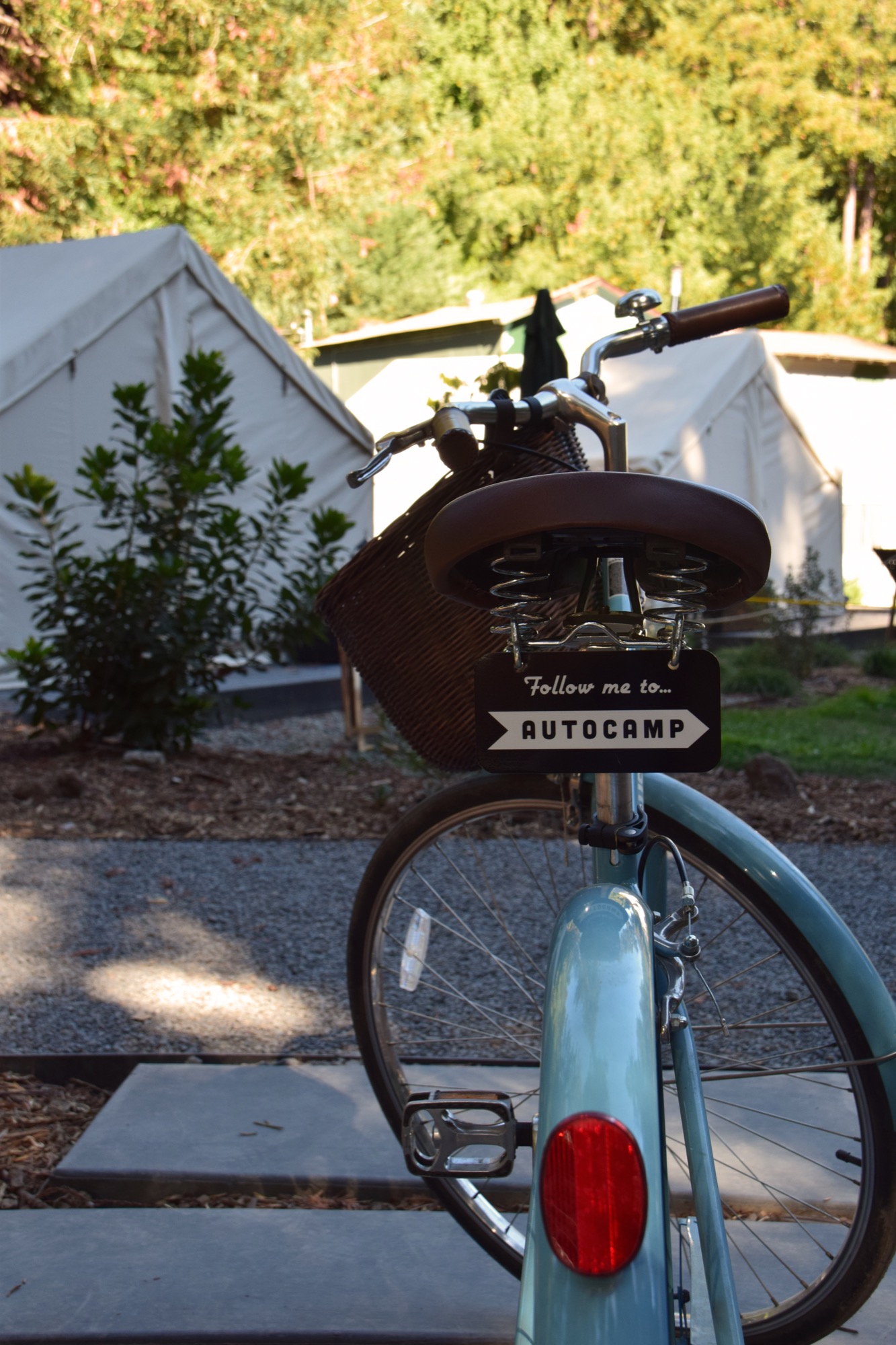
Where else you go is up to you. Describing AutoCamp, Miller said, “It’s a platform to jump off of. The best experience at AutoCamp is using it as a base camp for exploration.” From exploring the local scene to getting lost in nature, the Russian River Valley has much to offer—and AutoCamp puts it all at arm’s reach.
“It’s a platform to jump off of. The best experience at AutoCamp is using it as a base camp for exploration.”
Nightly rates for tent accommodations start at $139, while Airstream camping starts at $225. △
Monolith on the Mountain
In the Slovenian Alps, Bivak Pavla Kemperla sticks up for alpinists
Bivak Pavla Kemperla, a black beacon for mountaineers in the rugged landscape of the Slovenian Alps, was designed by Slovenian architect and alpinist Miha Kajzelj of the firm MODULAR arhitekti in Ljubljana, Slovenia.
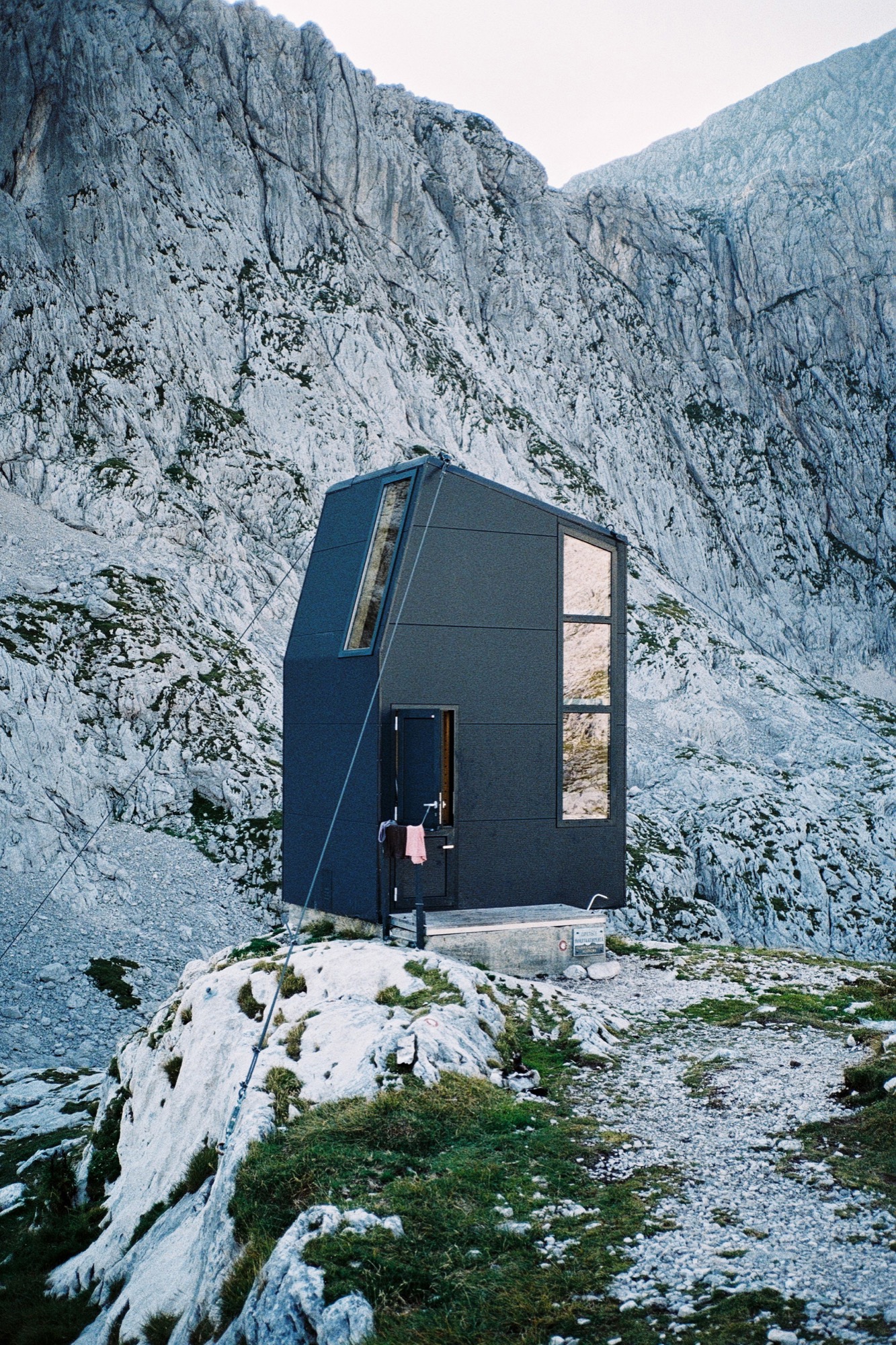
Situated at 2104 meters (6903 feet) above sea level in the Kamnik Alps north of Ljubljana, the bivouac under Grintovec was built in 2009 to replace an old shelter that stood there since 1973. The three-level structure is built on a concrete base. The long, vertical windows maximize the magnificent mountain views.
Its outer skin, made of aluminum isolating panels, is designed to prevent loss of the heat produced by the people inside. The inner skin is made of perforated wooden panels designed to wick body moisture out; so the interior always feels dry and warm. As a result of the vertical three-level concept, the upper sleeping level is warm, as the heat from below rises up.
The tiny, simple volume—2 × 3 × 4.5 meters (6.6 x 9.8 x 14.8 feet)—sleeps eight people.
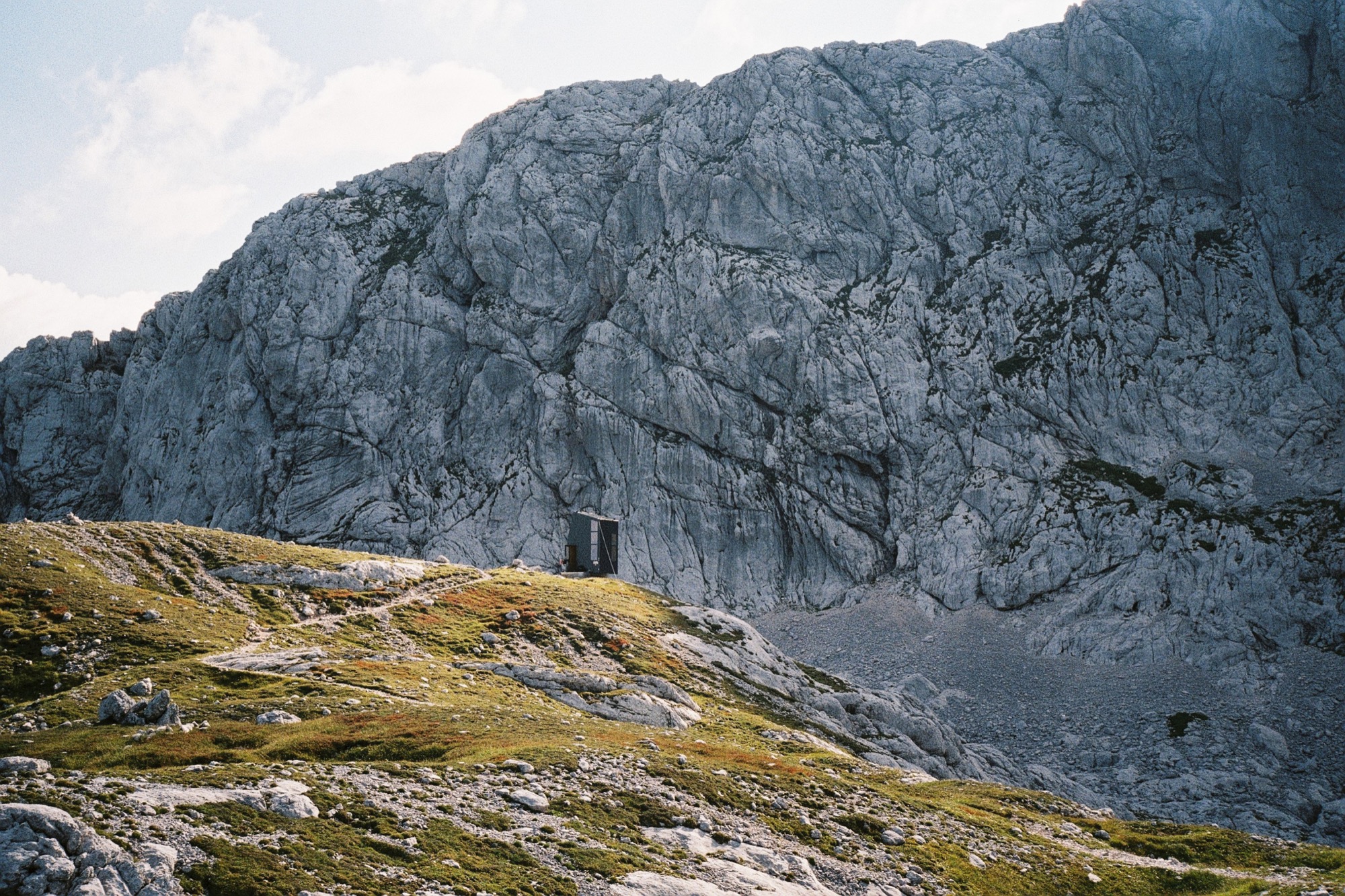
Bivak Pavla Kemperla is dedicated to Pavle Kemperle, a Slovenian alpinist.
Photographer Jaka Bulc (@jakabulc) discovered the bivouac for us with his lens
He writes about his experience:
The first part of the marked trail to this bivouac is usually very crowded, since it leads to a popular mountain hut on the Kokra Saddle and then onwards to Grintovec, one of Slovenia's most frequently visited mountains.
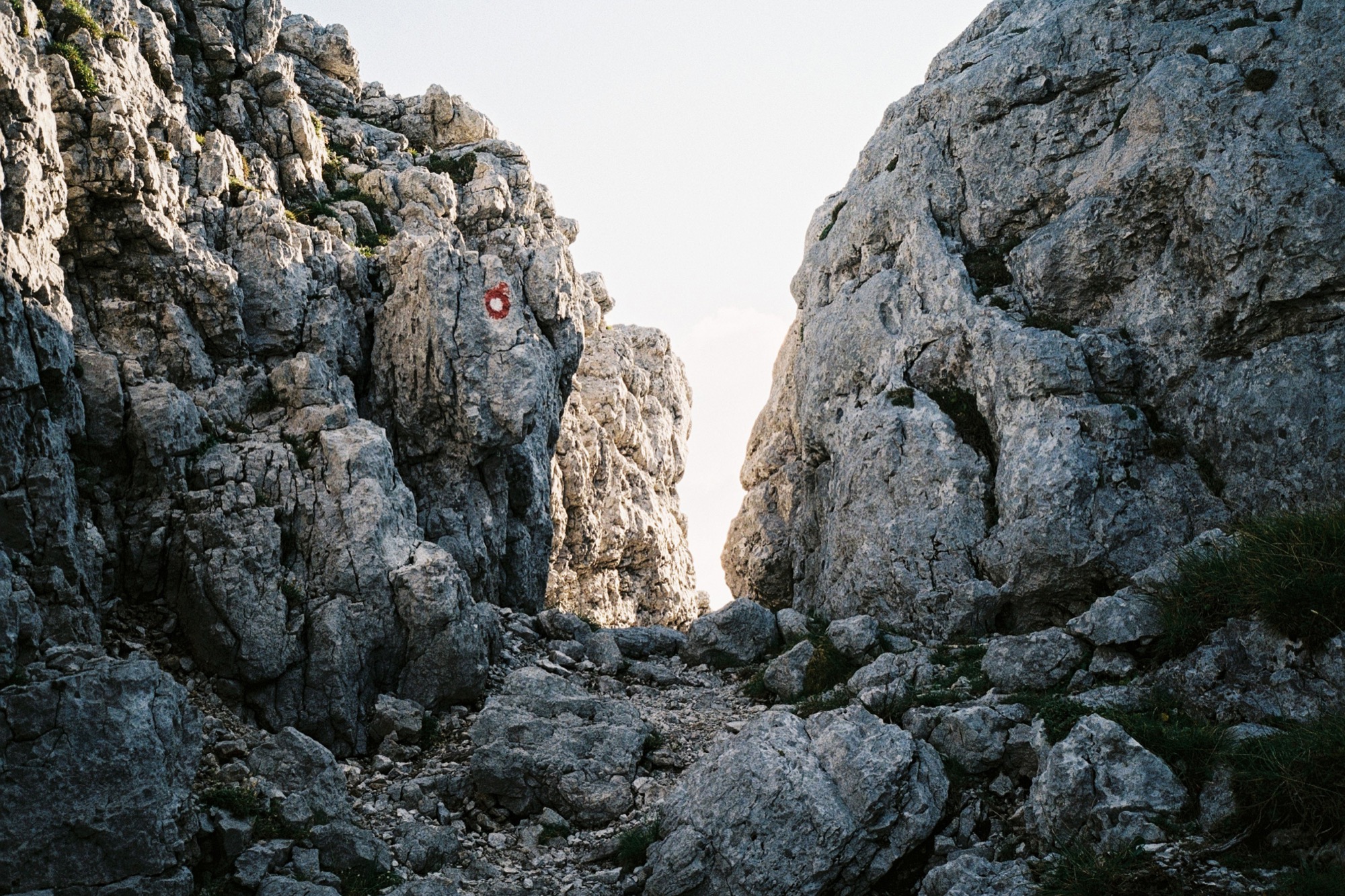
The trail to the bivouac gradually veers off and goes through an interesting passage to a scenic path that winds its way across the steep rocky slopes of Grintovec. We reached the bivouac late in the afternoon and bumped into two other hikers, who were just getting ready to summit a couple of nearby peaks.
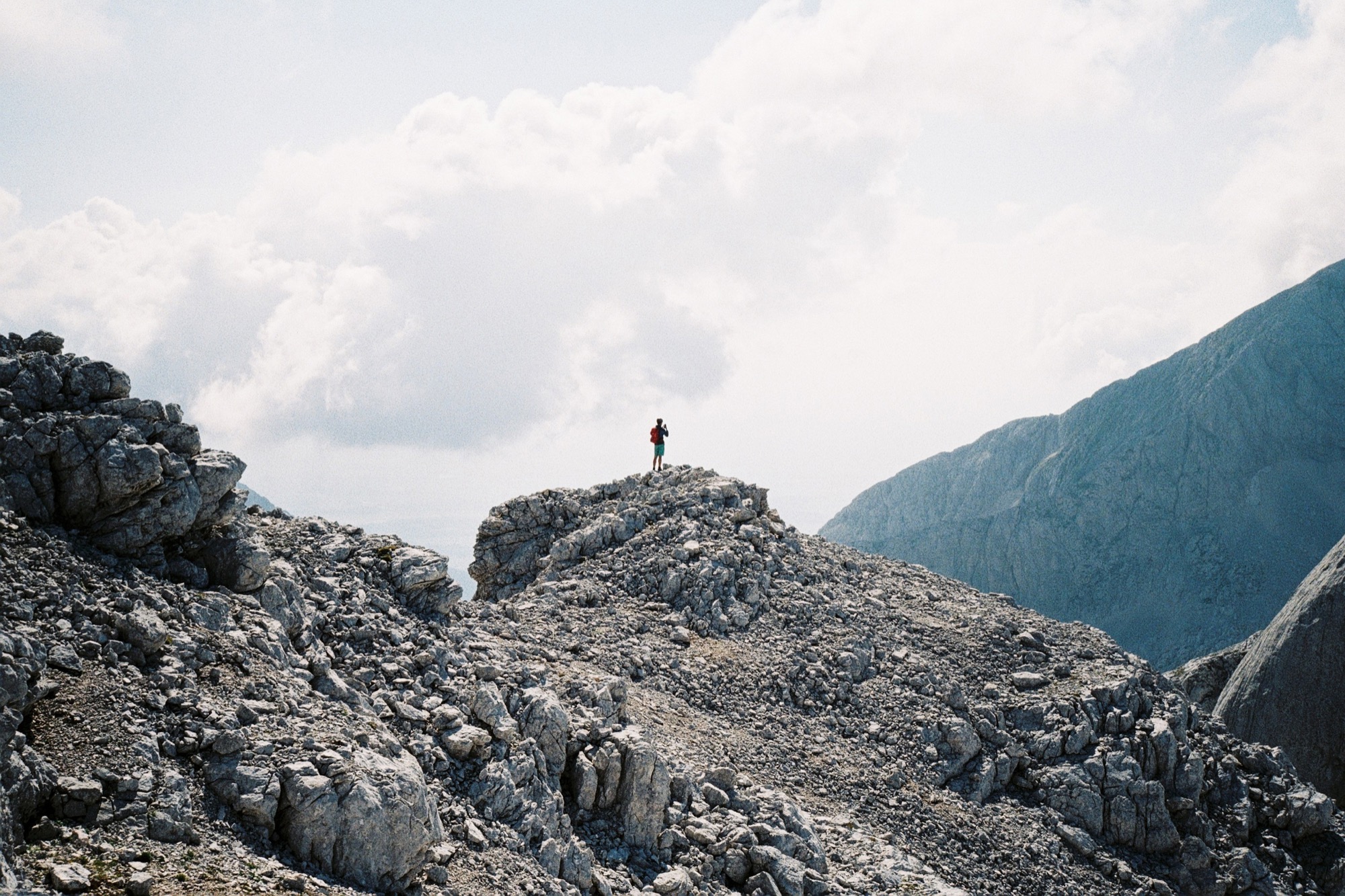
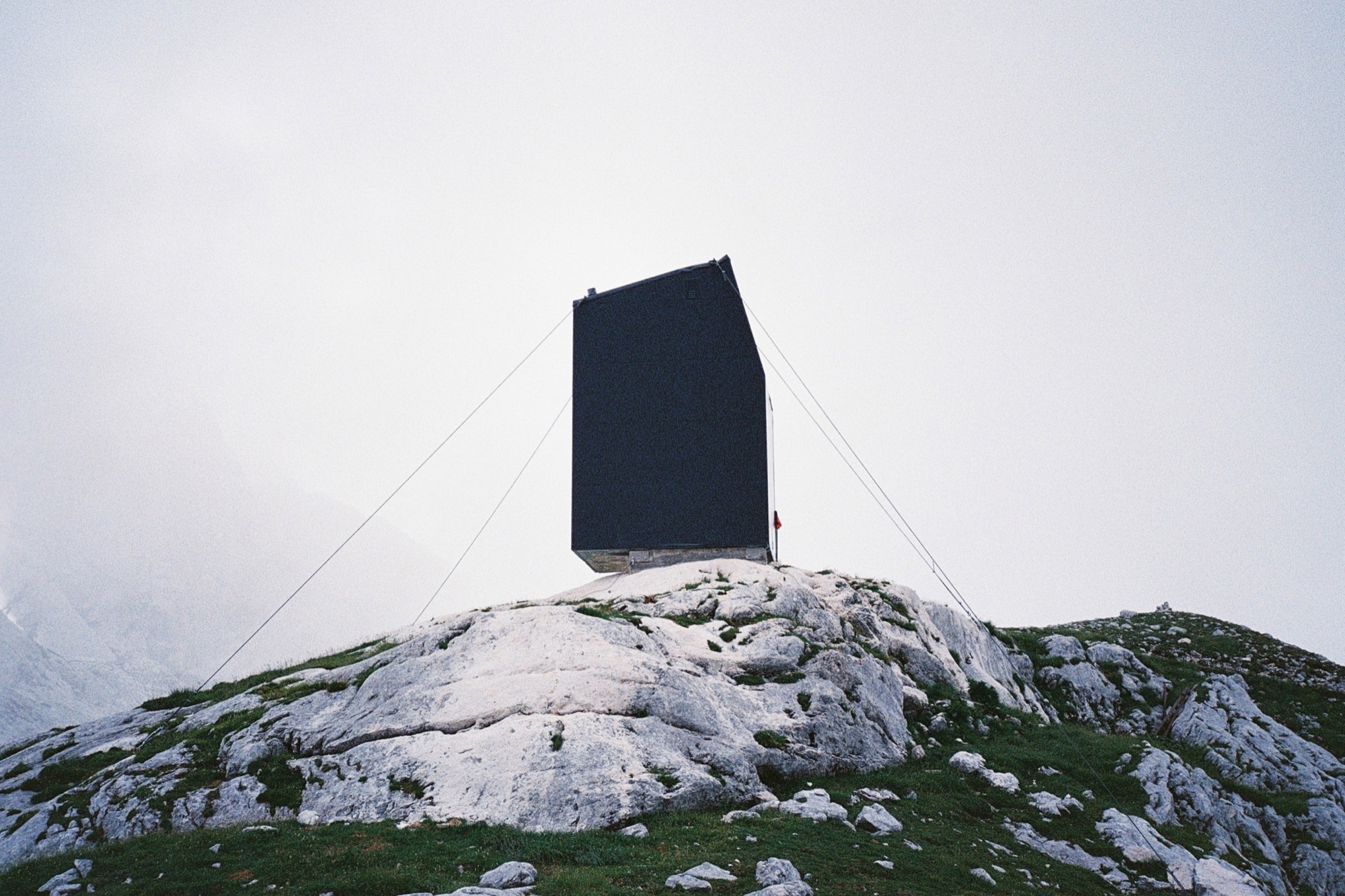
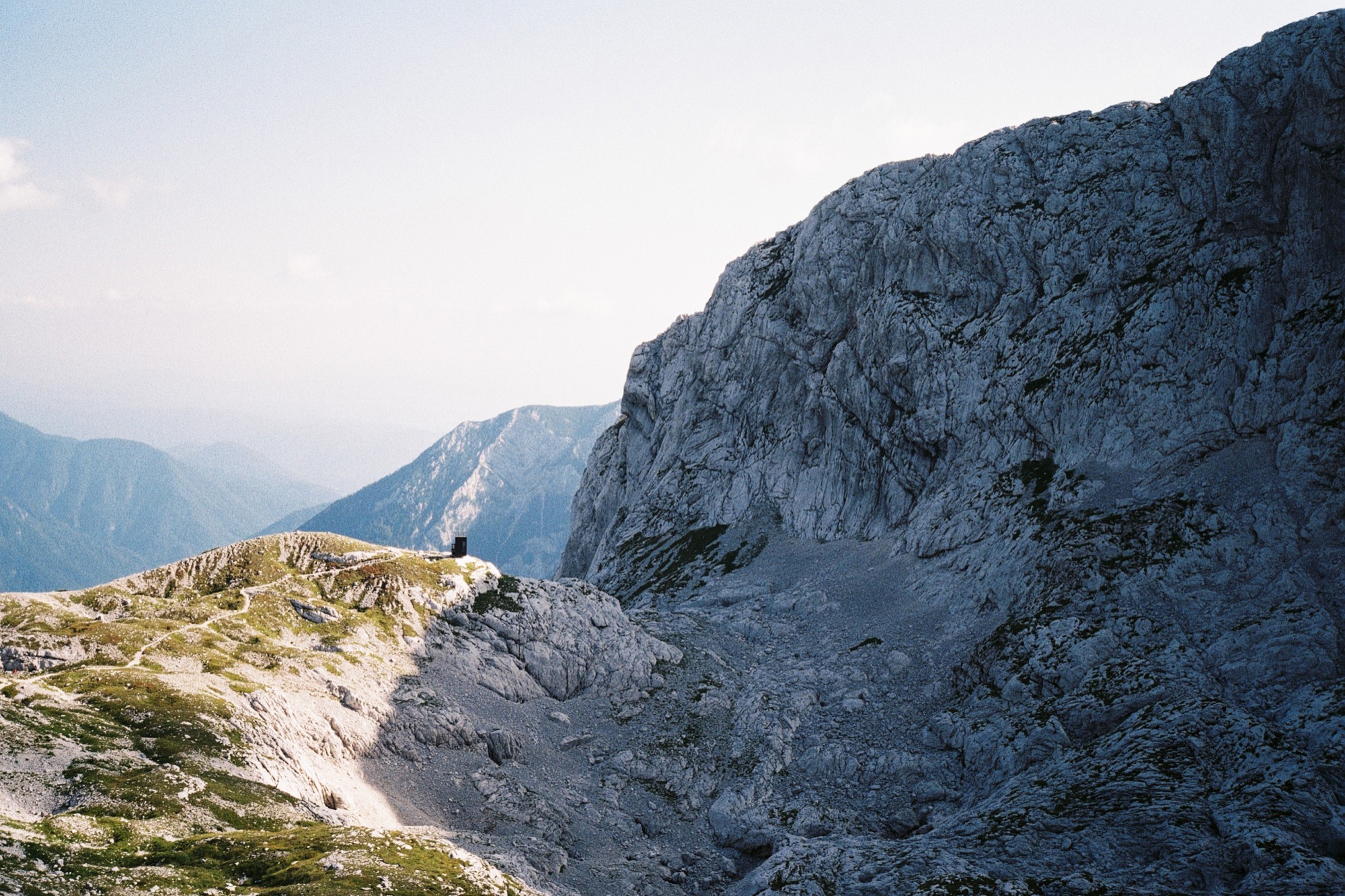
The monolithic building gives the impression of being sheltered by the natural amphitheatre of rock walls, although the bivouac sits on a knoll that gently rises over the surrounding landscape. △
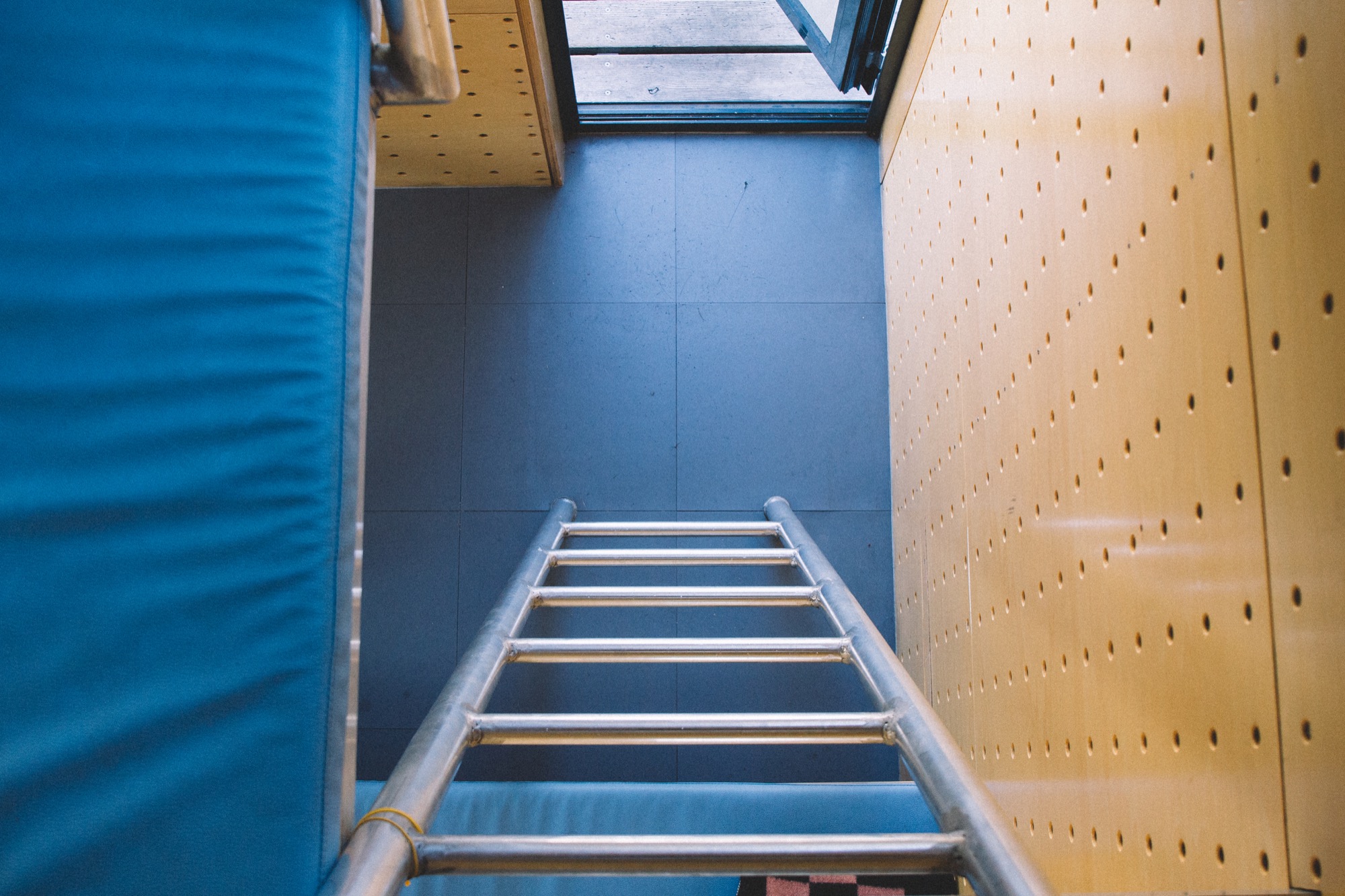
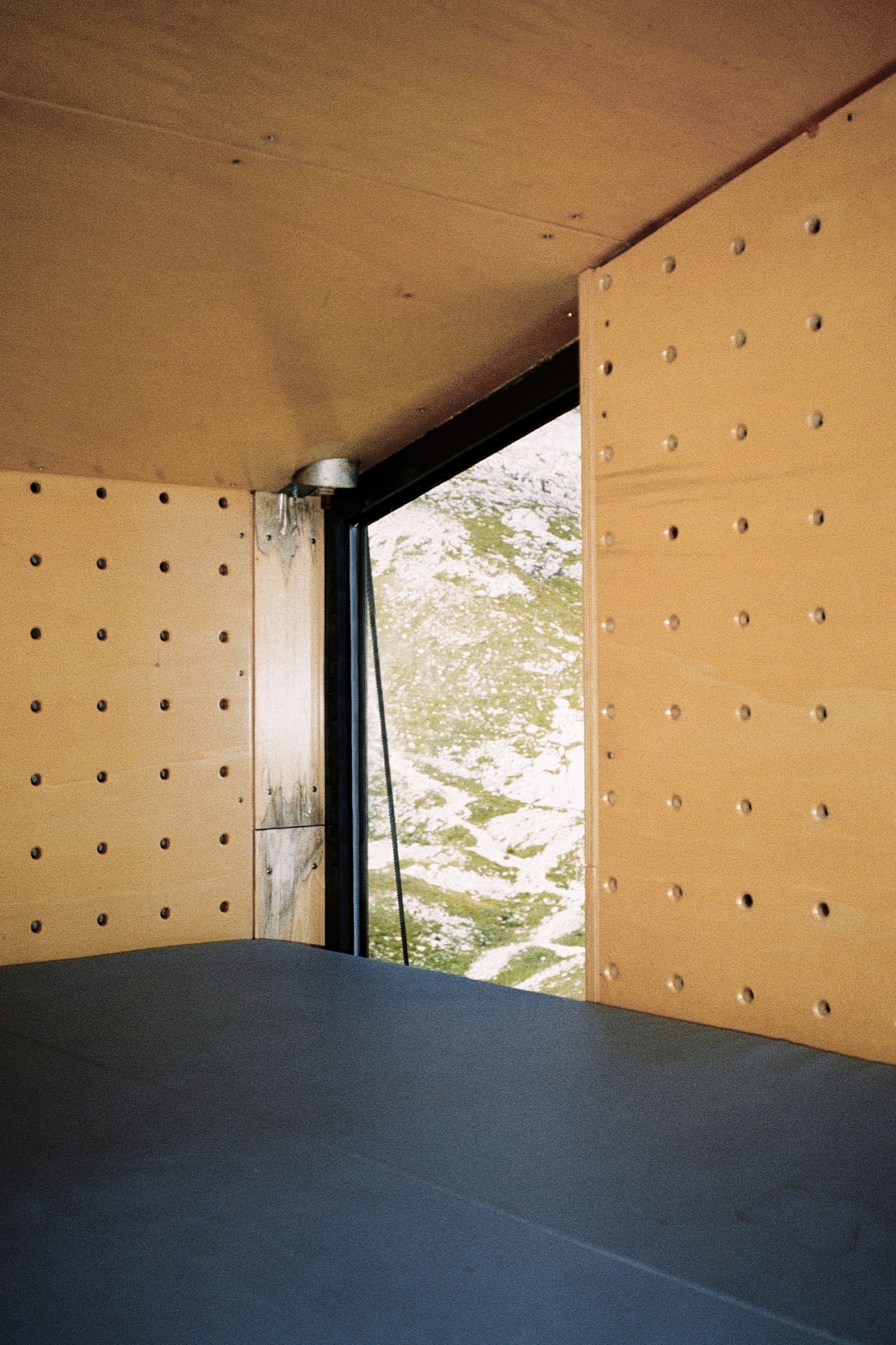
Your Highness: Chalet Zermatt Peak
Celebrities and royalty stay at this über luxurious chalet with majestic Matterhorn views
Zermatt / Canton of Valais / Switzerland A stay at Chalet Zermatt Peak with views of the majestic Matterhorn is pure indulgence, and that begins with the location: Zermatt is one of the most beautiful mountain resorts in Europe.
“Chalet Zermatt Peak was designed to make the most of its stunning surroundings,” says Sarah Hixon- Broad, head of sales and operations at Chalet Zermatt Peak. “Floor-to-ceiling windows offer guests unrivaled views, and the interior had no expense spared to make it the most luxurious chalet in the village.” Rated “five star plus,” the five-bedroom chalet comes with a personal chef, concierge, serving staff, housekeeping, and masseuse. Though Hixon-Broad won’t drop names, she says, “We have had members of several European royal families, celebrities, and sports personalities.”
Oh La La, Très Chic: Chalet Les Gentianes
A very private ski-in/ski-out chalet in the French Alps
Courchevel / Saint-Bon-Tarentaise / France Les Gentianes is truly a ski-in/ski-out chalet amid a winter wonderland in the French Alps. The chalet is located right on Courchevel’s Bellecôte piste in the prestigious and quiet Residence de Bellecôte. The splendid vacation rental with seven bedrooms and seven bathrooms is one of three exclusive chalets at this residence. The catered chalet has a swimming pool, Jacuzzi, massage room, and gym.
The centre of Courchevel is a less than five minute’s walk away.
Retreat and Return
An essay on escaping to anywhere but here, getting messy in nature, and connecting to what is real
If you stand in the middle of an empty Downing Street, around 30th Avenue, in Denver and look straight ahead, you will see a light-rail station jettisoned beside the street and some low level buildings that litter the periphery as a long stretch of asphalt leads the eye to the horizon. Miles away, two grayish, 1980s skyscrapers frame a view of the foothills. You can make out the patches of snow and tree lines along the ridge and grasp for them. This glimpse of the mountains through the frame of the city, surrounded by civilization and commodity, creates the desire to run from the banal into the still, quiet reserves of solitude. Civilization and solitude, city and wilderness, the balance and distinctions can often be so tenuous and vague. Where does one start and one begin?
Filter of escape
When I think of escape, it’s about an ethereal atmosphere: where the light sending shafts across your face is just right, words fall with a satisfying poignancy; it’s very poetic and meaningful. It is the sort of moment where you imagine that you could probably write a play, or a memoir. It is often meticulously calculated and captured on social media. It’s this dream I sometimes have: his face clear amongst a hazy backdrop, and there is a golden glowing that moves warmly across his lips as they move. It is late summertime. I do not know what he is saying, but I feel the meaning of the words. There is a way that our photographs make things much softer, much more beautiful, much more inhabitable than they really are.
“It is the sort of moment where you imagine that you could probably write a play, or a memoir.”
How do we value the observing and interacting within landscapes without resulting in the dreamy nostalgia of escapism? What is the danger of over-romanticizing our nature, our hideaways?
Historically, “escape” denoted fleeing towards liberty, freed from an irksome or controlling reality. It was only in the 1930s that escape began to be used etymologically as a method for retreating from reality. To “escape” became “escapism”: the tendency to seek distraction and relief from unpleasant realities, especially by seeking entertainment or engaging in fantasy, modeled by escapist literature that provided a refuge for those harried by the changes in modernism.
Similarly, in the 1800s, the noun “hideaway” denoted a person running away or a fugitive but shifted in the 1900s to primarily be used to describe a place of concealment or retreat.
Modern escapism
Research on “escapism” began in the 40s and 50s, a post-war mentality in which escape was a necessity, and researchers examined the connections between media consumption and life satisfaction. In 1996, Peter Vorderer described escapism as the desire most people have, in unsatisfying circumstances, to flee reality in a cognitive, physical, or emotional way.
Geographer-cum-philosopher Yi-Fu Tuan’s book Escapism is a dazzling exploration on cultural manifestations of this desire. In Neolithic times, our ancestors may have built shelters and plated crops to escape nature’s harshness, but now we escape the urban for the suburban lawns and parks. Tuan speaks of Disneyland, glass-towers, ivory towers, and malls—all tenuous monuments to the dream, away from the uncertainties of life, often imposed by a nature we still cannot yet control. At what point, Tuan argues, is escape inescapable? How is escapism hardwired into our human makeup? If to escape reality is to create a malleable nature, then what aspect of culture is not escape?
“If to escape reality is to create a malleable nature, then what aspect of culture is not escape?”
Away, away
“The grass is greener on the other side,” runs the clichéd motto. I often search for discounted plane tickets the night before a large deadline or after a particularly nasty fight. I could move somewhere else; I could start over. I would not need to worry about these things if I ran. A sudden urge to sprint until I’m panting, until all the air has dispelled from my chest, to use my body, overcomes me. It reminds me of an Avett Brothers refrain:
The weight of lies will bring you down And follow you to every town 'cause Nothing happens here that doesn't happen there So, when you run make sure you run To something and not away from 'cause Lies don't need an aeroplane to chase you anywhere
Plainly, People want to “get away,” and I fully understand the desire. Ecotourism has exploded. We put rails along the edges of cliffs and commercialize Yosemite, all the while promoting an Airbnb in the middle of nowhere. Advertisements show us quiet beaches, toes in the sand, and shimmering waters devoid of noise and other tourists. We would be much better people, we are sure, if it were not for the distractions. A friend once told me, “Iceland is the one place on earth that looks the least like earth.” Beautiful, stark waterfalls and geysers against a backdrop of light yellows and green, an unearthly landscape, an utterly foreign nature. A place that seems to scream clarity from its minimalist landscapes. We escape to a place least like Earth; we want to stay there and soak in this alien feeling forever. We want to easily escape to places that are difficult to reach.
The desire to escape to simple and easy landscapes stems from a “milk and honey” mentality of the Promised Land that came to fruition in the literary genre of the pastoral. We’ve all heard the lines in our high school English courses from Marvell:
“Come lay with me and be my love and we will all the pleasures prove.”
Pastoral paradise
Scholars have condemned the pastoral for its flights of fancy and its tendency to oversimplify complex societal situations for a romanticized and reductionist nature. A genre predicated upon escapism, the pastoral offered a comfortable landscape to run to when society grew too weary or complex. Centered upon the notion of “Arcadia,” there was a landscape and realm of nature that remained untouched, primitive, and pure from the ravages of civilization where utopian harmony and balance reigned supreme. The shepherd sang of a “Garden,” a lost Edenic form of existence in nature. Raymond Williams, a key pastoral critic, argued that the pastoral rests upon the notion that the industrialized city has removed us from the peaceful existence we once had in the country. For him, this is “myth functioning as memory,” remembering a false past that our ideals have created, where the present looks back toward a decline of simple life in the past. We have all heard it, thought it, felt it: “Life was so much simpler back then.”
We want to escape back to the simple, when we were carefree and life had no troubles. When all we had to do during the day was watch a river lazily float by us. My friend and I plan trips to Moab, plan trips to Zion, plan trips to Yosemite. We think of the tiny homes we could purchase, the vans we could remodel, and slowly tweak our plans to escape from the grid.
“We think of the tiny homes we could purchase, the vans we could remodel, and slowly tweak our plans to escape from the grid.”
Which world is blasé?
At its core, escapism hinges on the question of the “real.” What is reality and what is fantasy? The critics tell us to blur the lines and mix them up; virtual reality asserts that these questions are passé.
But, rather, might they be blasé? Blasé came into linguistic fashion 1913 to denote when the ability to tell the distinction between particular things is lost. A haziness of atmosphere descends and mixes it all up. I often find that my escapist fantasies are dreamy: edges are blurry and details are vague, what I am reaching for isn’t concrete but an atmosphere, a feeling, that my memory has recreated for me. I am always confusing myself with my real life and the life I live in my head, the lives I could live and the person that I could be. It is easy to escape to the mind space where I have it all together; where I am writing my next work from the porch of my secluded mountain cabin.
“It is easy to escape to the mind space where I have it all together; where I am writing my next work from the porch of my secluded mountain cabin.”
Experiencing within context
When scientists speak of one’s ability to perceive, they talk about “enframing.” As we view a site or landscape, we are compelled to frame and categorize it. Our site defines our reality—we may know that other things exist because we have seen them before, but, at every moment, we are only capable of perceiving and understanding what the widths of our eyes allow us. Yi-Fu Tuan argues that modern men and women, living amongst aspiration and pretension, suffer from Milan Kundera’s “unbearable lightness of being.” Life up so high doesn’t seem so real. We want something material, something to come into contact with.
“Life up so high doesn’t seem so real.”
For Tuan, the “real” is the impact, sensation, and felt pressure of nature: callouses on feet at the end of a long, arduous hike; sweat lining our brows; dirt under our finger nails. The real exerts a feeling of “aliveness,” where habits are shaken up. It’s to come close to the ground. The Greek origin of the word humiliation stems from hummus and in its literal terminology meant “to come close to the earth,” mirroring the story of Anteaus, a Herculean type man whose strength only persisted as long as he was touching the ground. Bring Anteaus to the heights and he was helpless.
If, as Tuan argues, human restlessness looks for relief in geographical mobility, our desire to move closer to nature is a natural one. We search to escape to a place of lucidity that comes from simplification. For Tuan, if an experience brings clarity rather than just simplification, one can arguably say that they have encountered the real. This is the difference between appreciating moments, atmospheres, and landscapes, and escaping from the pressures to a “blank page.” What one needs is not escapism, but rather a middle landscape that stays in touch with the raw reality of the natural world that remembers the connection to civilization as well. False divides have never helped us. When we retreat to nature, we are never going to blank spaces, but places with a palpable, experiential essence—ecosystems with existence long before we imposed our imagination upon theses places.
What moves escapism toward the notion of retreat and return? Action, honest encounters with nature. Escapism rarely translates into action. It is usually a state of mind we hide in. Retreat, however, requires movement and action, relying on a balance between wilderness and civilization. When we only dream of escapism or see landscapes like National Parks as the locale of our get-aways, we create an abstraction that makes it easy to exploit other landscapes.
“Retreat, however, requires movement and action, relying on a balance between wilderness and civilization.”
Return with clarification
Thoreau may have secluded himself to retreat to Walden, but he returned with an answer, a prophecy for a complex and frazzled society, teetering on the uncertain brink of industrialism. George Puttenham, one of the first pastoral theorists, did not see the form as merely recording the escape to a more rustic form of life, but as a serious guise for societal discourse. It had a didactic duty to return with clarification for modern life. It was about bringing back balance between the wild and the human.
What we need is a return to dirt, to the messy physicality of nature experiences. Not the coziness that we seek to escape to, but places of deep meaning that we return to for the quiet balance we desire. As William Cronnon argues about wilderness theory: If we imagine that our true “home” is a wilderness we can escape to, we often forgive ourselves for exploiting the land that we actually live on. Instead, a quality of “wildness” might be instilled in all the landscapes we inhabit, not just the sublime we want to run away to. Escapism, in this way, can be a dangerous nostalgia: despising the real in favor for the imagined. Escapism operates off a dissatisfaction and false dualism that can actually subtly encourage environmental exploitation: instead of seeing nature, wildness, as something that continually surrounds us, we escape to “wild” places, while leaving the urban to continue to die. We forget to gently tend our gardens, when the goal of our relationship with landscape is the task of making a fulfilling home within it.
“What we need is a return to dirt, to the messy physicality of nature experiences.”
“If we imagine that our true ‘home’ is a wilderness we can escape to, we often forgive ourselves for exploiting the land that we actually live on.”
It’s the difference between a dreamy pasture and the dirt. In the dirt, there is a beauty that has forgiven its sense of idealism. It is not about the ease, though this can be a benefit. While the reconstruction of the event can be nostalgic, often the journey in the wilderness is not: one sweats, scrapes their knees, huddles under a tree from a thunderstorm, or comes into contact with an animal much larger and more powerful. What we reclaim in a retreat and return is real action and the sense of our bodies—the sense of touch, of reconnecting with the environs that surround us. The retreat into nature can remind us to be consciously aware that we are not separate from nature but a part of and subject to it. We are wrapped up, intertwined within it—where then can we escape from ourselves?
“In the dirt, there is a beauty that has forgiven its sense of idealism.”
Wilderness therapy
There are countless organizations today that rely on this sort of wilderness therapy—bringing people out into nature as an opportunity to disconnect from the virtual and remember the real. While not all of us are ready to live in a van or fend for ourselves in the wild, retreating and returning gives us the pros of a connection with landscape without falling back onto distraction, selfishness, and a misconstruction of nature. Retreating away for solace, meditation, and a clean slate, remembering the environment and mountains that sustain us, and returning to tend for others in a harried society is the beauty of the soil.
In Norway, Arne Naess, the father of the Deep Ecology movement, pioneered the “Friluftsliv” movement—a conviction that an outdoor life can provide an antidote to the stresses of urban conditions. It’s not about an either/or but a both/and. A hideaway, a landscape, an escape that connects you to the “real” can never be escapism. It is an experience that connects you to materiality, a grounding that comes closer to the earth, an eye that recognizes beauty in the particular.
So here’s to the weekend warrior, the backcountry skier, the Chautauqua walker, and the Rocky Mountain National Park junky. Here’s to the gardener, the climber-conservationist, and the trail runner. Here’s to the people who aren’t afraid to shove their hands in the dirt, who aren’t desperate for a chance to run away but longing for a connection to the still, quiet moments of reality. Here’s to the mountains that are always beckoning us to come closer, get humiliated, and find contentment. △
Dirt
Antaeus reveled in the materiality
of his strength
which became humiliation
like its root hummus
like to come close
to the level of the ridge
and feel the terra.
To know that aspens
are rhizomes,
interconnected,
roots woven through soil,
nothing left out.
To hideaway from
the dirt is to
drift toward the sun,
risking a heavy pitch
downward, mutually assured destruction.
I am trying to get close to the reality of taxonomy,
the soil, the naming, the root.
Here is best I can say,
far from despair:
From dirt we came
and dirt we shall return.
Poem by Haley Littleton / Illustration by Ben O'Brien
The Height of Hip: Kristallhütte
A slope-side hotel and hipster après-ski hangout in Austria's Hochzillertal
Hochzillertal / Tyrol / Austria
The Kristallhütte’s slogan — “Lifestyle on the mountain” — comes to life when locals and guests from around the world chill to hip DJ acts on the tremendous sun terrace with 360-degree views. The hotel and hipster après-ski hangout sits above 7,000 feet (2,147 m), slope-side, and offers eight Panorama guest rooms and four Alpine Lodge Suites.
“Cool like a hotspot for the in-crowd, cozy like a ski lodge, and posh like a luxury hotel,” owner Stefan Eder describes the Kristallhütte.
Quietly Technical
A conversation with Aether Apparel founders Palmer West and Jonah Smith about fashion, functionality and travel
Springboarding off a career in coproducing independent films (Requiem for a Dream, Religulous), world travelers and urban explorers Palmer West and Jonah Smith founded the clothing label Aether Apparel on their shared adventure spirit and passion for functional, modern design.
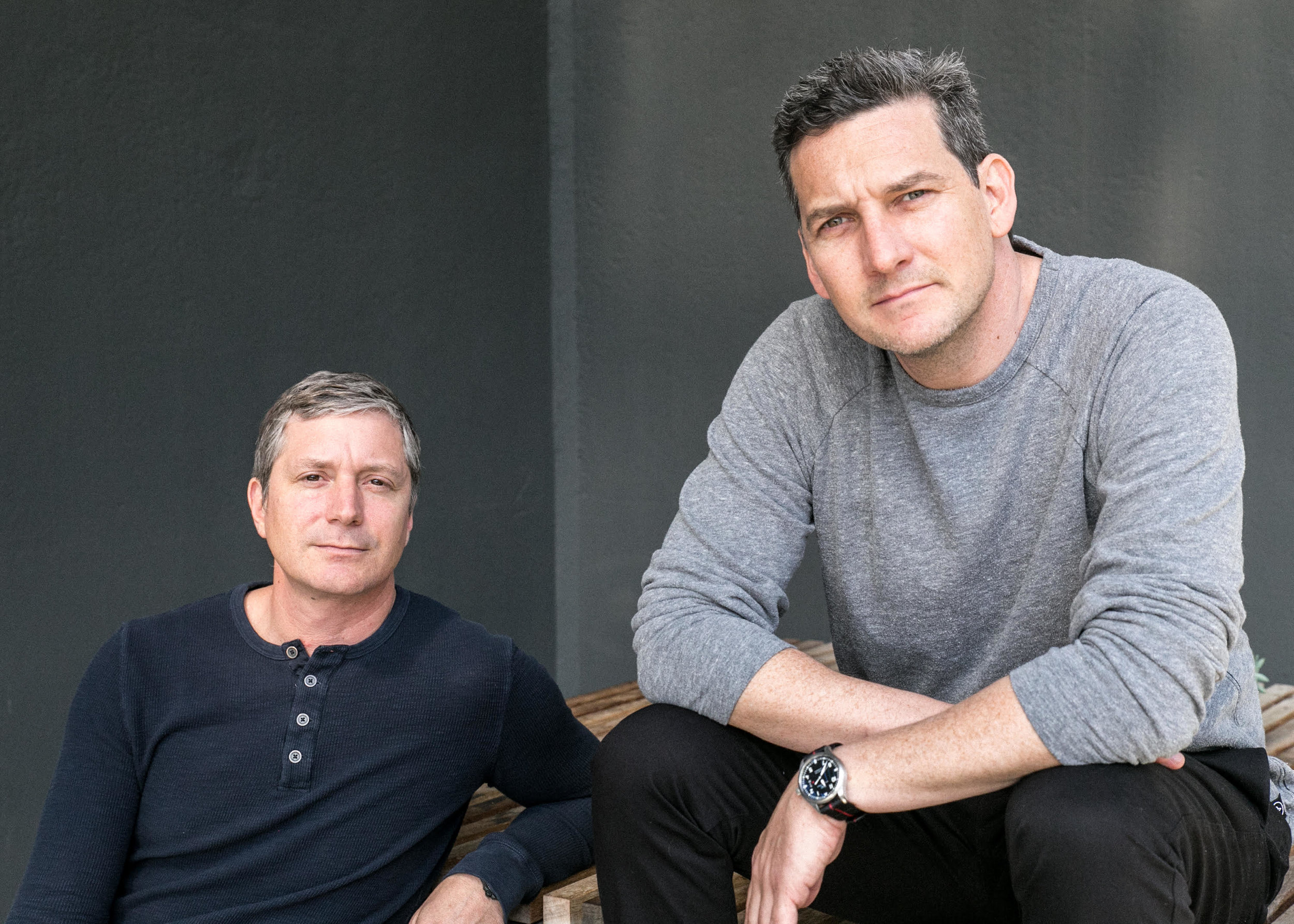
AM What inspired you to embark on this new endeavor of starting your own clothing brand?
JS Palmer and I had been working together in the film industry and had produced ten movies together over a ten-year period. We were growing tired of film and knew we wanted to do something else. Also, we were in our mid-thirties and were re-evaluating our priorities.
PW We liked working together, and we started looking for another business to start. We wanted a business that would interest us, and we set up parameters that fit our creative desires and supported a lifestyle we wanted to live.
JS As “weekend warriors,” we were tired of the clothing options we found available, and the idea of developing a clothing line resonated with us. There was nothing sophisticated enough that we could wear both out of town on the weekend and back at home in the city. We started looking around and we found a void in the marketplace—there was a big distinction between fashion and what you could find at REI.
“We found a void in the marketplace—there was a big distinction between fashion and what you could find at REI.”
PW When Jonah and I made movies, we said we strived to only make movies we would want to see on opening night. We’ve always wanted to be fans of what we do, and we’ve kept the same mantra—we build things that we will use. It helps us stay true to a singular vision. We build what we believe in.
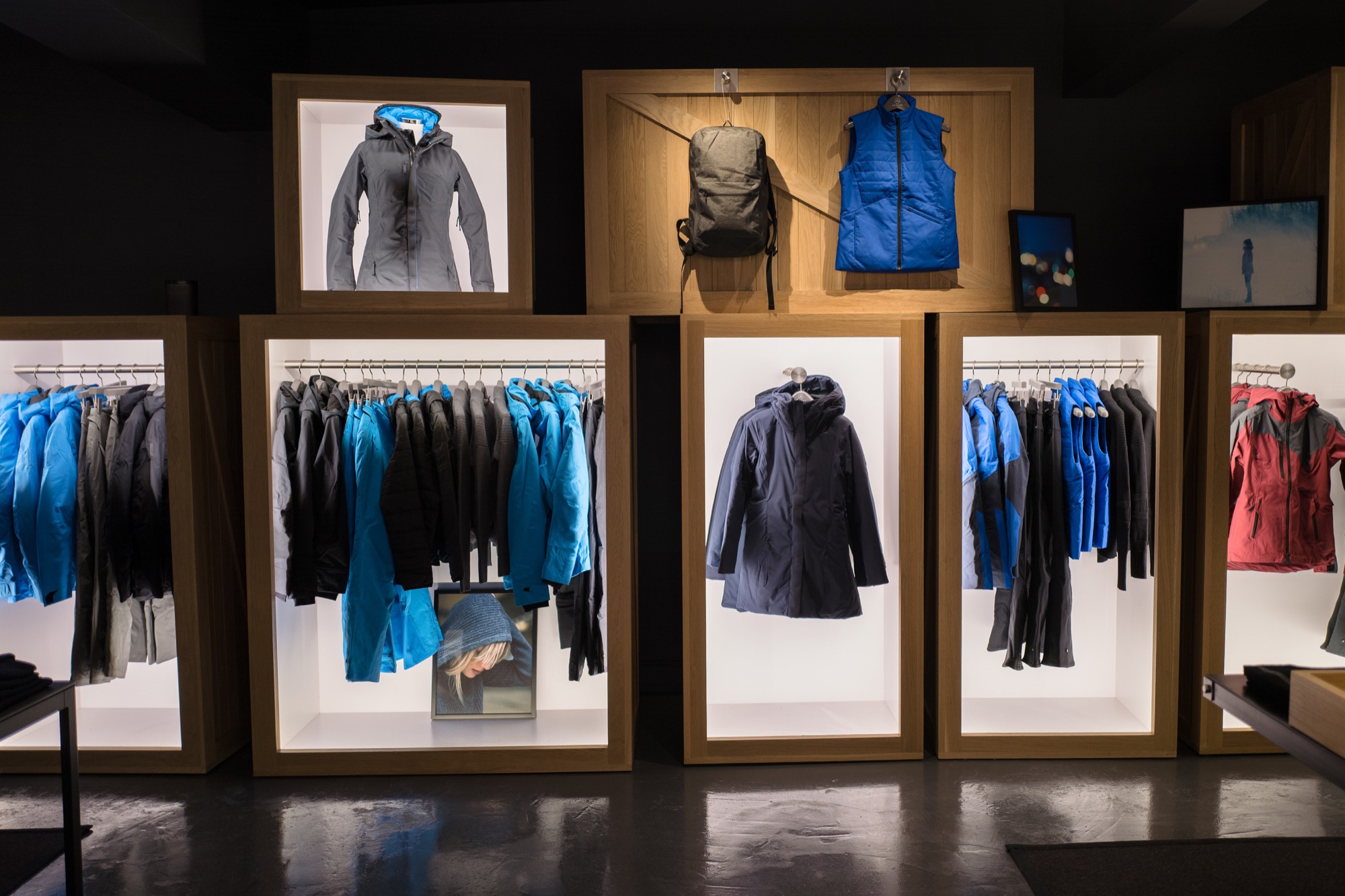
“We’ve always wanted to be fans of what we do. We build things that we will use. It helps us stay true to a singular vision. We build what we believe in.”
AM What’s your idea of a great adventure?
PW We struggle with what most people think of as adventure. For us, adventure and travel also evoke city, not just the backcountry. Adventure in the city can also be awesome.
Adventure is stuck in a box. One destination. Being a citizen of the world requires flexibility. You’re not just one person, nor are we asking you to be one.
AM What’s your vision for the brand?
JS We are building something—an aspirational brand with imagery and travel. We’re not hippy crunchy and we’re not high fashion—we’re in between. Design and functionality is important to us, and we are trying to make a brand that’s authentic and real. We are in the space between those.
“For us, adventure and travel also evoke city, not just the backcountry.”
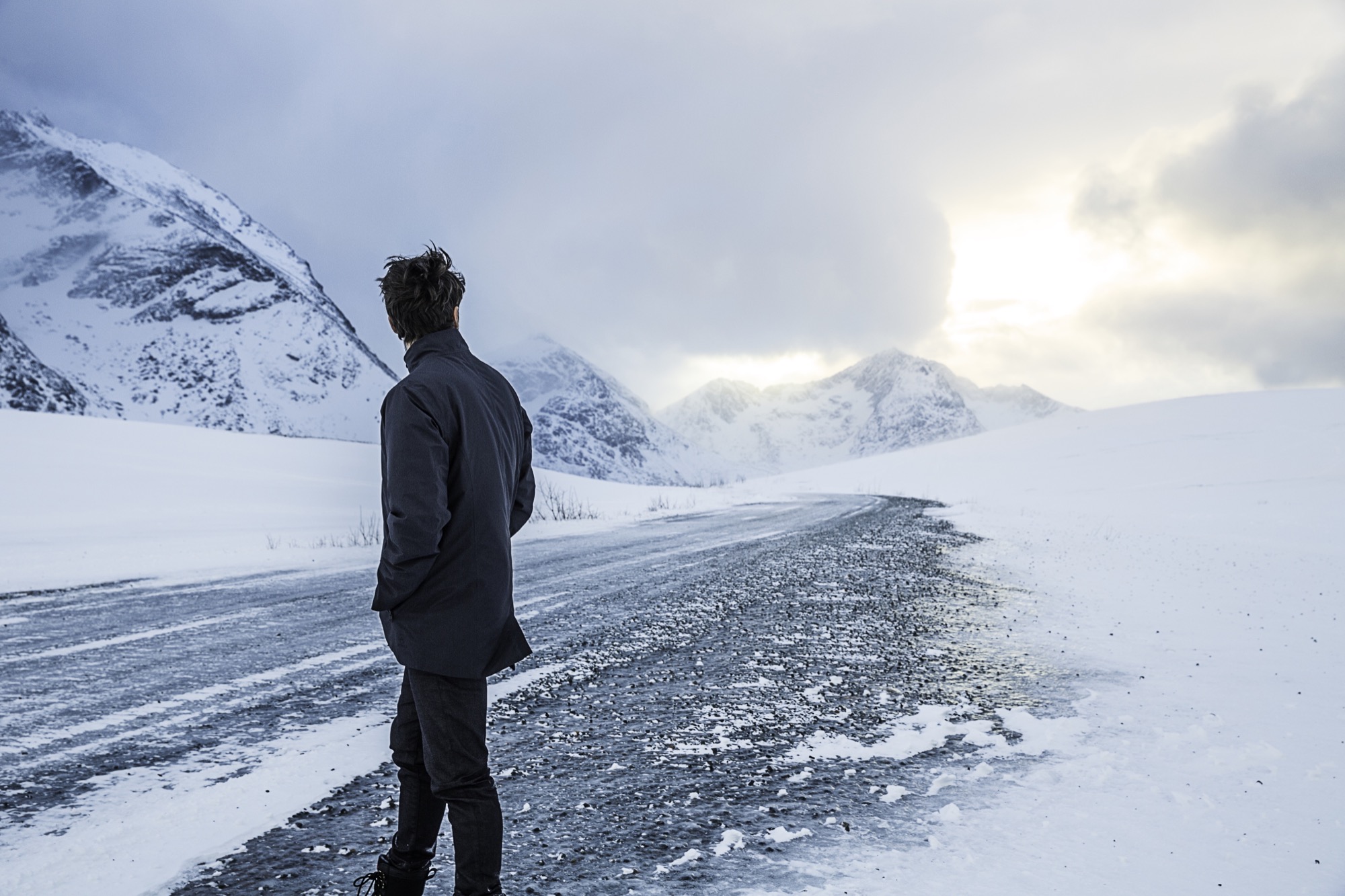
AM Who are you, and for whom do you design?
PW We represent the traveled individual—someone who is young at heart, with an adventurous spirit.
We use imagery to connect with people. We want people to see these images and think, “Where was that?” We want to reach out to people and have them experience the places we love.
AM Talk about your passion for exploration and discovery...
JS We want to go to new places, experience new things, and we support the adventurous spirit in others. We share our stories and images to inspire this spirit of adventure. We often talk to customers who ask for input or suggestions on trips they are planning or tell us we’ve inspired them to visit a location. This is our passion.
PW Functional design inspires us. We make clothing that is built for adventure but still looks good at home. You don’t have to have a separate wardrobe. Clothing can be beautiful but doesn’t reek of utilitarianism. It’s quietly technical.
“Clothing can be beautiful but doesn’t reek of utilitarianism. It’s quietly technical.”
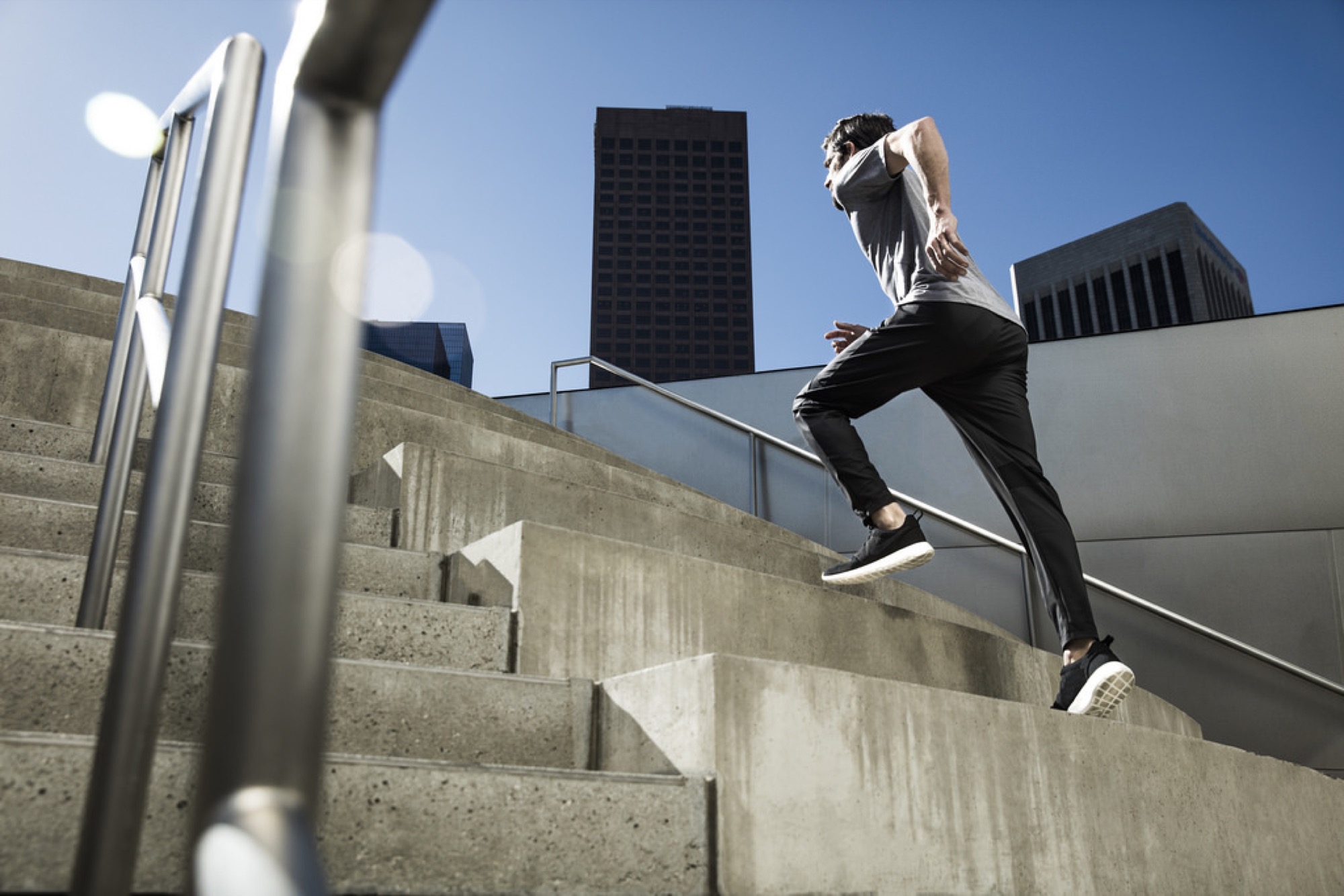
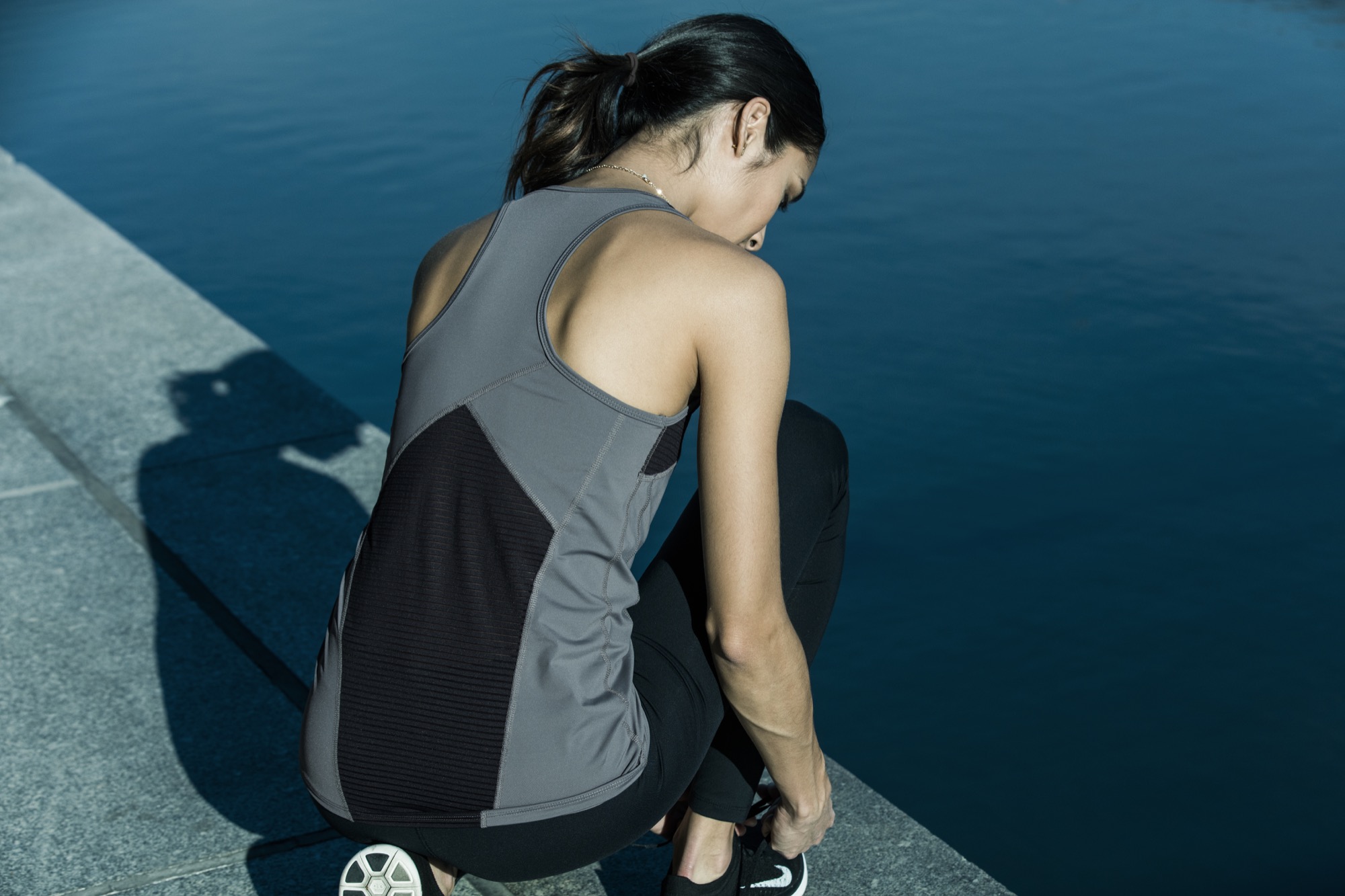
AM How did your background in film prepare you for starting a clothing company?
JS We came into this business being consumers. We came with opinions and with personal needs for our wardrobe.
Being a film producer, you’re the contractor. You hire people, resolve problems and then produce and execute.
“We came into this business being consumers. We came with opinions and with personal needs for our wardrobe.”
PW Producing movies and making clothing is the same thing: There are hundreds of balls in the air. You have to come in on budget and on time. You have to come together and on point. The “production hat” is very similar. You need a clear vision and then deliver it.
“Producing movies and making clothing is the same thing—there are hundreds of balls in the air.”
The film industry is visually driven, and it was easy for us to tell our story. In fact, we want to tell the story... without making us the central character. Our goal is to be true to who we are and speak to this. We tell our story through imagery.
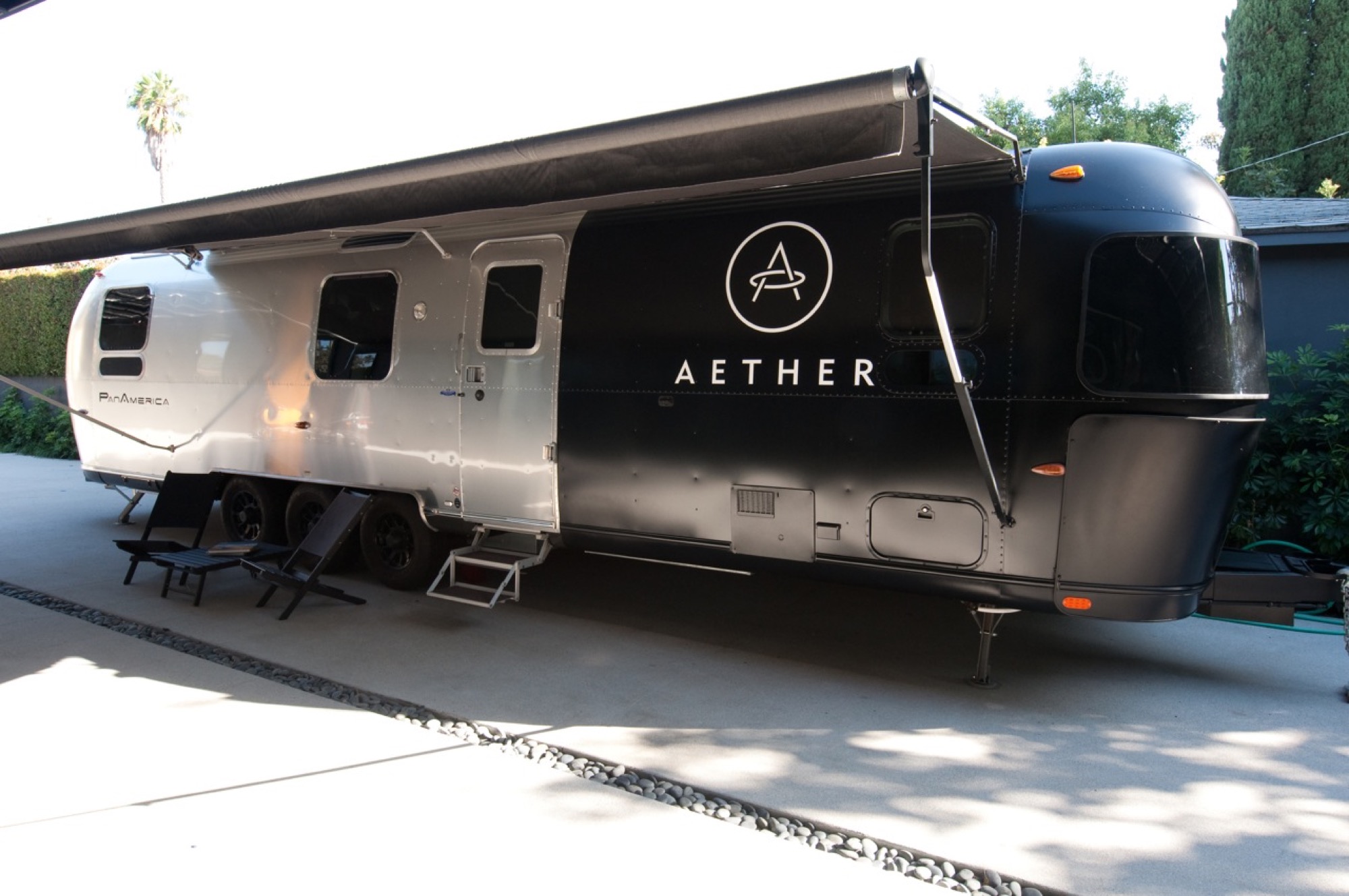
AM What makes a great design partnership? Describe your collaboration. What does each of you bring to the table?
PW We get this question a lot. We’ve worked together for twenty years, and what makes a great partnership is a similar vision and knowing that we are going to the same place.
JS We look at things completely differently, but we compliment each other. There’s a freshness in looking at someone else’s perspective. If you have enough faith and trust in each other’s viewpoint, you can get to the next level.
AM The architecture of the Aether Apparel locations is truly distinctive. What role does the design of your stores play in telling your story?
JS Our film background is two- or three-dimensional, and we wanted to build an interactive environment to display our product. We trusted that if we built our stores in a way that embraces industrial and modern, and if you like our stores, you will like our clothes.
Our San Francisco location is made from three shipping containers stacked on top of one another and has a custom-designed dry cleaner’s conveyor belt running the height of the store to get clothes from storage on the third level.
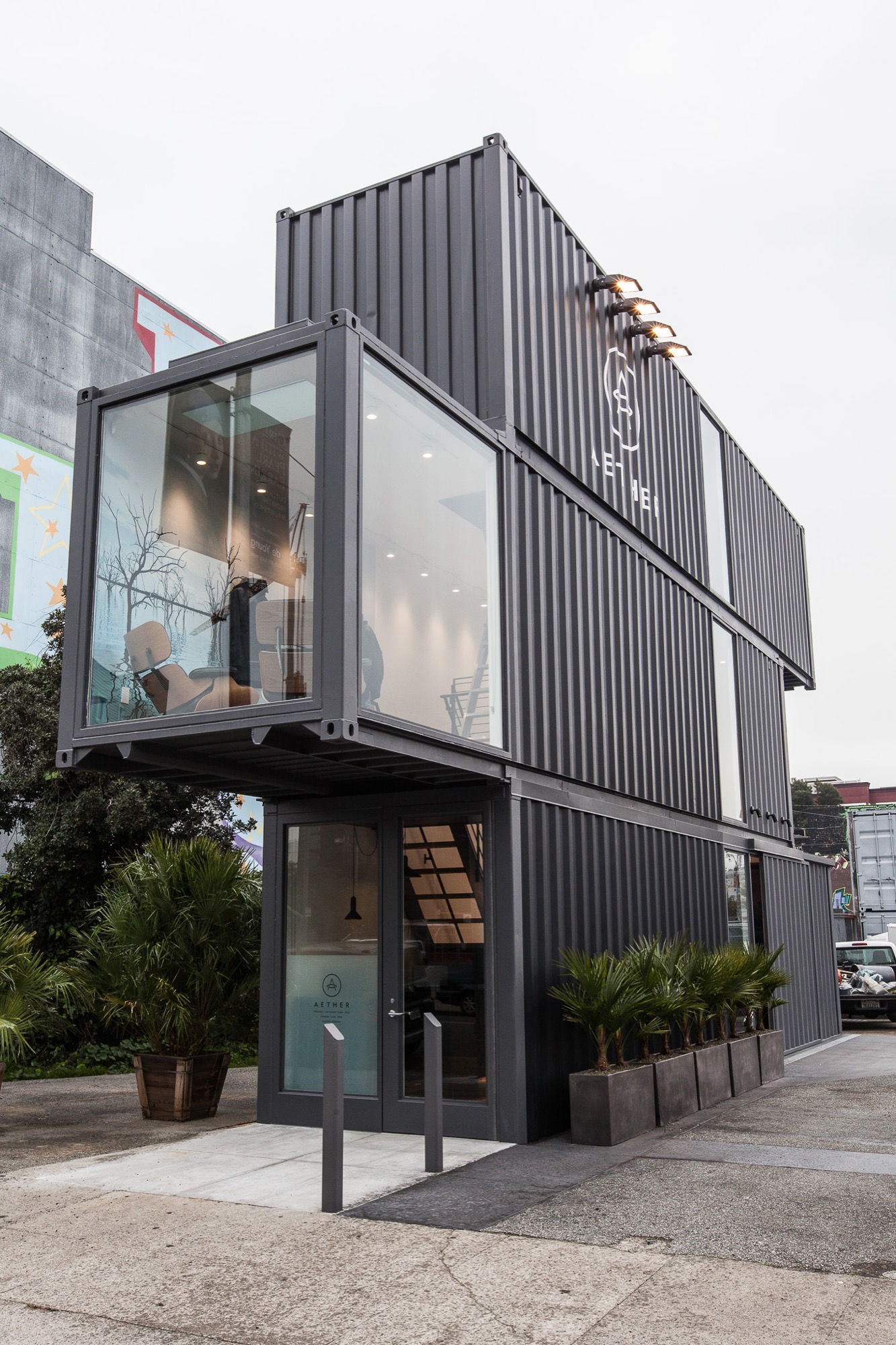
Our other locations—New York, Los Angeles, and Aspen—have elements of the San Francisco location. However, the big component in these stores is large wood containers displaying product lit from within.
PW These large containers are modular boxes that are flexible, fluid spaces. Nothing is built into the brick and mortar of the location.
We were inspired by the idea of a nomadic life, when you would pack all your stuff and move. We like the flexibility to move things around, and besides, it hints at our spirit of adventure.
It’s about curation and presentation. You need to interact with our staff. It’s important that it feels authentic. △
“We were inspired by the idea of a nomadic life, when you would pack all your stuff and move.”
Aether Apparel lookbook Winter 2015/16 & Summer 2016
Photography by Ian Allen
Summer Graze
Can you hear the sound of moo-sic? During summer, the von Trapp family grazes cows and other farm animals on their nordic ski slopes in Vermont for sustainable land management
Decades ago, Maria and Captain Georg von Trapp inspired the musical The Sound of Music. Now settled in northern Vermont, the family’s younger generations practice sustainable land management that ski resorts around the world have been experimenting with for decades: Cows, sheep, goats, and other grazers savor their summer meals on winter-sports land.
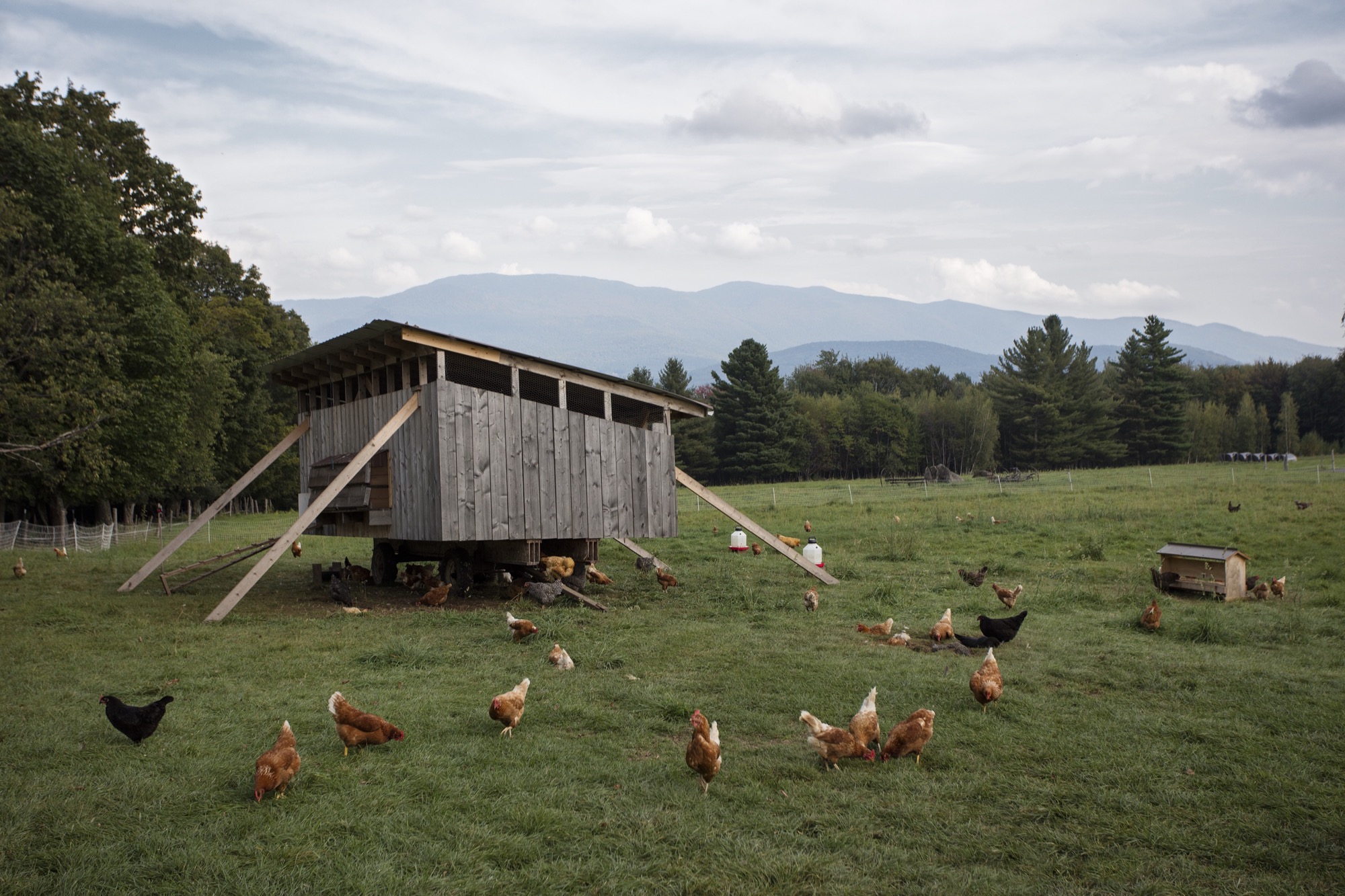
It’s an overcast afternoon at the Trapp Family Lodge in northern Vermont, and out in the Wedding Meadow, 150 chickens are taking in the views of Worcester Range spread out behind the bright-white event tents. Twenty-one sheep are enjoying a snack in front of the Austrian-style villas, half a dozen pigs are patrolling Luce Trail, and over by the practice meadow, sixty-five Scottish Highland cows with shaggy bangs and gentle eyes are trotting for cover as the sky cracks open into a midsummer storm.
Balance of system
Appearances to the contrary, this is not an alpine sequel to Animal Farm in which barnyard creatures seize the ski industry. Rather, the scene depicts new developments in an approach to sustainable land management that ski resorts around the world have been experimenting with for decades. The idea is to combine agriculture and recreation in a way that benefits farmers, resort operators, and tourists alike. When animals graze on ski slopes, fewer resources go into mowing, summer visitors get a brush with rustic mountain life, and cows, sheep, and other animals get access to the alpine plants that produce some of the tastiest cheese and meat imaginable.
“They benefit, we benefit,” says Patrick Bliss, the tanned and goateed Vermont native who has served as property manager at the Trapp Family Lodge for seven years and head turkey-herder, pig procurer, and chicken caretaker for two.
“They benefit, we benefit.”
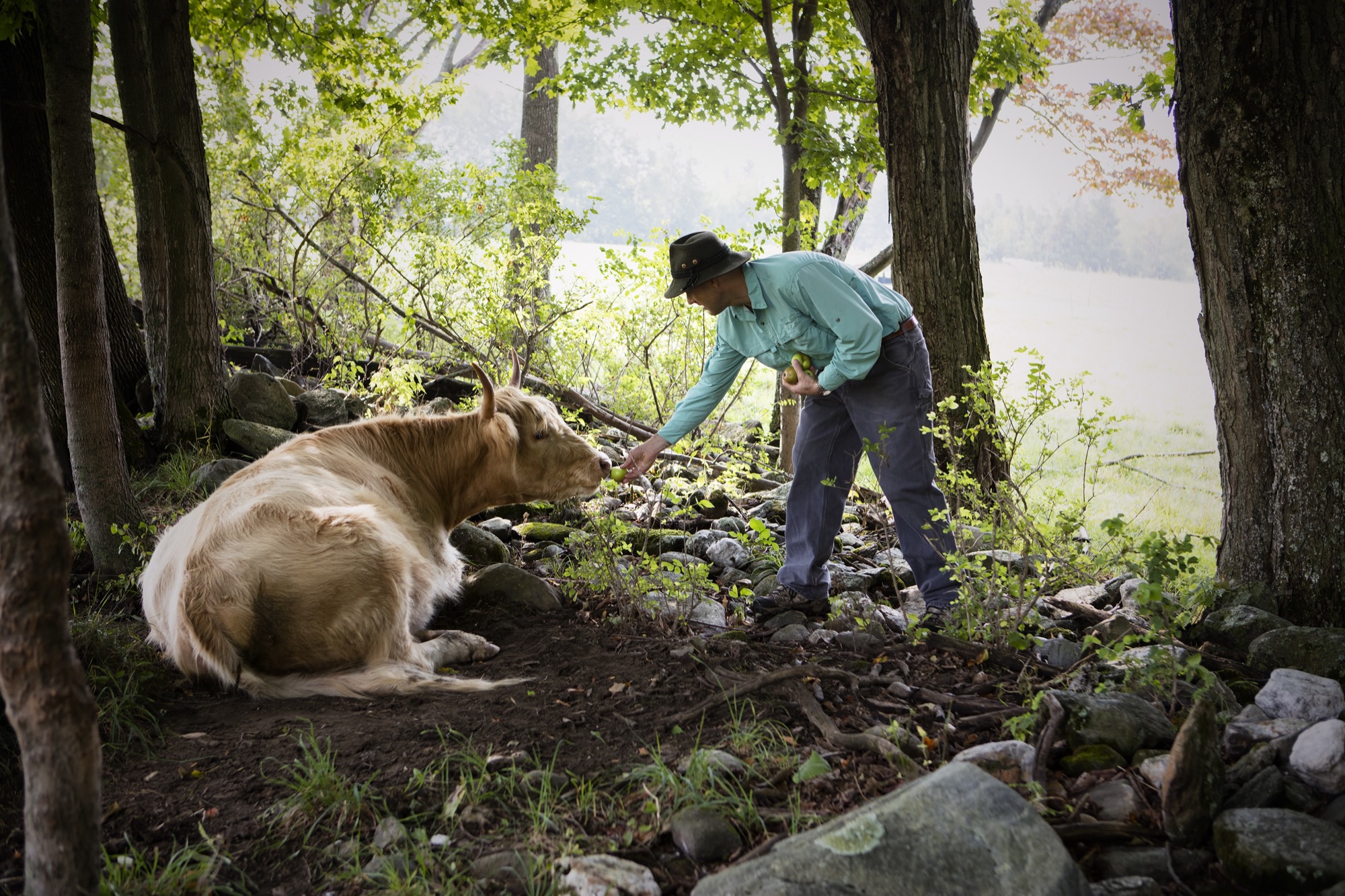
The Sound of music—where are they now?
The 2,500-acre (ca. 1,012-hectare) resort he tends is drawing attention for its innovative use of animals, but it also happens to be one of the most storied ski lodges in North America. Johannes von Trapp, who today runs the resort with his son Sam, daughter Kristina, and son-in-law Walter Frame, is the son of Maria and Captain Georg von Trapp, the real-life couple who inspired The Sound of Music. Most musical fans know that the family of singers fled Europe to escape Nazi persecution in the 1930s; fewer realize they made their new home on a verdant mountainside in Stowe, Vermont, and later opened an Austrian-style ski resort there.
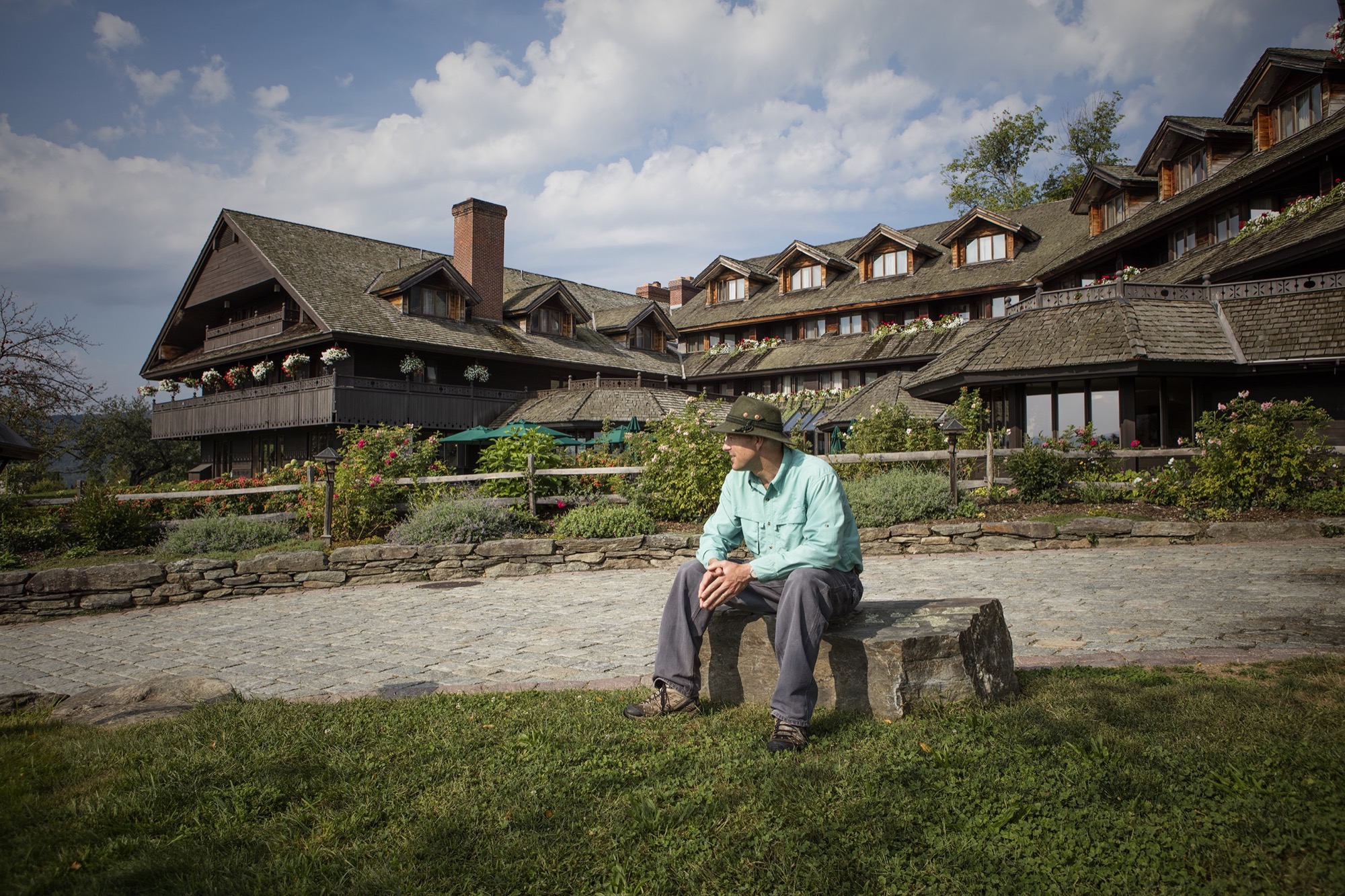
For years, Johannes kept cattle on the land as a hobby, but in 2013 the family took a cue from their state’s thriving farm-to-table movement and decided to experiment with pigs, chickens, turkeys, and sheep as well. Today, meat and eggs from the grass-fed animals go into bratwurst, sauerbraten, and other special dishes served in the dining room, much to the delight of guests. The family hopes to expand its herds in coming years, Bliss says.
Long-standing practice in the European Alps
Though the project has few parallels in the U.S., it would hardly raise an eyebrow in the European Alps where the von Trapp family once lived.
“Most of the ski areas in Europe were predated by other uses of the forest, in many cases farming,” says Michael Berry, president of the National Ski Areas Association, which represents 350 U.S. ski area owners and operators.
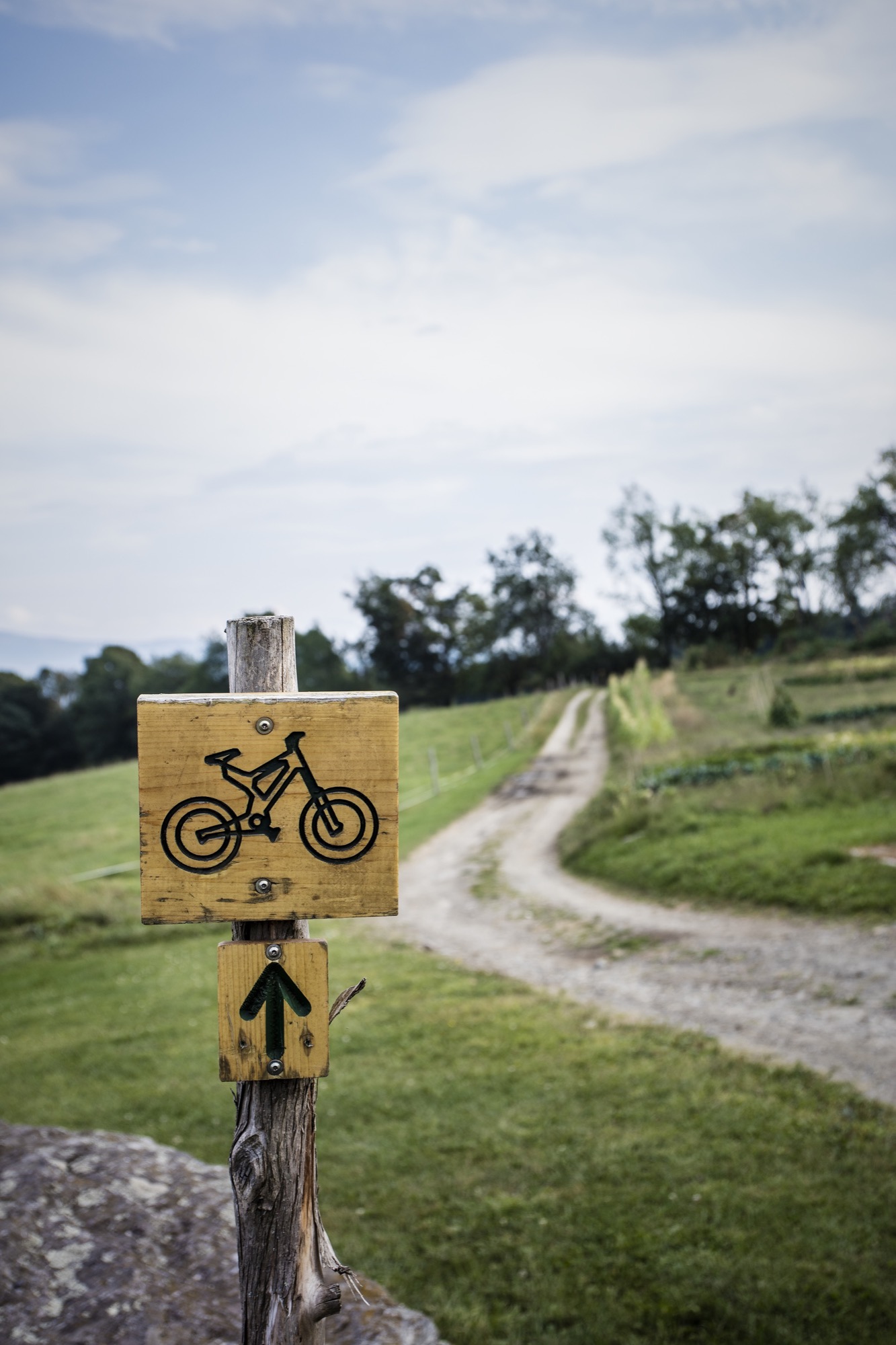
Mountain farmers raised small herds of dairy cows or goats (think Heidi) and transformed their milk into alpine cheeses like Gruyère and fontina. As skiing became increasingly popular throughout the twentieth century, however, resorts displaced some of these farms and damaged the fragile mountain ecosystems surrounding them. Road and slope construction caused erosion, artificial snow froze spring growth, and development brought its usual cascade of concrete and cars to quiet mountain villages.
But in other cases, farmers worked out a fruitful coexistence with their new neighbors. They leased pastures to ski operators in winter, or even became part owners of resorts themselves. The income from these arrangements gave them a way to maintain their traditional farms. “It’s a fascinating balance of two realities,” says Berry.
“It’s a fascinating balance of two realities.”
One place where this model thrives is the Swiss ski resort of Gstaad. The tony alpine village is home to dozens of celebrities (including Julie Andrews, of The Sound of Music fame), but also to 7,000 Simmentaler cows, who saunter past the designer boutiques each summer with bells on their necks and crowns of flowers on their heads, bound for ski slope pastures. Farmers boil their milk in copper kettles to make Berner Hobelkäse, a hard slicing cheese.
Importing an idea
The balance between agriculture and alpine recreation has proven trickier in North America, with its very different history and ecology. “Not to say their interests are mutually exclusive, but although the ski areas create pastureland, generally the compatibility of the two activities is not seen as beneficial,” says Berry.
One problem is that permits for grazing typically do not overlap with permits for ski use, especially in western states where resorts often operate on Forest Service land. The two types of permits come with different rules for water quality, erosion, and other environmental impacts. The recent boom in summer recreation at ski resorts (the result of new legislation allowing more off-season use) poses another challenge.
Whether the reason lies in these obstacles, or simply in the added complications that animals entail, grazing hasn’t taken hold in a big way on slopes outside of Europe. Big Rock Ski Area in Maine, Killington Resort in Vermont, and The Canyons, in Utah, all launched and then discontinued programs. In Japan, Australian snowboard-photographer-turned-farmer Rob Alexander grazed goats on a ski slope in Nagano, attracting copious media attention, but shut down the business in 2014.
One program that hasn’t fizzled out is at Vancouver’s Sun Peaks Ski Resort, which since its founding in 1962 has shared 4,000 alpine acres with local ranchers. Today 400 beef cattle graze all the alpine bowls up to the summit, says slopes manager Seth Worthen. Keeping them out of the village requires six miles of electric fencing, but Worthen says the effort of installing it each year is worthwhile. “It keeps the grass mowed down and the brush from encroaching onto the ski runs,” he says. That cuts diesel and gas use by about a quarter.
Bliss hopes to soon reap similar savings on the Trapp Family Lodge’s backcountry slopes. So far, the animals have stayed on the lower-elevation cross-country courses, but two years ago his team cleared twenty acres of steep forested land for more adventurous skiers. Keeping them sapling-free requires “hand-to-hand combat” by a team of five chain-saw-wielding men, Bliss says, since the tree stumps rule out tractor use. Sheep, on the other hand, “will pick a stump clean.”
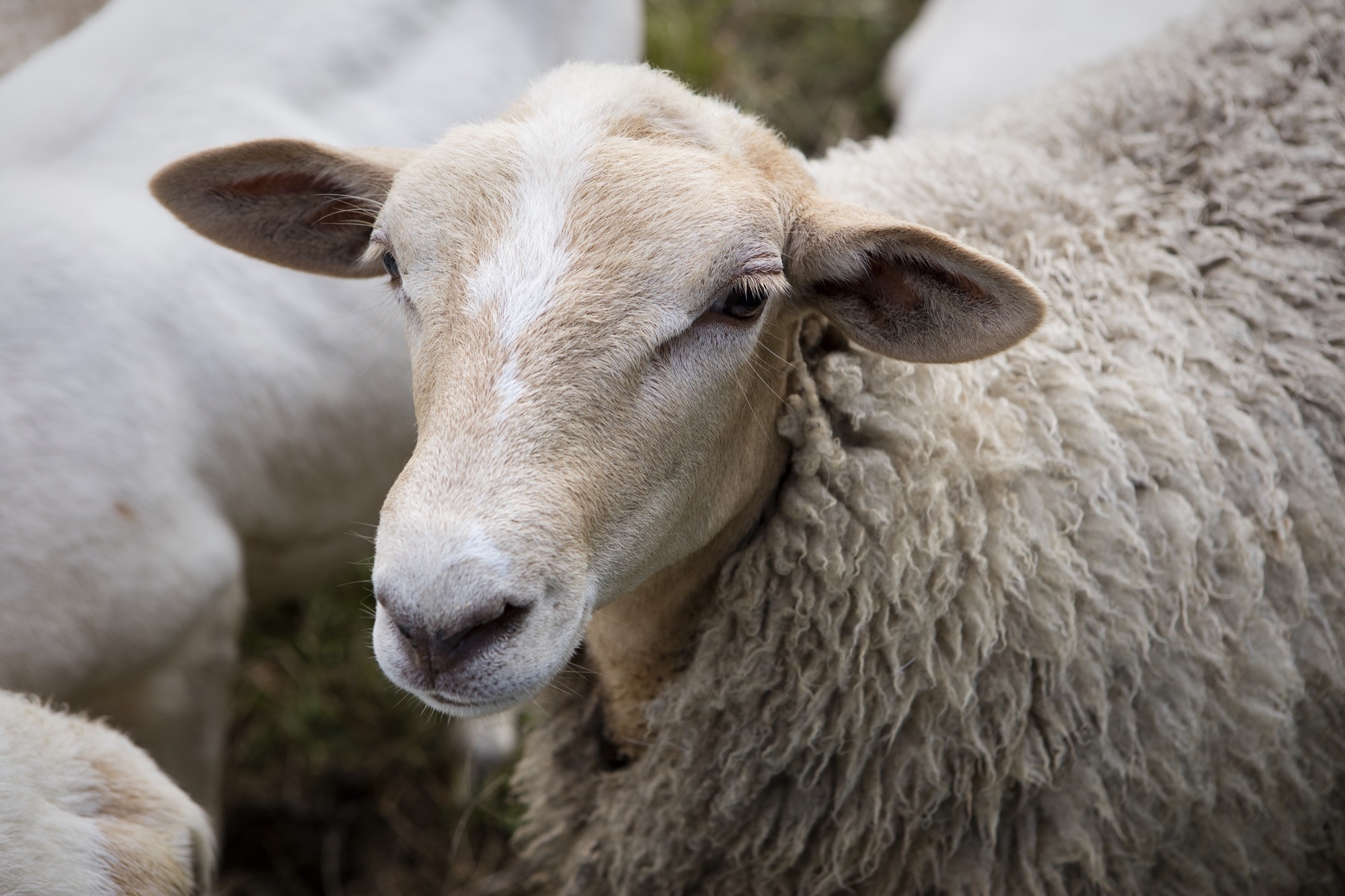
To that end, Sam von Trapp is raising a flock of Katahdin sheep that he hopes to move onto the land next year. Originally bred to clear brush under power lines, the sheep are famously un-picky eaters, turn foliage into protein with great efficiency, and require little care aside from guarding against predators.
The project promises to add yet another layer to an already complex system. For Bliss, managing that system has been challenging but hugely rewarding. “It’s not just about farm-to-table, but how to fit it into the resort setting, which is tricky,” he says. “We’re under a microscope, but at the end of the day, that’s the best for the animals.” If the system proves equally beneficial for the owners of those animals, other ski area operators in the United States just may start to take notice. △
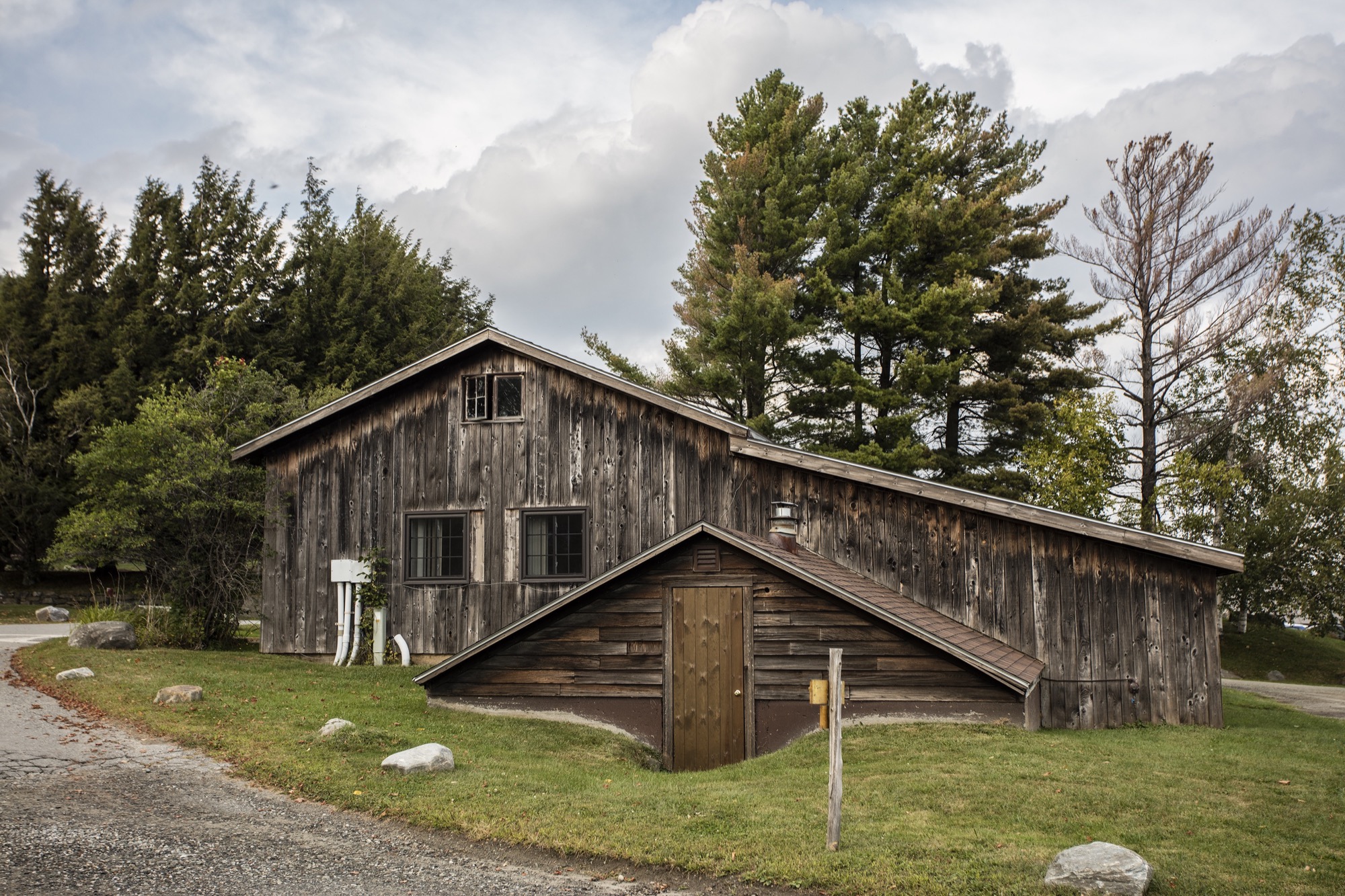
Sleep Responsibly: Feldmilla Design Hotel
The hotel in South Tyrol runs on clean energy from its own hydro-power plant
Campo Tures / Valle Aurina / South Tyrol / Italy The family-run Feldmilla Design Hotel is the first climate-neutral hotel in South Tyrol. The thirty-five light-flooded rooms, suites, and apartments offer panoramic views of the Dolomite mountains and the local castle. The hotel has a spa area, beauty farm, and restaurant. A wooden bridge connects the Feldmilla to the close-by village center.
“Design and sustainability are the two pillars of our philosophy,” says owner Ruth Leimegger. “Clean electricity from our own hydro-power plant and purchasing local, organic products allow us to keep carbon emissions very low.” Moreover, the Leimeggers compensate for unavoidable emissions by investing in an environmental project in Guatemala.
Behold
Through eyes and lens: A travel photographer hikes the Banaue Rice Terraces
To photographer Chimera Rene Singer, seeing the world from a mountaintop is a lot like studying an image—geometric shapes shift, nature becomes imaginary, real objects turn into mythical whatsits. When we look at an image, the image is not the subject it depicts, just as surrealist artist Rene Magritte’s “pipe” is not a pipe. What we see creates an entirely new sensation. Examining an image can be like tracing dragons and ships in the clouds. The experience of climbing a mountain can be like studying a picture. From up there, we read the world as visual poetry created by the lines and shapes of unidentified objects. Our focus is redirected. As we face significant altitude, we also rediscover our acquaintance with the earth and air that feeds us. The heightened perspective awakens a grounding humbleness we rarely feel elsewhere.
"The experience of climbing a mountain can be like studying a picture."
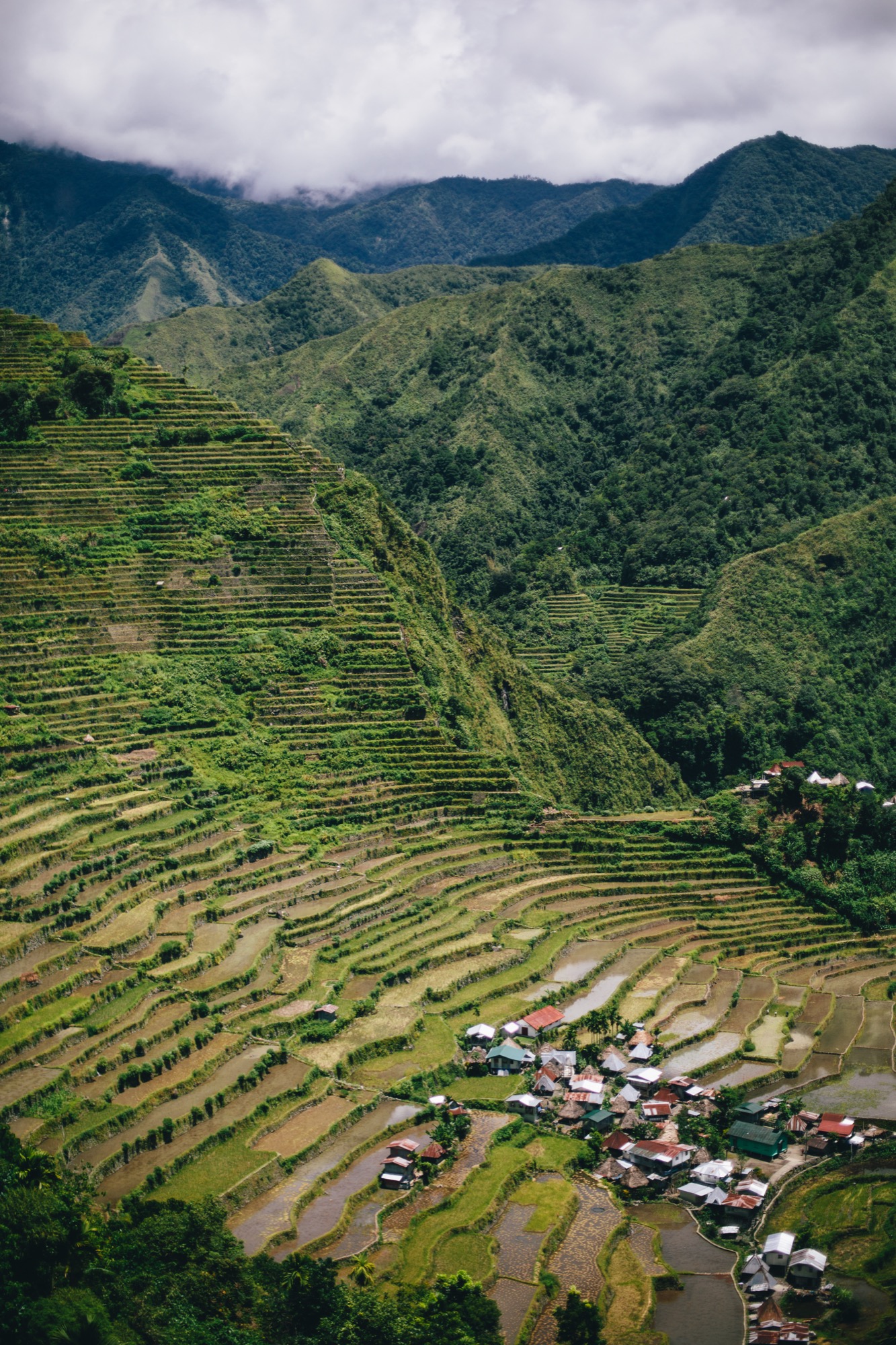
A few months ago, I visited the Banaue Rice Terraces in the Philippines with a group of other photographers. Rain clouds hugged the mountains as sweat clung to our faces. We lingered to snap images and paused to gaze toward the miles of green, before our guide ushered us on until we reached Tappiya Falls.
“From up there, we read the world as visual poetry created by the lines and shapes of unidentified objects. Our focus is redirected.”
The mountains that stretched before us were make-believe. We were in a children’s adventure story. We were like birds, looking down at our prey, watching our young, and searching for food. The mountains, the gleaners, and the specks of rooftops were splashes of yellow, green, and red. The land became geometry and color. Rocks transformed into fascinating objects as we saw them in the grander scheme of a mountainside, and distant gleaners became silent mobile shapes that we observed without hindrance.
“The mountains that stretched before us were make-believe. We were in a children’s adventure story.”
Though the mountains visually distanced our perceptions, our intimacy with the world deepened. We grew aware of the land and air as living presences. The sun snatched away the water from our damp clothes. From a distance, the gleaners’ smiles and henley t-shirts looked the same as the ones we wore. The patterns within a single leaf and the layers composing a hillside melded together in tangible green. The intricacy of the details within the magnitude of the mountains held significance. Our bodies were a part of the Banaue Rice Terraces, just as the Banaue Rice Terraces are part of the Philippines, just as the Philippines are part of the same Earth as our home, thousands of miles away.
Susan Sontag noted, “In teaching us a new visual code, photographs alter and enlarge our notions of what is worth looking at and what we have the right to observe.” As with photographs, mountains shift our assumed perspectives by giving us an aerial view of the world. We look upon the world with new eyes; eyes that observe what we commonly miss. Our souls are fed by its magnitude and our part in it. △
“In teaching us a new visual code, photographs alter and enlarge our notions of what is worth looking at and what we have the right to observe.”
They Call It Happiness: Hotel Wiesergut
A serene Austrian retreat set against ski slopes and hiking trails
Saalbach Hinterglemm / Salzburger Land / Austria Owners Martina and Josef Kröll traveled the world in search of inspirations for their Wiesergut Design Hotel and returned to create space for their vision. “We wanted to give our hotel a modern identity and, at the same time, honor the values and traditions of a family business,” they say.
Designing the twenty-four luxury suites, the Krölls relied on tried and trusted authentic materials such as natural stone, oak wood, and cast iron, combined with elements of nature and a calming color scheme of earth tones.
The Wiesergut is situated directly on the ski slopes (valley station Zwölferkogelbahn) of one of the best ski resorts in the Austrian Alps.
Head for Heights: Monte Rosa Hut
Where modern mountaineers stay happy in the Swiss Alps
Zermatt / Canton of Valais / Switzerland At an exposed 9,459 feet (2,883 m) above sea level, the Monte Rosa hut is indeed as remote and high up as it looks. Advanced mountaineering gear and skills are necessary to reach it. The strenuous four-hour trek up involves a 1,640-foot (500 m) gain in altitude, traversing a glacier, and conquering a 98-foot (ca. 30-meter) rock wall. However, hikers will be rewarded with a spectacular, untouched alpine landscape and an unforgettable view of the majestic Matterhorn.

“The Monte Rosa hut is not a hotel,” stresses Peter Planche from the Swiss Alpine Club. Rather than individual rooms, the high-alpine, 120-bed hut has group rooms, each with three to eight bunk beds. The Monte Rosa hut is a popular refuge among heli-skiers on their way down the Monte Rosa massif.
Stunning in its minimalism, the Monte Rosa Hut represents a milestone in off-the-grid, high-alpine modern architecture. △
Stay Different: Whitepod Eco-Luxury Hotel
Go glamping in a geodesic-shaped tent in Switzerland
Les Gaieties / Canton of Valais / Switzerland The 430-square-foot (40-sq-m) pods at the Whitepod Hotel are equally eco-conscious and comfortable. At the foot of the Dents-du-Midi mountain range, a camp of fifteen large geodesic-shaped tents surrounds The Pod-House, which contains the breakfast room, a relaxation area, the bar, and the meeting rooms.
The individual spherical structures are composed of a network of triangles that create a self-bracing framework (you can figure out the architecture in detail as you lay in bed). Each cozy pod is uniquely decorated with local antiques and artifacts. The light-filled pods of various configurations each include a king-size bed, full bathroom, wood-burning stove, and even a terrace to sit outside and take in the breathtaking alpine views.
Sleep Elevated
7 alpine-modern places to stay in the Alps
From a remote minimalist hut to a decadent chalet fit for the royals, modern design lovers stay happy in these hotels and vacation rentals at — and high above — stunning mountain resorts in Switzerland, Austria, Italy and France.
Monte Rosa Hut / Switzerland
Modern mountaineers bunk at the 120-bed Monte Rosa Hut with grand views of the Matterhorn. More »

Wiesergut Design Hotel / Austria
Set against a bucolic backdrop of ski slopes and hiking trails, luxurious suites, a splendid spa and exquisite cuisine make Wiesergut a rare alpine retreat. More »

Whitepod Eco-Luxury Hotel / Switzerland
Sleep in a geodesic-shaped tent at the Whitepod Hotel for an entirely different vacation experience without sparing the comfort of a king-size bed and a full bathroom. More »


-
Feldmilla Design Hotel / Italy
The Feldmilla Design Hotel in South Tyrol offers panoramic views of the Dolomite mountains and uses clean energy from its own hydro-power plant. More »

Chalet Les Gentianes / France
Part of a quiet residence in the world's largest linked ski area of Les Trois Vallées, chalet Les Gentians has a swimming pool, Jacuzzi, massage room, and gym. More »


Kristallhütte / Austria
Hotel and hipster après-ski hangout of the moment, the Kristallhütte sits slope-side in the ski area of Hochzillertal Kaltenbach. More »
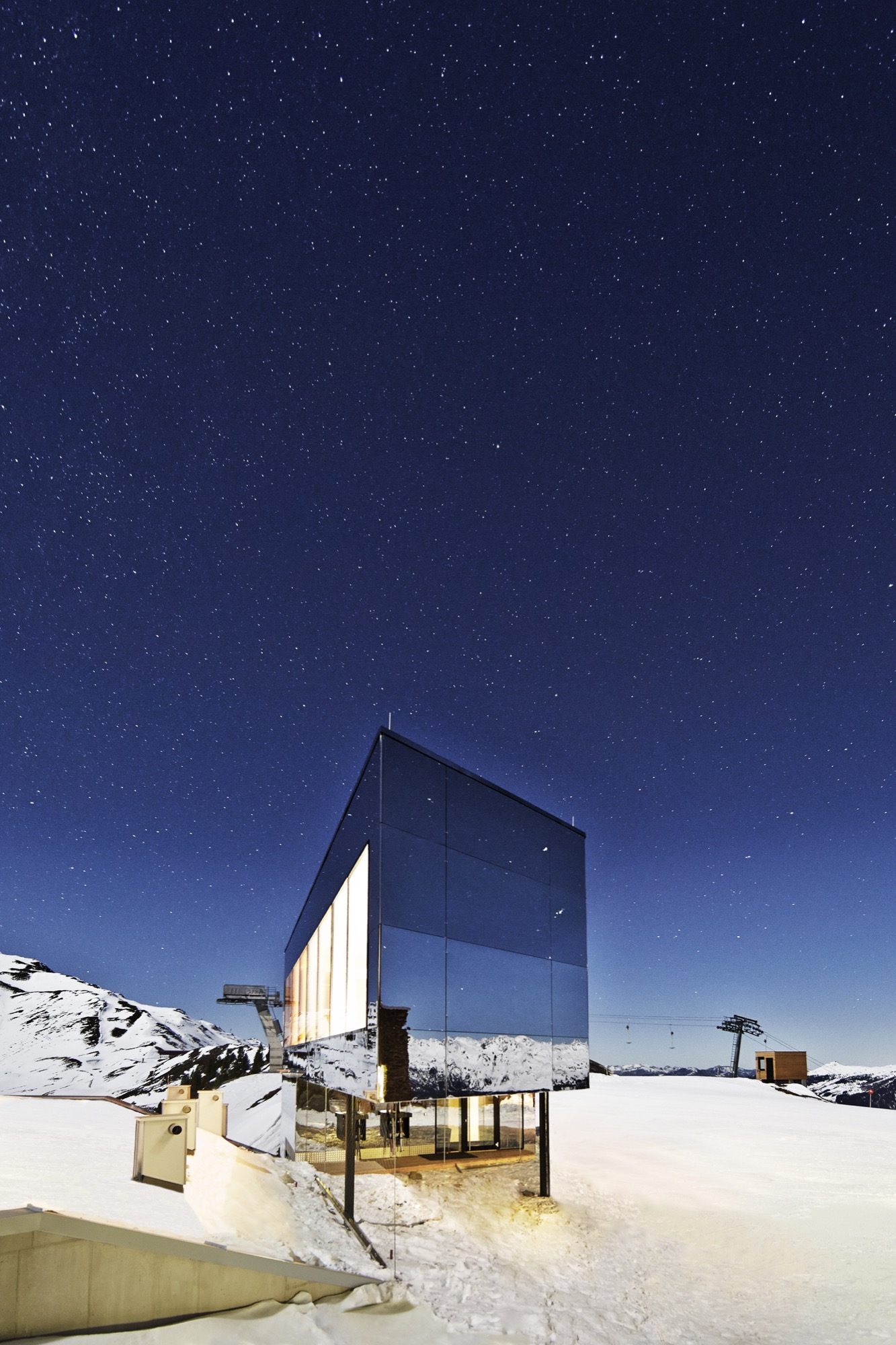

Chalet Zermatt Peak / Switzerland
Indulging in little extras, such as a personal chef and serving staff, the rich and the royals have stayed at Chalet Zermatt Peak in pure luxury, with grandiose views of the Matterhorn. More »




